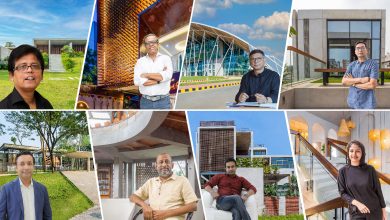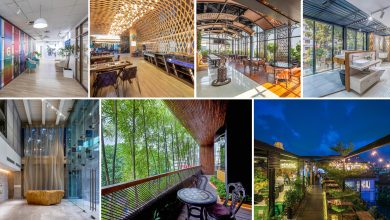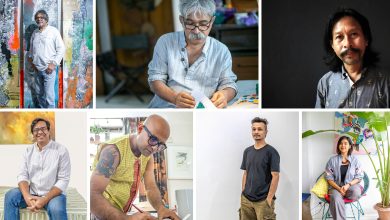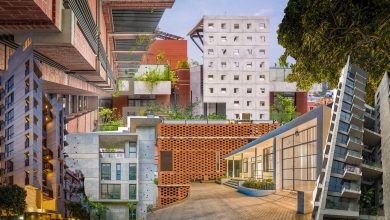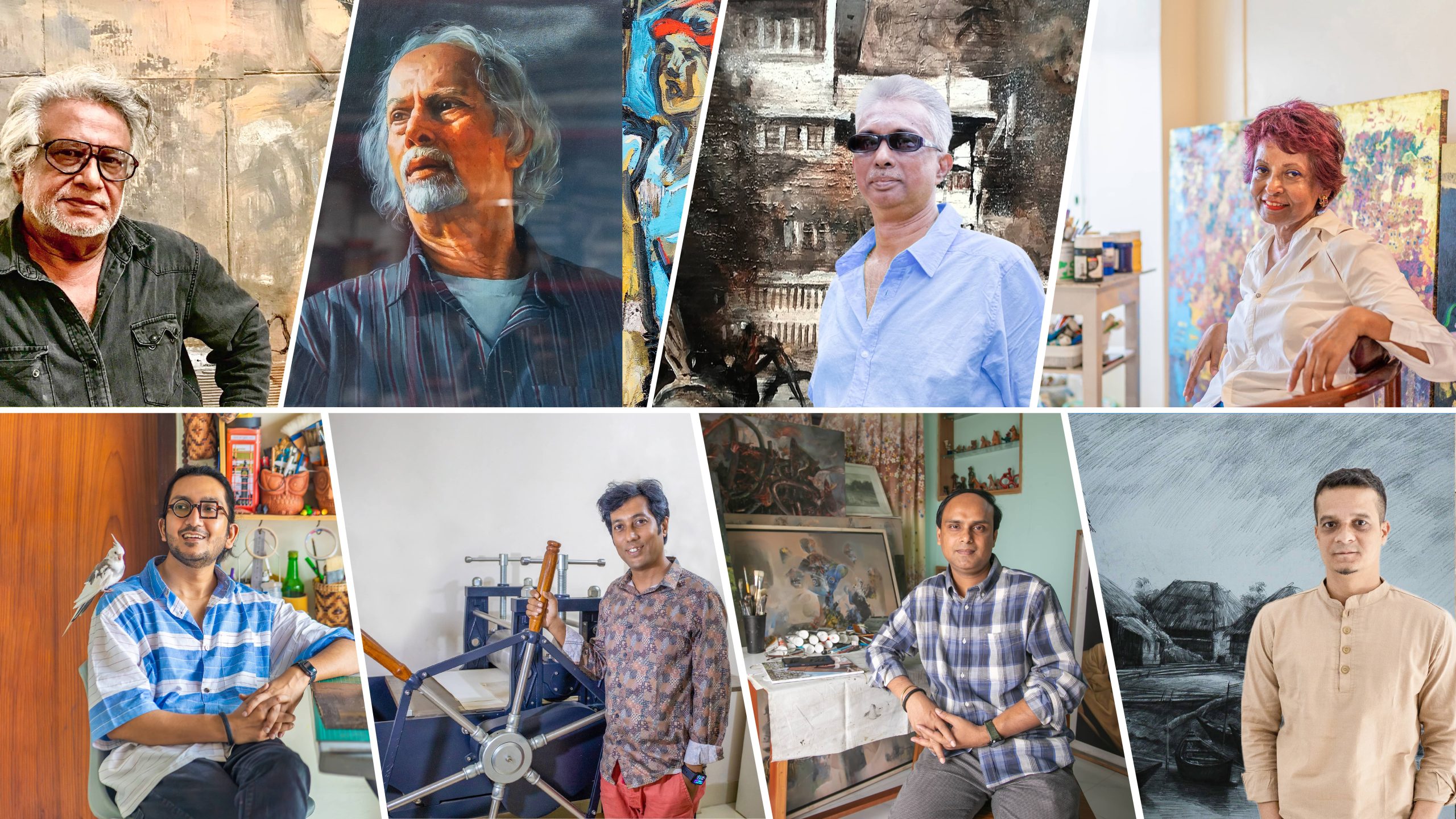
- Brush Beyond Boundaries
In the realm of art, there exist certain luminaries whose creative brilliance transcends geographical boundaries, leaving an indelible mark on the canvas of human history. Among these titans of artistic expression stands Monirul Islam, a Bangladeshi-Spanish virtuoso whose remarkable journey through the realms of creativity has earned him acclaim and admiration across continents. Born on August 17, 1943, in Chandpur, Bengal Presidency of British India (now Bangladesh), Monirul Islam’s artistic odyssey began amidst the rich cultural tapestry of his homeland.
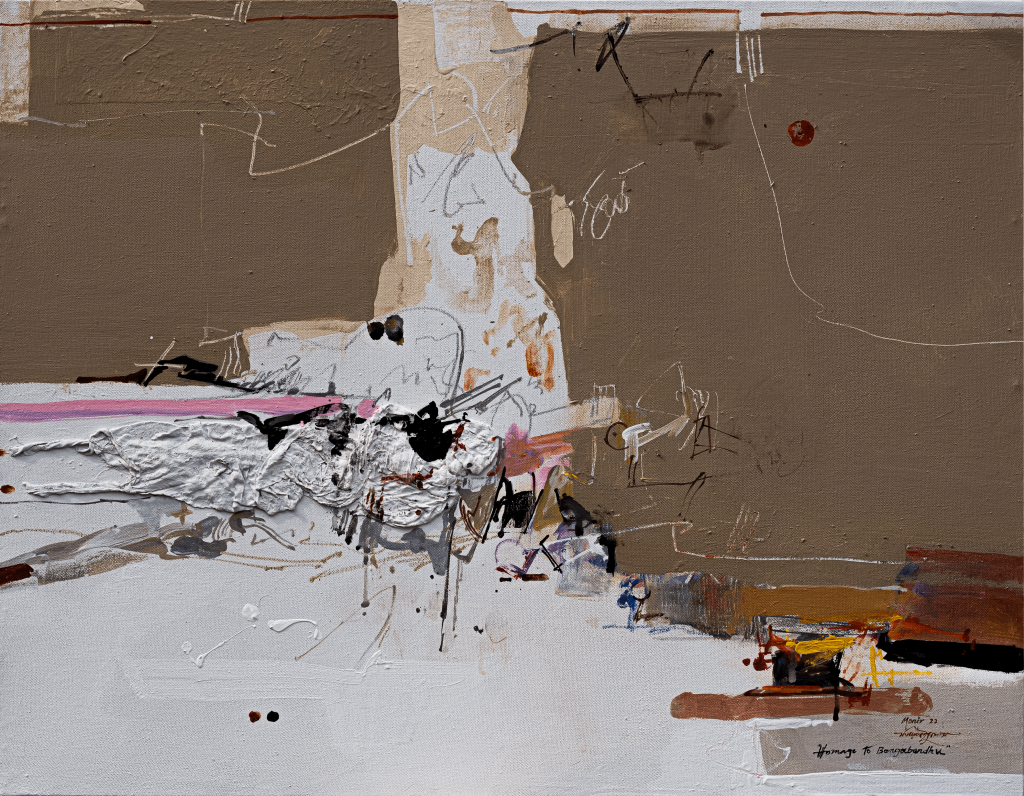
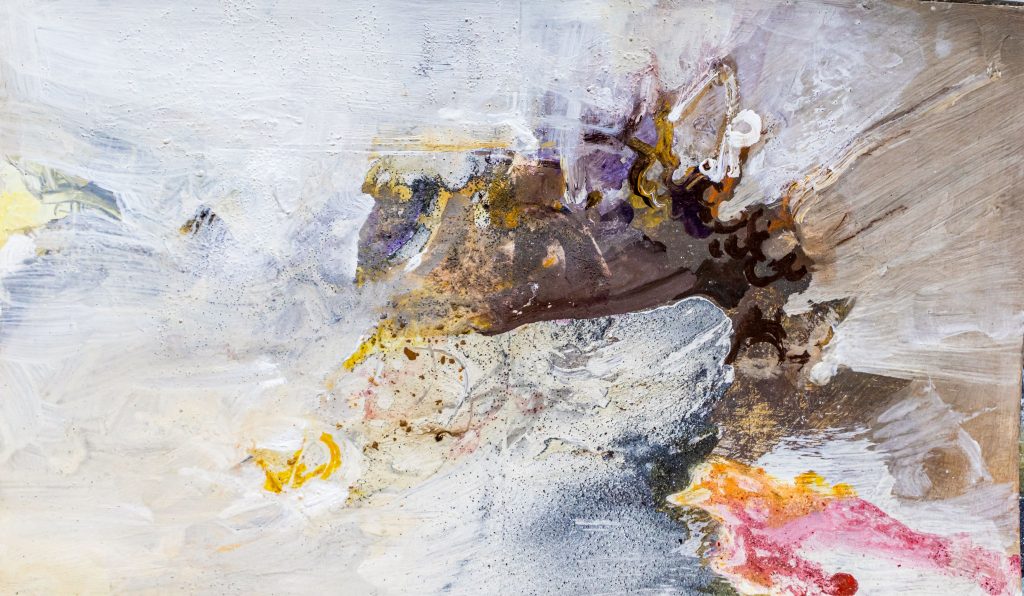
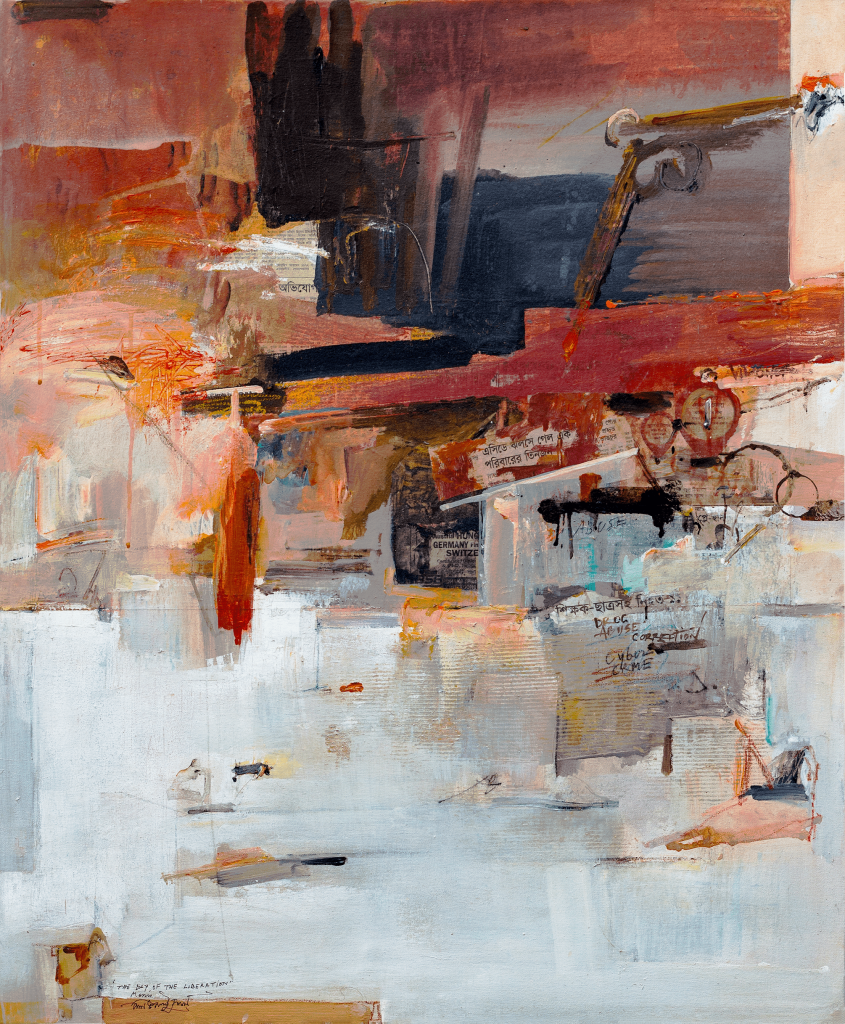
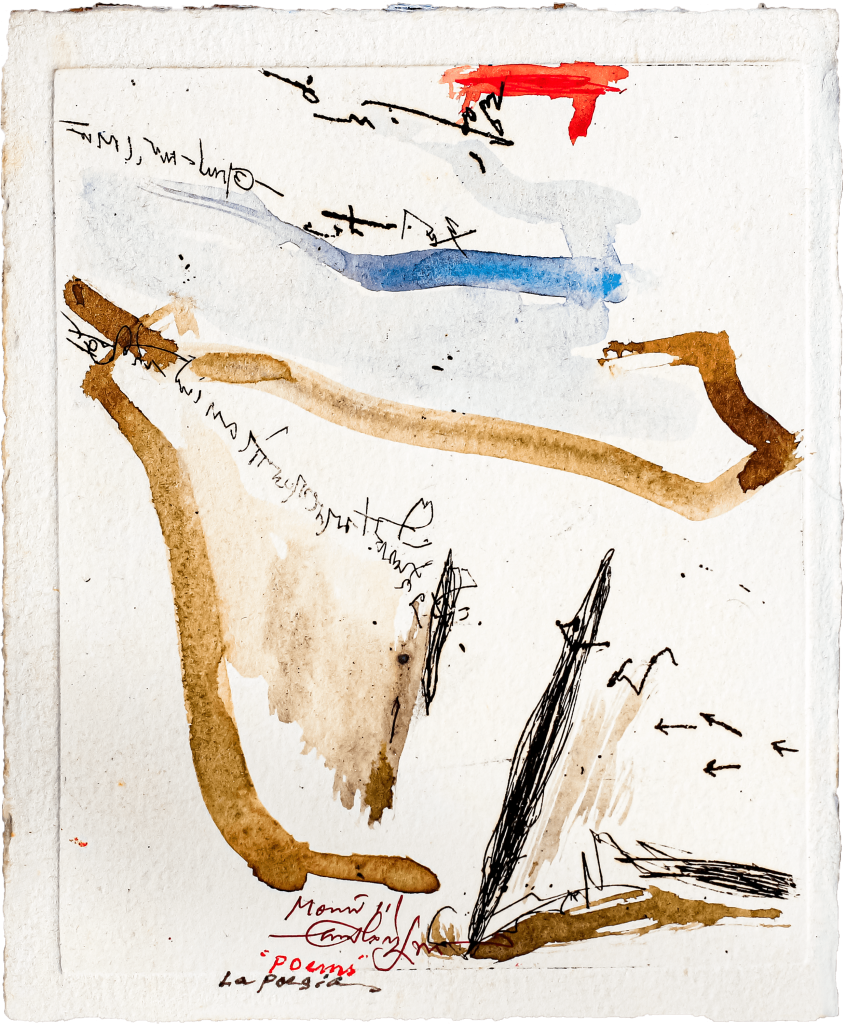
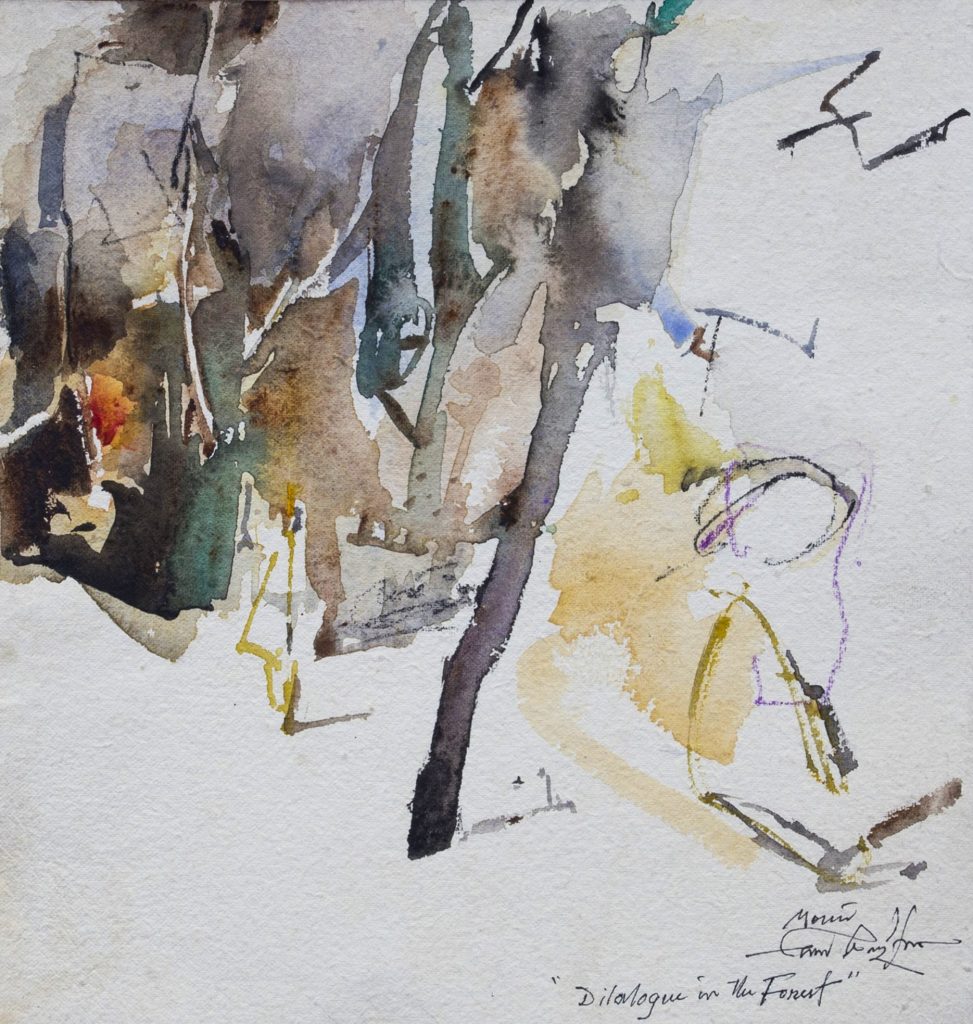
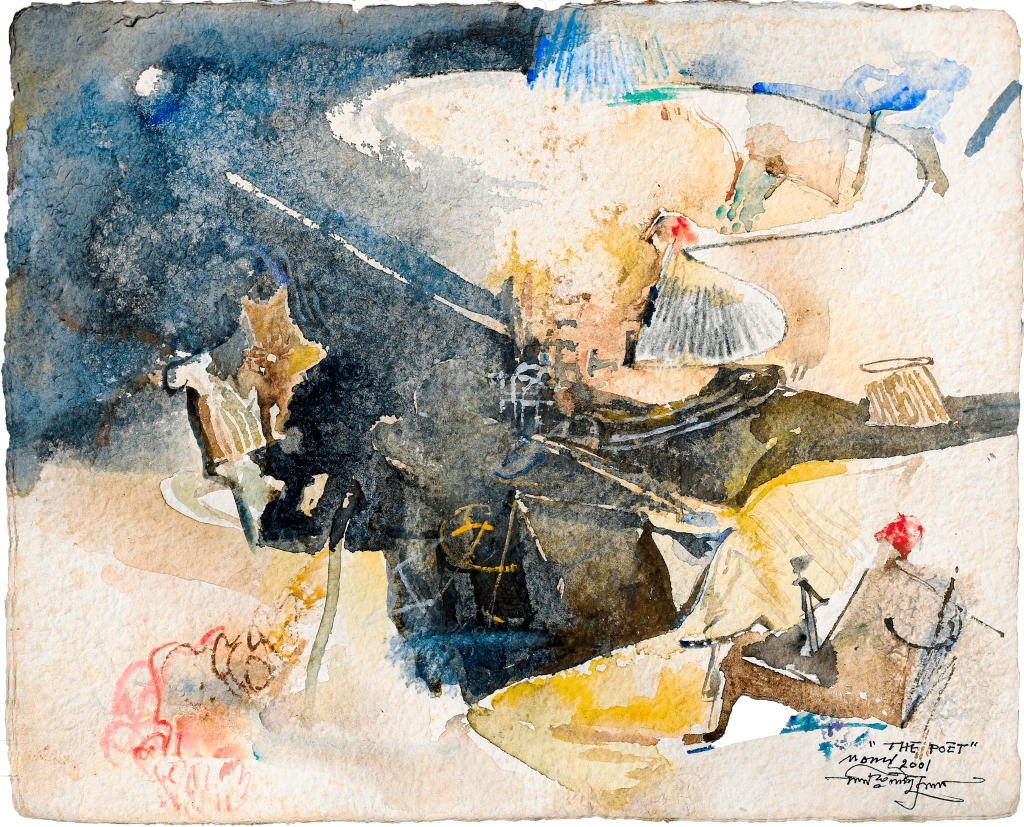
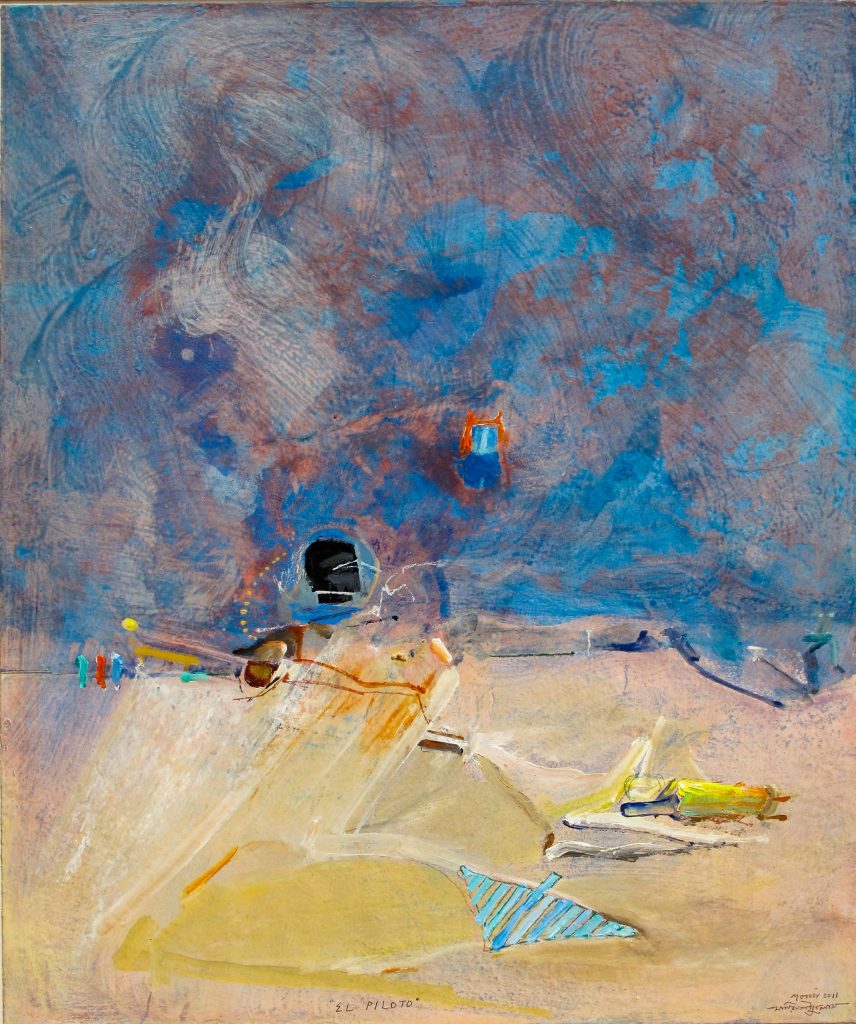
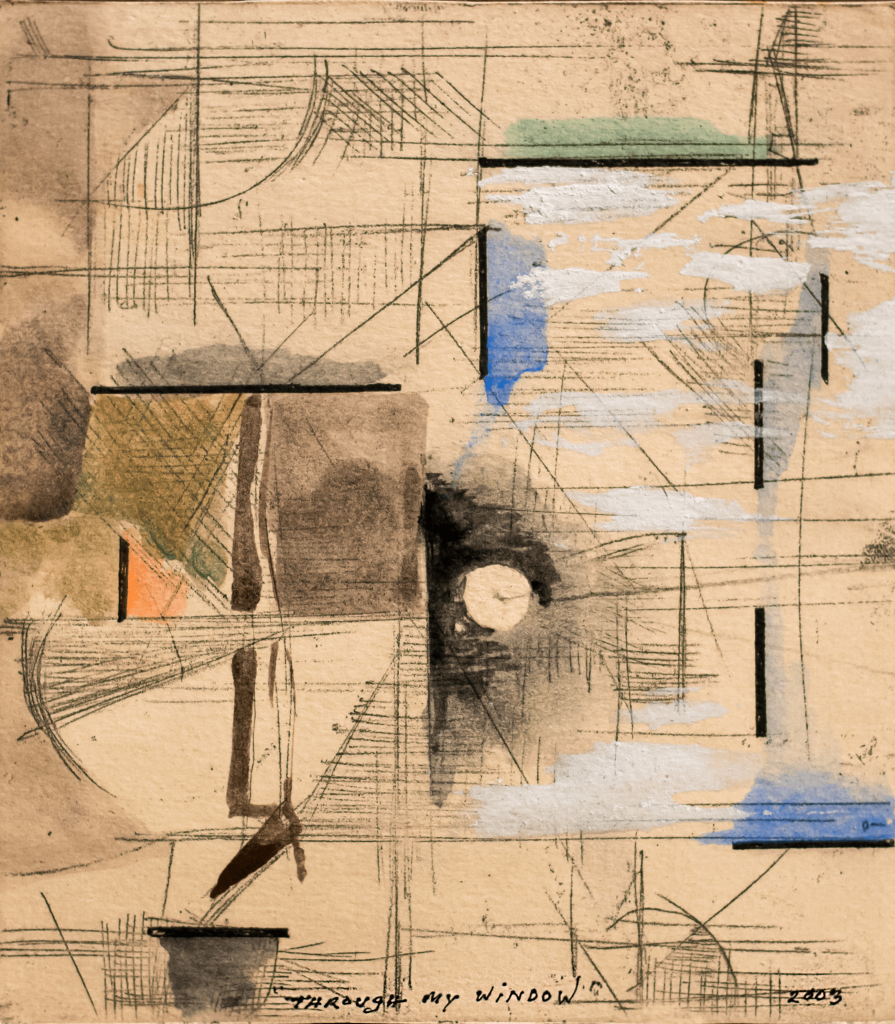
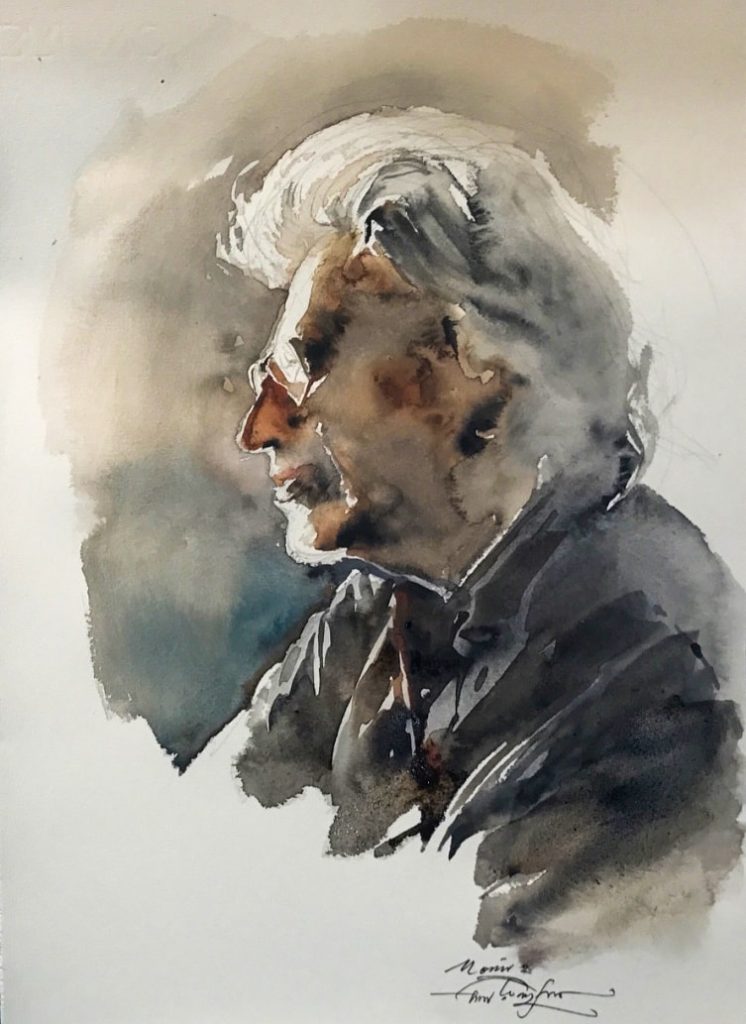
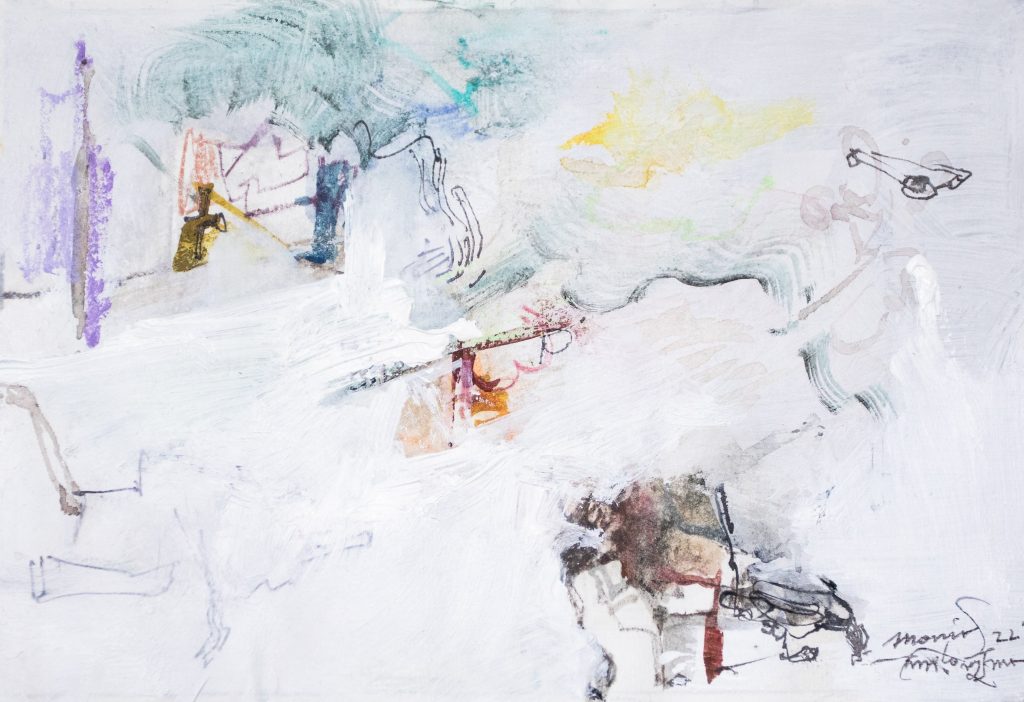
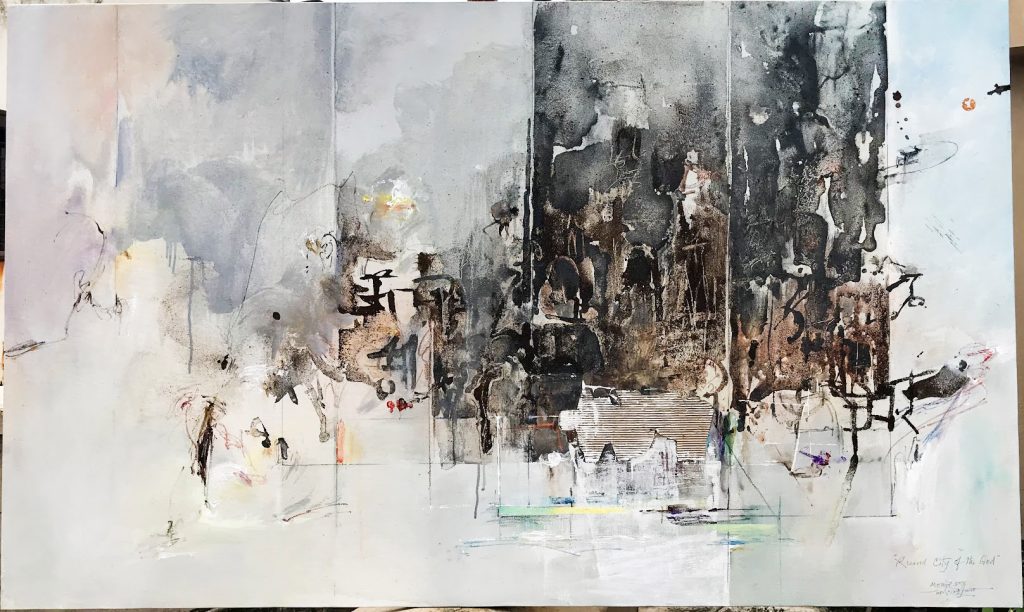
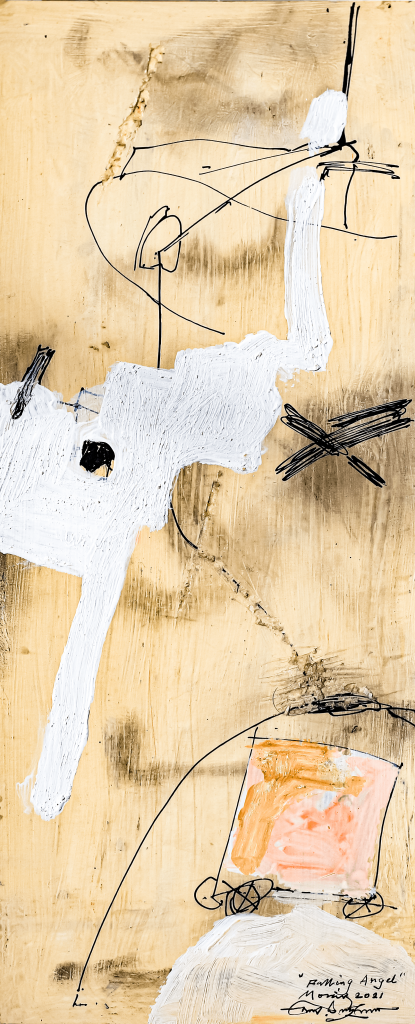
From an early age, Monirul displayed an innate talent and passion for the arts, drawing inspiration from the vibrant landscapes and cultural heritage of Bengal. His artistic journey gained momentum when he enrolled at the Faculty of Fine Arts, University of Dhaka, where he had the privilege of studying under the tutelage of eminent mentors such as Zainul Abedin and Mustafa Monwar. It was here that Monirul honed his skills and developed his distinctive artistic voice, laying the foundation for a career that would span decades and continents.
The turning point in Monirul’s artistic journey came when he was awarded a prestigious scholarship by the Ministry of Foreign Affairs of Spain, which provided him with the opportunity to further his studies in mural painting at the Royal Academy of Fine Arts of San Fernando, Madrid. This marked the beginning of his enduring connection with Spain, where he would go on to establish himself as a pioneering figure in the world of art.
In Spain, Monirul found a fertile ground for experimentation and innovation, particularly in the medium of etching. His groundbreaking techniques, notably the “free-bite” method, garnered him widespread recognition and acclaim, earning him a place among the esteemed Grupo Quince alongside luminaries such as Antonio Saura and José Guerrero. Monirul’s contributions to the Spanish art scene were so profound that his unique approach to etching came to be known as the “Escuela de Monir” (School of Monir), cementing his legacy as a master of his craft.
Despite his immersion in the Spanish artistic milieu, Monirul remained deeply connected to his Bangladeshi roots, drawing inspiration from the cultural heritage and traditions of his homeland. His works bear testament to the seamless fusion of Eastern and Western influences, characterized by a delicate balance of form, texture, and symbolism. Through his art, Monirul transcends geographical and cultural boundaries, inviting viewers into a world of beauty, introspection, and spiritual contemplation. Throughout his illustrious career, Monirul Islam’s artistic ethos has been guided by a relentless pursuit of self-critique and introspection.
He believes that an artist must continually question their motives and creations, striving for deeper insight and understanding.
This commitment to artistic excellence and self-reflection has been a driving force behind Monirul’s continued evolution as an artist, enabling him to push the boundaries of his craft and explore new frontiers of creativity. Beyond his achievements, Monirul’s impact on the Bangladeshi art movement has been profound and enduring. His visionary approach to art-making and his unwavering commitment to artistic integrity has inspired generations of artists and enthusiasts, shaping not only the regional art scene but also leaving an indelible imprint on the global stage.
. His thematic explorations encompass the breadth of the human experience, touching upon universal themes of love, loss, identity, and spirituality.
Monirul Islam’s legacy extends far beyond the confines of his artwork. As a teacher, mentor, and advocate for the arts, he has played a pivotal role in nurturing and supporting emerging talents, both in Bangladesh and Spain.
Through his eponymous “Monir’s School,” he has imparted his wisdom, experience, and passion for the arts to countless aspiring artists, ensuring that his legacy will endure for generations to come.
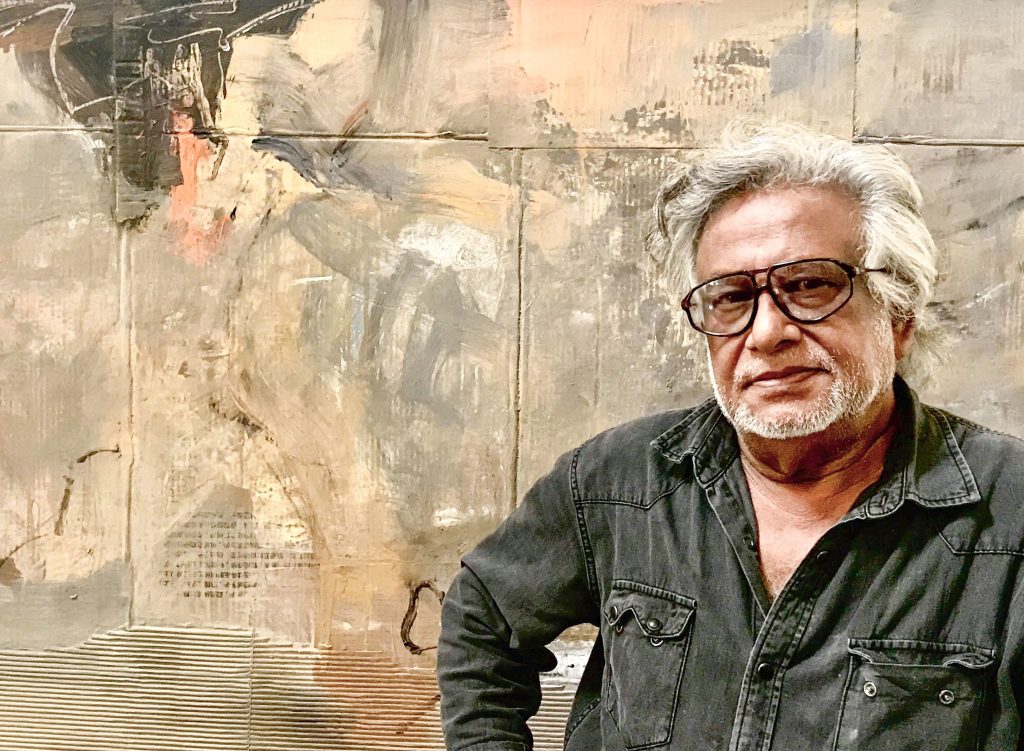
Even in the face of adversity, Monirul Islam’s dedication to his craft remains unwavering. During times of war and social upheaval, he used his artistic talents to create powerful and evocative works that served as a voice for the voiceless, advocating for peace, justice, and social change.
As we reflect on Monirul Islam’s unparalleled contributions to the world of art, it becomes clear that he is more than a mere artist – he is a living legend whose enduring legacy will continue to inspire and captivate audiences for generations to come. In his own words, Monir’s journey is a testament to the transformative power of creativity and the boundless potential of the human spirit. Through his art, he invites us to embark on a journey of exploration, introspection, and enlightenment, reminding us of the profound and enduring impact of art on the human experience.
2. The Canvas Of Courage.
In the delicate bond between brush and canvas, where strokes become stories and colors birth emotions, few artists encapsulate the essence of their nation’s history with as much brilliance as Biren Shome. Step into the realm of artistry as we navigate the vibrant tapestry of Biren Shome’s life—a maestro whose journey transcends mere strokes to intertwine with the very fabric of Bangladesh’s struggle for freedom.
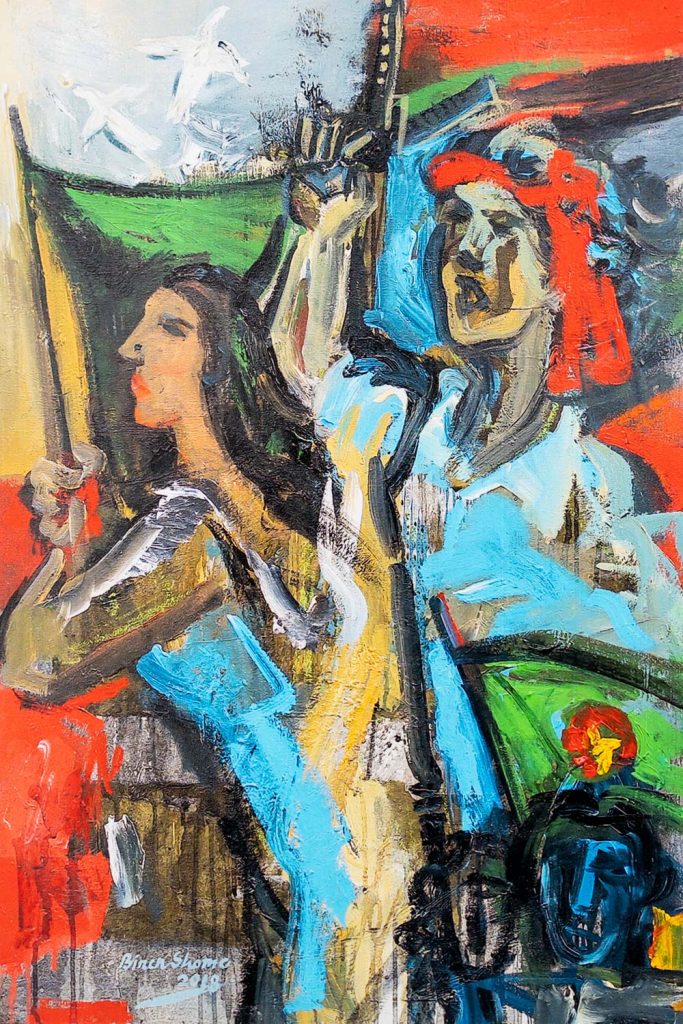
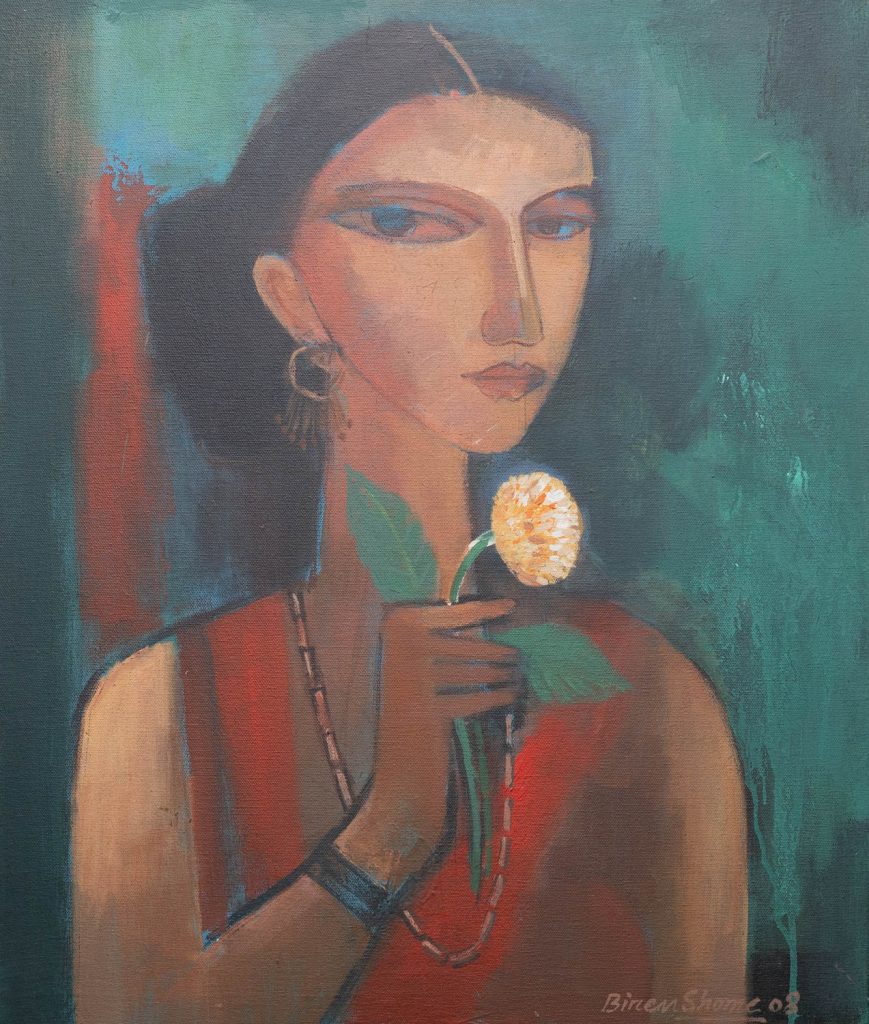
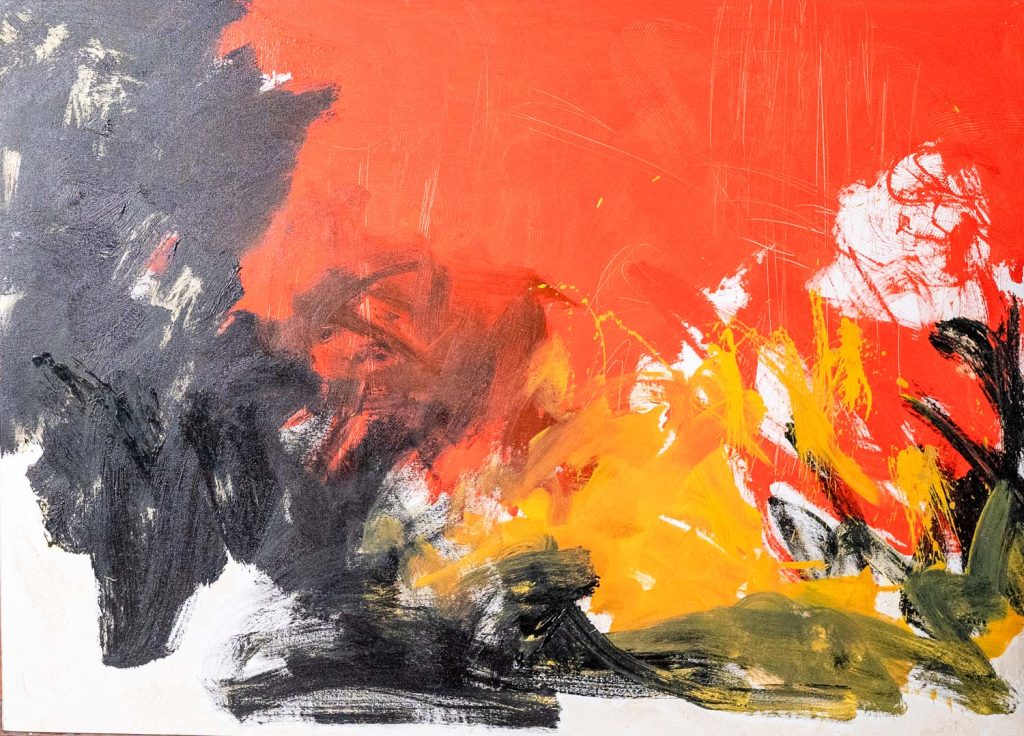
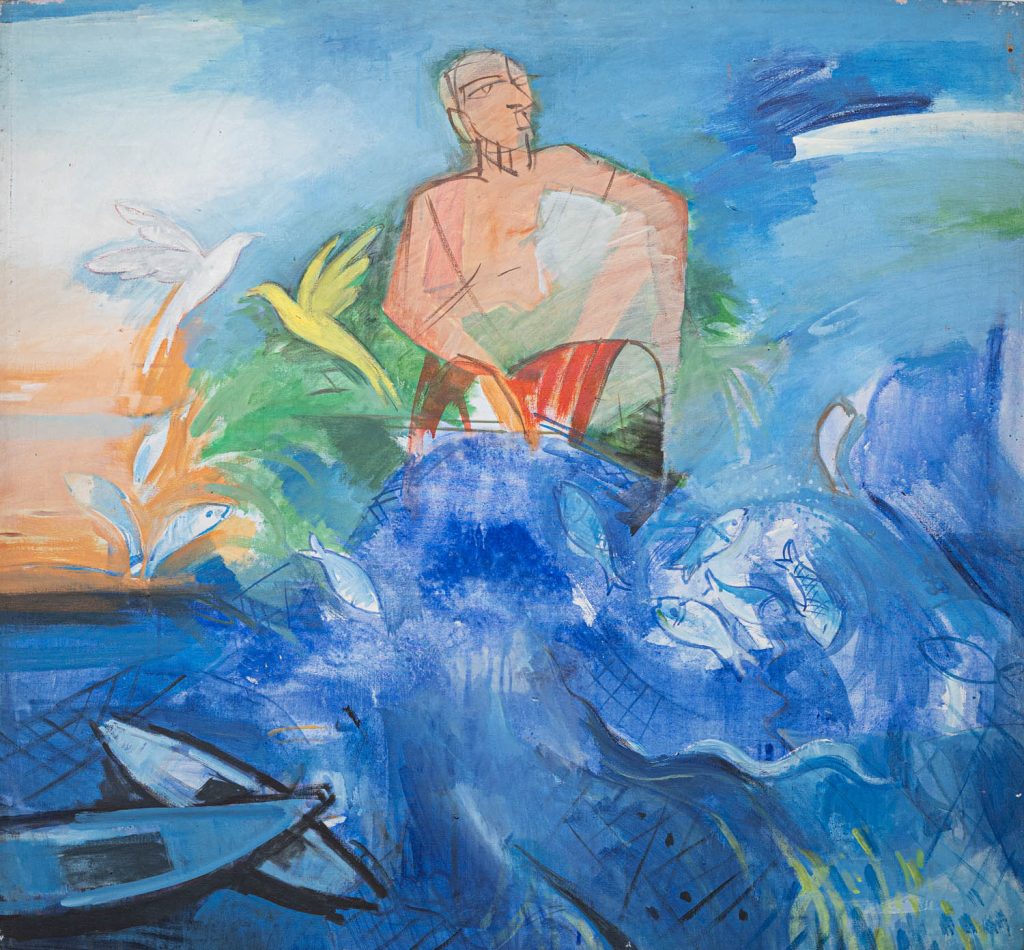
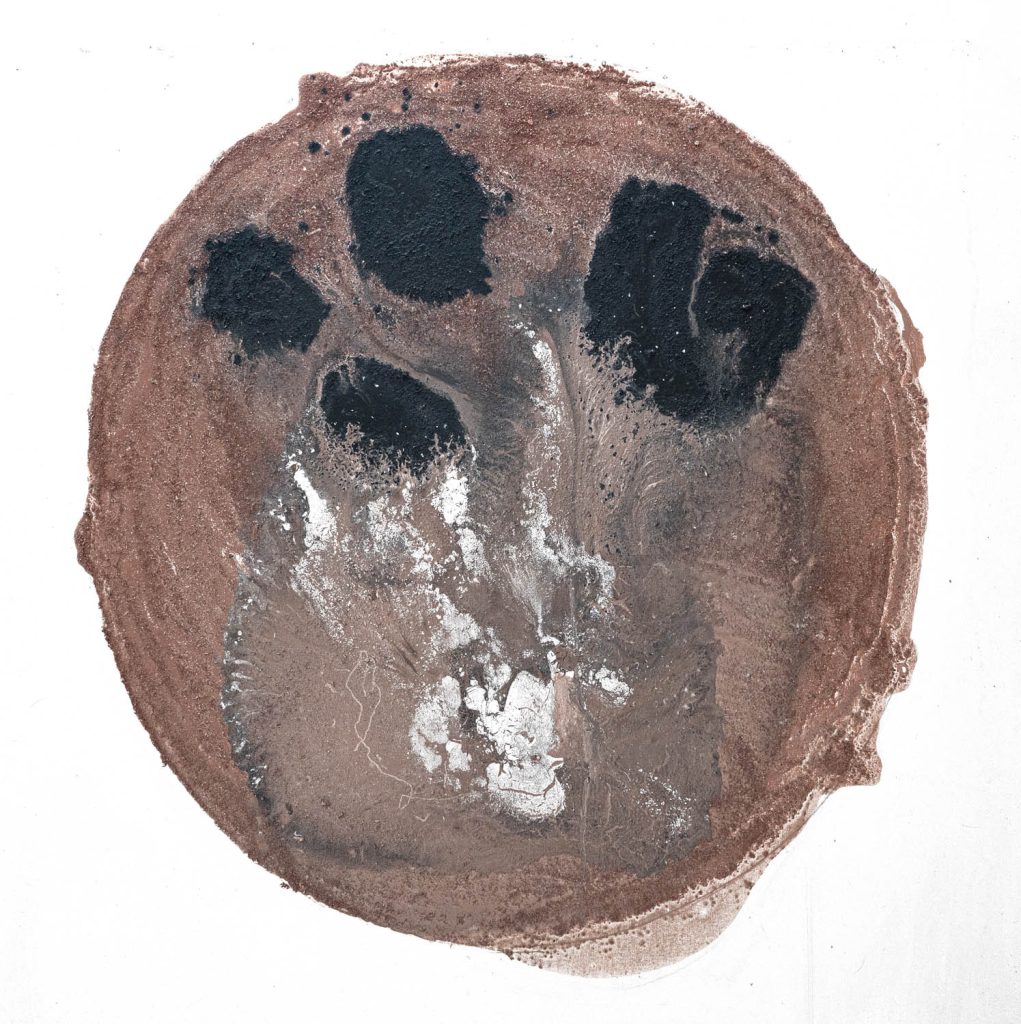
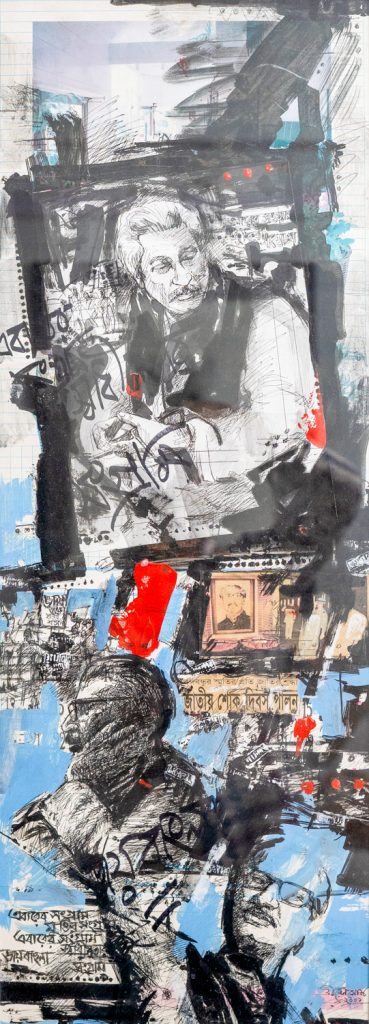
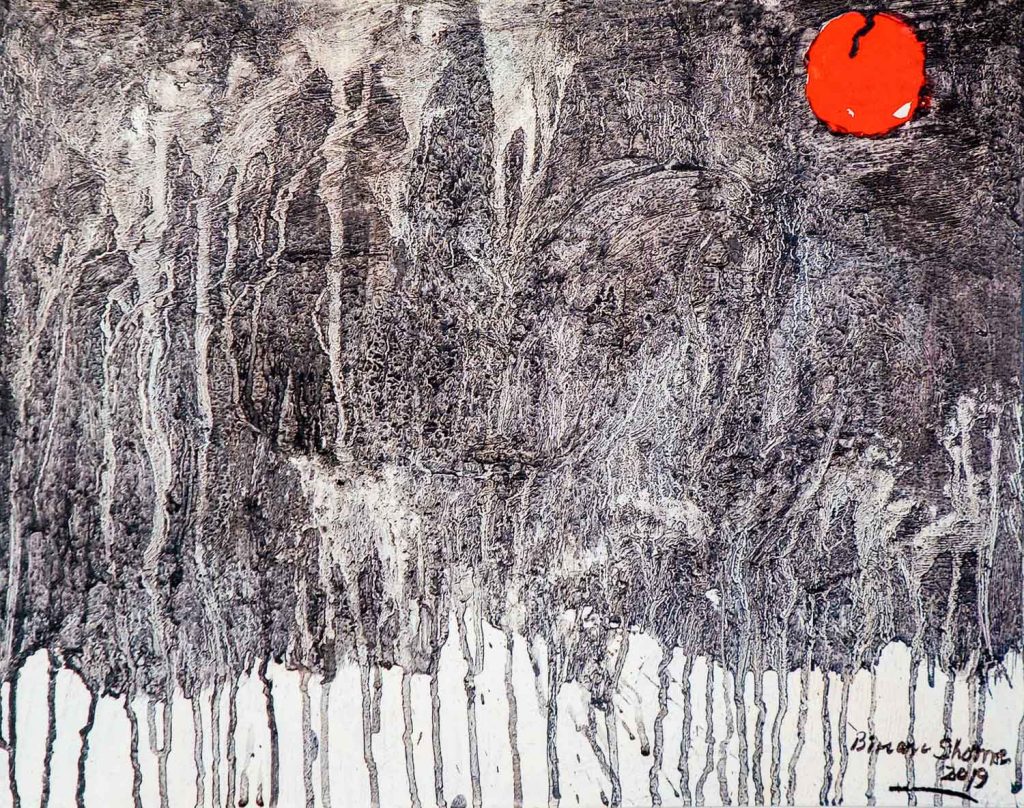
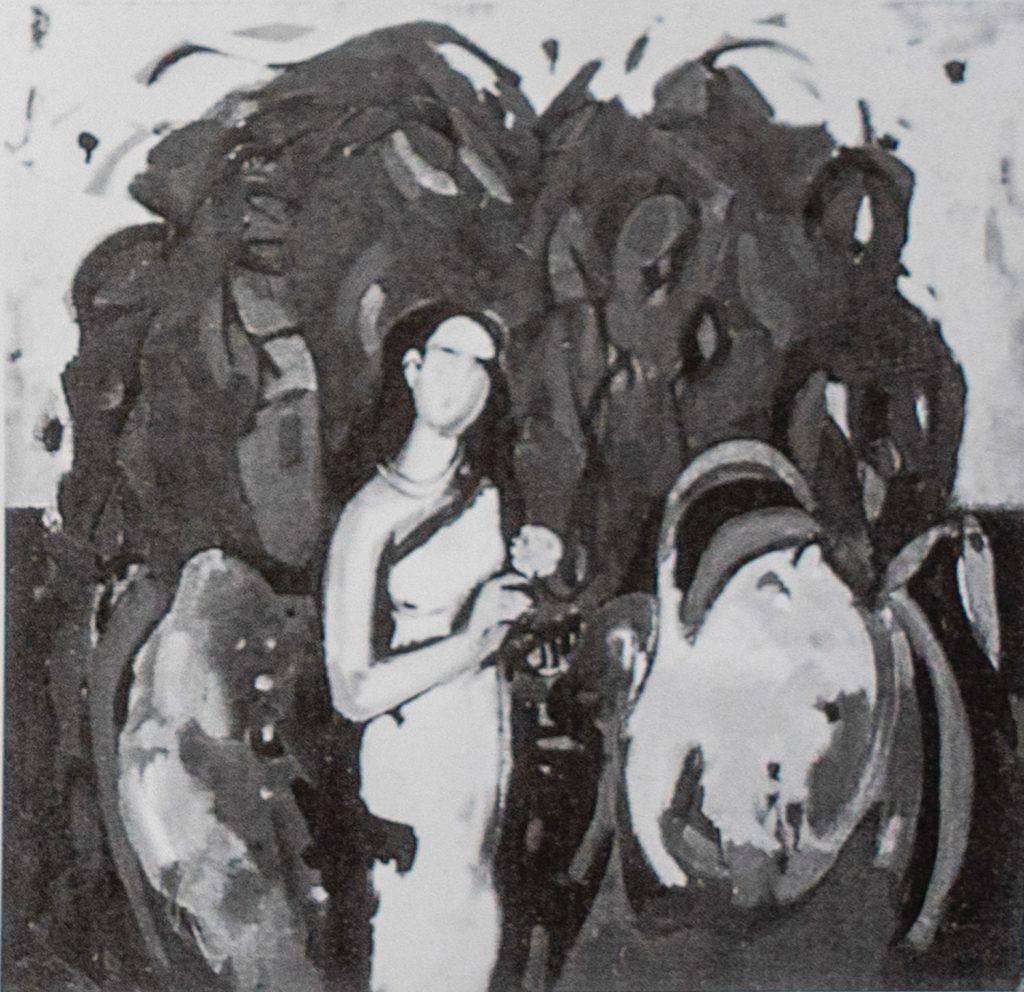
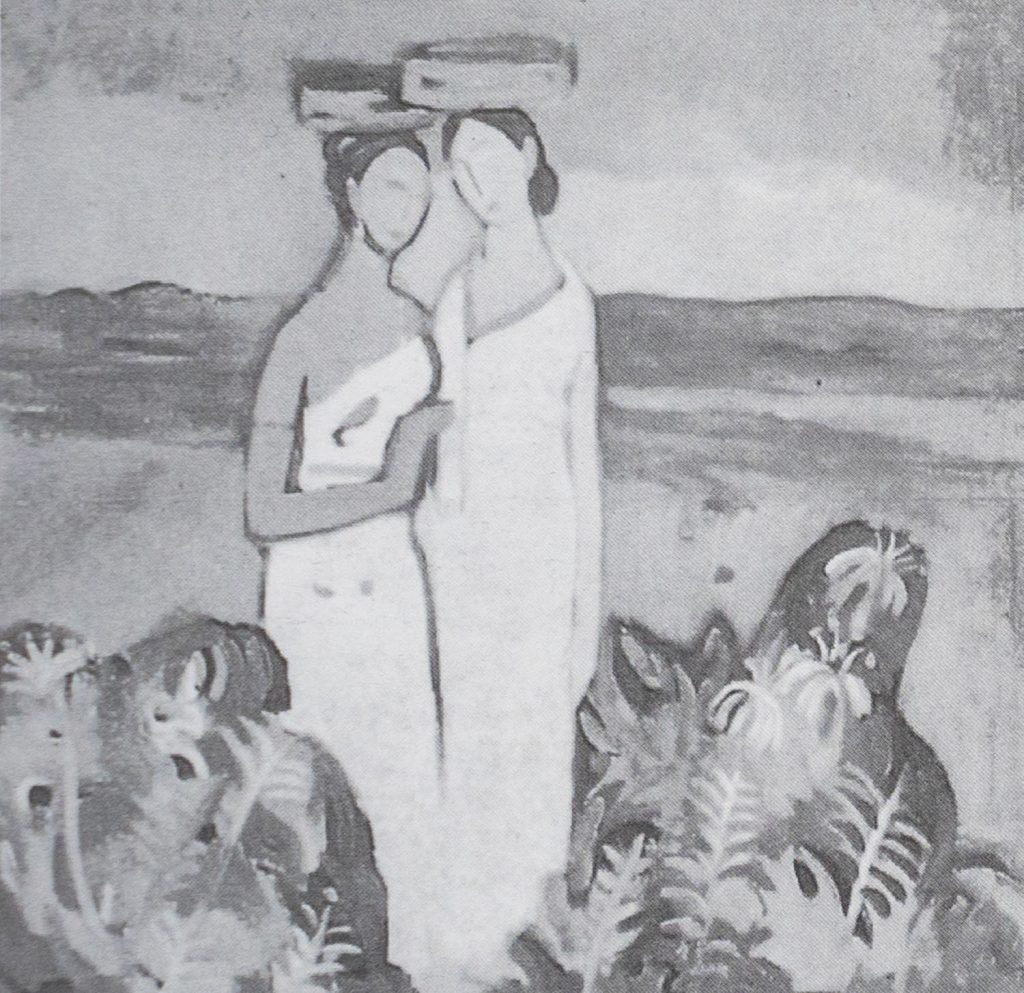
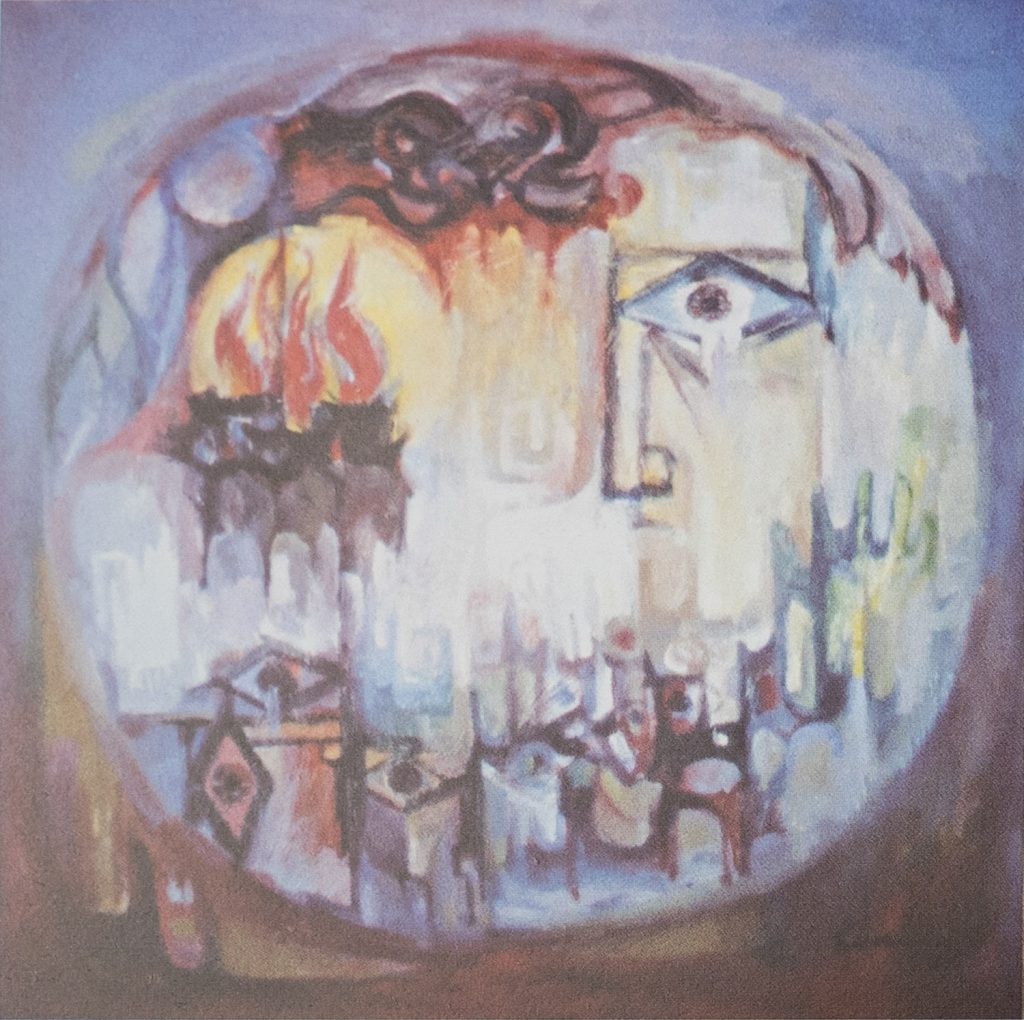
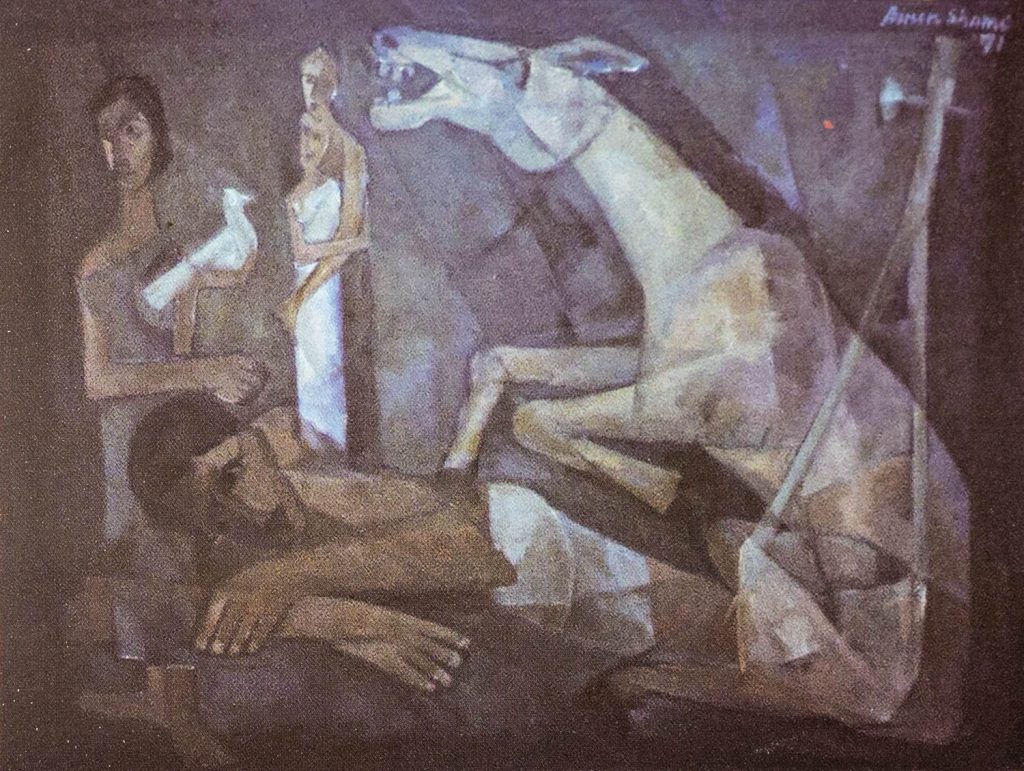
As the sun dipped low on the horizon of 1948, in the quaint town of Jamalpur, Bangladesh, Biren Shome took his first breath, unknowingly destined to wield not just brushes but also the power of art to convey the spirit of his nation. Fast forward to 1969, and the halls of the University of Dhaka witnessed the blossoming of a young artist, graduating with a Bachelor of Fine Arts—a mere prelude to the opulent symphony of colors that would define his legacy.
One cannot delve into the narrative of Biren Shome without acknowledging the numerous accolades that adorn his illustrious career. In 1999, he was honored with the prestigious Shilpacharya Zainul Abedin Gold Medal, a testament to his artistic prowess. This recognition was followed by an Honorable Award from Saju Art Gallery, solidifying his position as a luminary in the art world. The year 2002 brought further acclaim with the Jatiya Grontho Kendra Award for the best cover design, showcasing Shome’s versatility not only as an artist but also as a designer. In the intricate dance of mediums—pen, charcoal, oil, acrylic, and print— Biren Shome found his voice. His canvases, a testament to the dichotomy of emotions, reflect the hues of a freedom fighter’s heart.
Vibrant colors weave tales of fight and freedom, while somber tones echo the shadows of a nation’s journey.
His artistic arsenal expanded beyond the canvas to include the realms of leadership, holding positions such as the General Secretary of the Dhaka Art Circle and the Executive Chairman of the Potua Quamrul Hassan Art School.
The depth of his commitment to his craft is evident in the array of awards bestowed upon him. The Muktijudda Utsab Ayojok Committee recognized his contributions with an Honorable Award in 2002, while 2004 saw a cascade of accolades, including the Palok Shishu Shahittay Award, Atish Dipankar Gold Medal, and Chandraboti Gold Medal. His multifaceted talents extended to cover design, earning him the Agrani Bank Shishu Sahitya Award in 2006.
Biren Shome’s artistic journey is not confined to accolades but intertwined with a rich tapestry of experiences. Serving as the Chief Artist at the Bangladesh National Herbarium from 1970 to 2005, he contributed significantly to the visual landscape of his nation. His role as a designer in the Directorate of Press, Publicity, Information, and Broadcasting for the Government of Bangladesh in 1971 further attests to his commitment to the cause of his country. In his present capacity as an artist and designer, Biren Shome continues to leave an indelible mark on the art scene. As the General Secretary of the Dhaka Art Circle, a collective of contemporary artists, he plays a pivotal role in fostering a vibrant artistic community. Additionally, his leadership as the Executive
The essence of Biren Shome’s art lies in its thematic richness, echoing his experiences as a freedom fighter deeply influenced by the mentorship of Kibria.
His canvases are a visual chronicle of his country’s struggle for independence, with vibrant hues symbolizing the fight and freedom. The use of pen, charcoal, oil, acrylic, and print as his chosen mediums reflects a nuanced approach to his craft.
He said- “I was a freedom fighter and the vibrant colors of my art are the reflection of the blood and freedom.”
Biren Shome’s artistic journey has been shaped by the guidance of legends, notably Zainul Abedin, whose influence is palpable in the intricate strokes of Shome’s creations. His participation in a collective effort with 16 artists, including himself, to draw 68 images for an exhibition in Calcutta speaks volumes about his collaborative spirit and commitment to the artistic community.
Drawing on black paper, Shome’s art transcends conventional boundaries, as seen in his rendition of missile photographs—an embodiment of his ability to capture the zeitgeist of contemporary issues. The shadows on black paper mirror the complexities of the narratives he explores, offering viewers a unique visual experience.
His artistic odyssey is also marked by the influence of Pablo Picasso, whose avant-garde approach left an indelible imprint on Biren Shome’s creative philosophy. This amalgamation of influences, coupled with his firsthand experiences as a freedom fighter, renders Shome’s art a potent blend of abstraction and figuration.
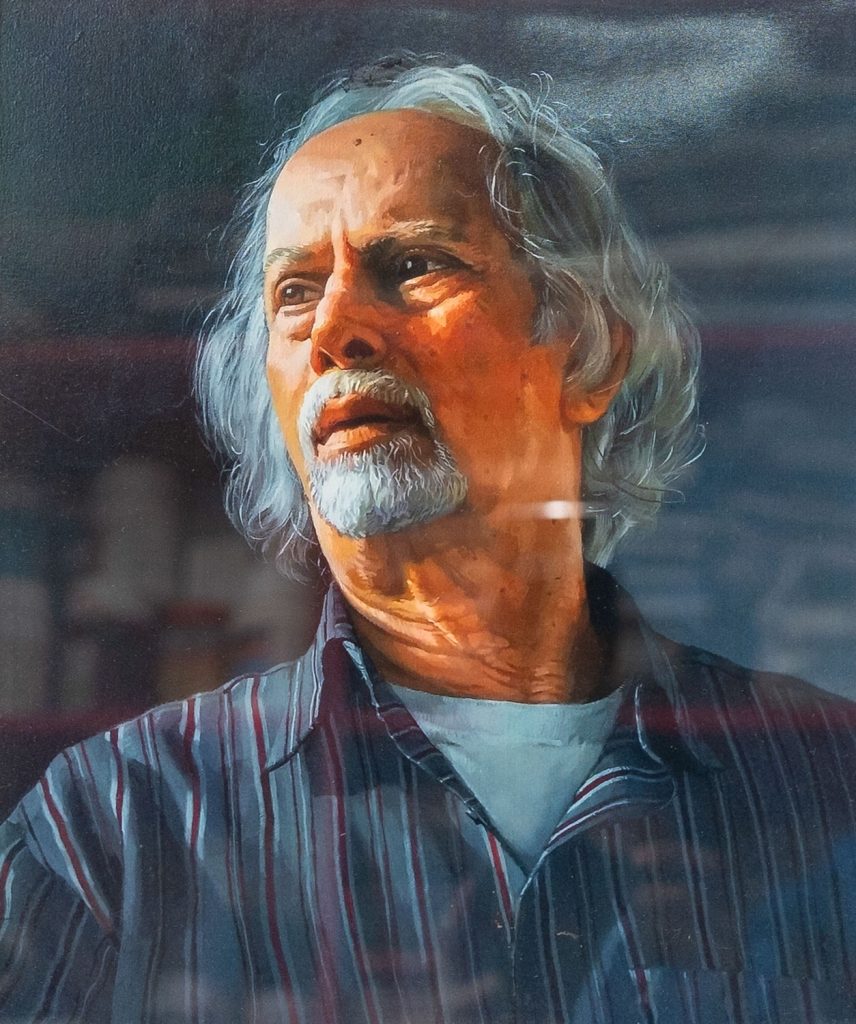
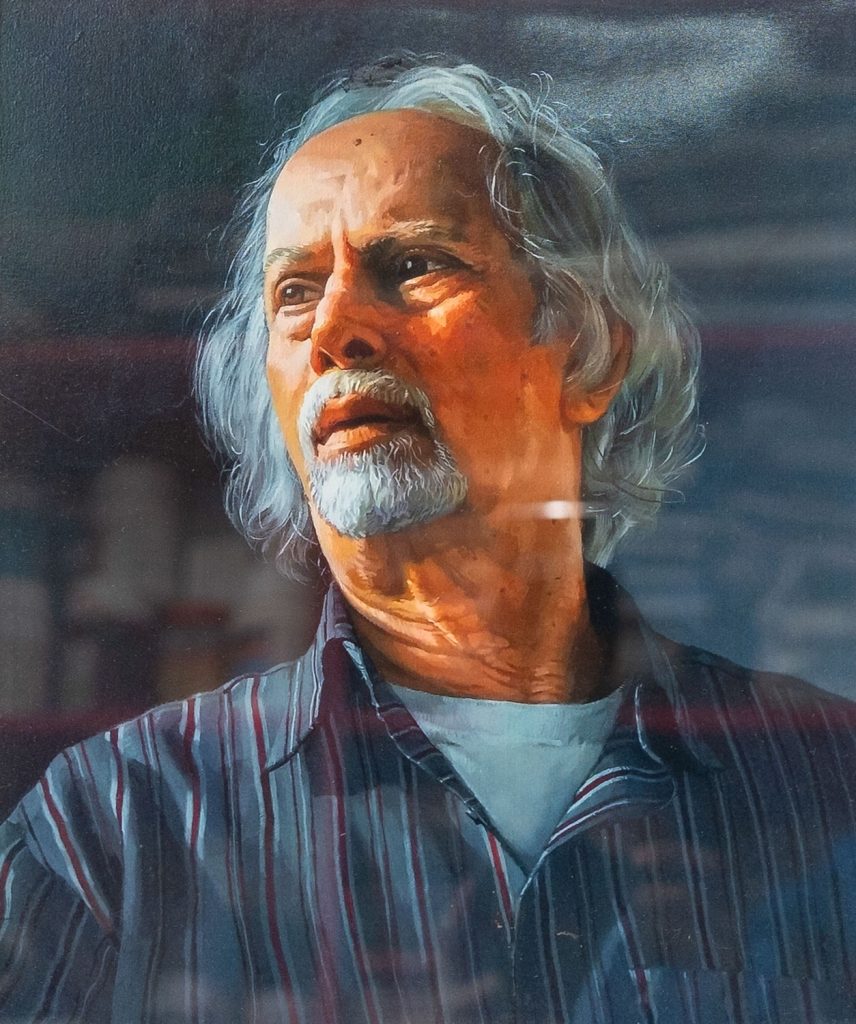
The man stands as a giant in the world of artistry—a man whose canvas is a reflection of a nation’s struggle, resilience, and triumph. His journey from the tumultuous days of the freedom fight to the pinnacle of artistic acclaim is a testament to the transformative power of art. As he continues to paint the canvas of his life, Biren Shome’s legacy is etched not only in the awards that adorn his name but also in the hearts and minds of those who are touched by the brilliance of his creations.
As we step into the realm of Biren Shome’s artistry, we find more than strokes on canvas; we find a narrative that breathes life into history. Biren Shome—a name that resonates not just as an artist but as a maestro orchestrating the visual saga of a nation’s journey through the corridors of time.
3. The Alchemy Of Colours.
In the realm of art, where creativity meets profound expression, Karu Titas stands as a luminary, an incredible artist whose journey has become an indelible part of Bangladesh’s rich artistic heritage. Karu Titas, an exceptional artist and one of the senior figures in Bangladesh’s art community, stands as a testament to the power of artistic expression and its profound impact on society. His journey, from the hallowed halls of academic institutions to the quietude of his studio, weaves a narrative that transcends time and tradition.
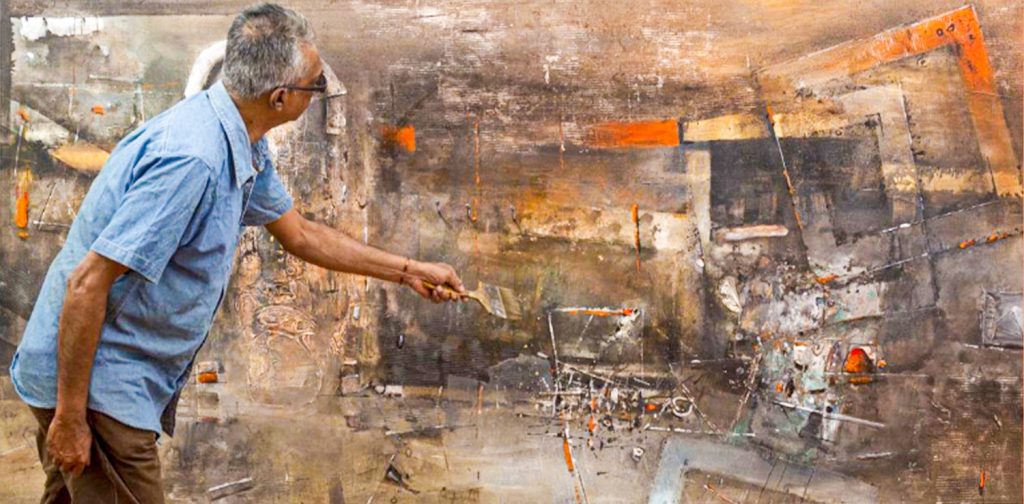
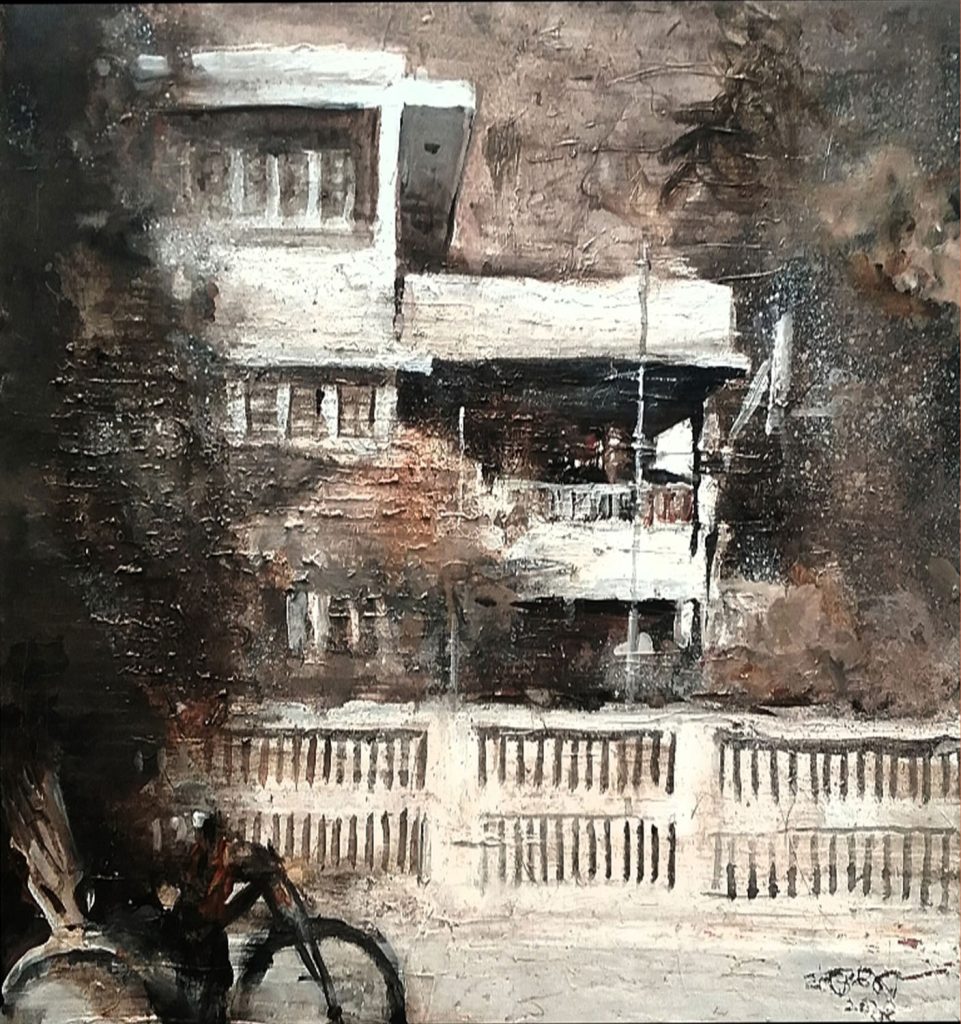
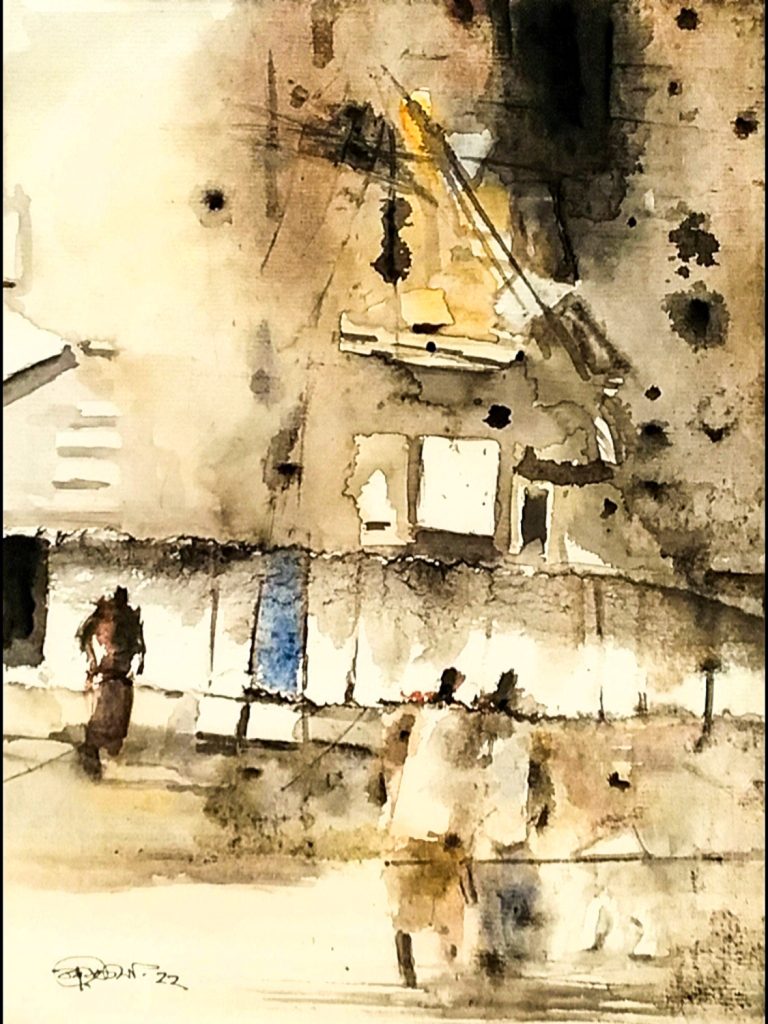
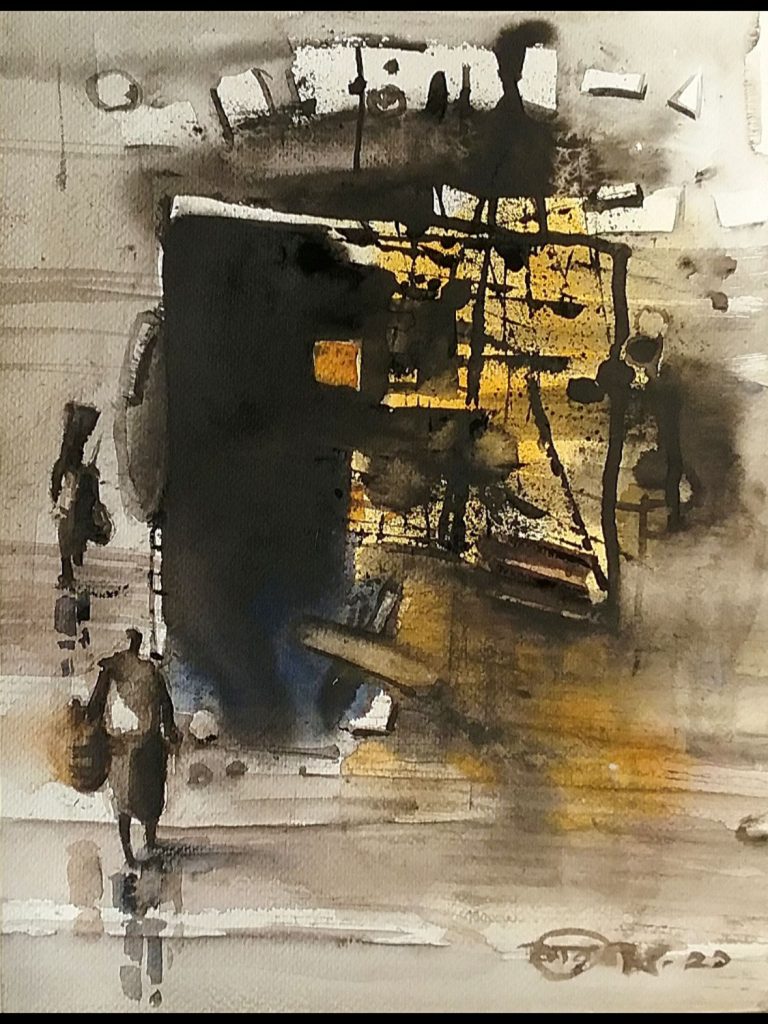
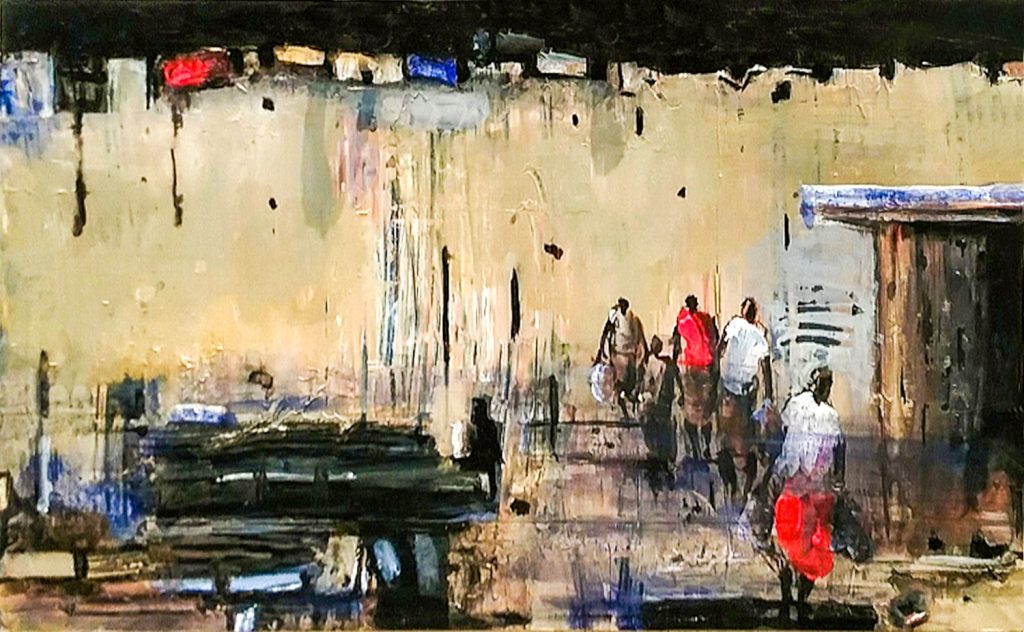
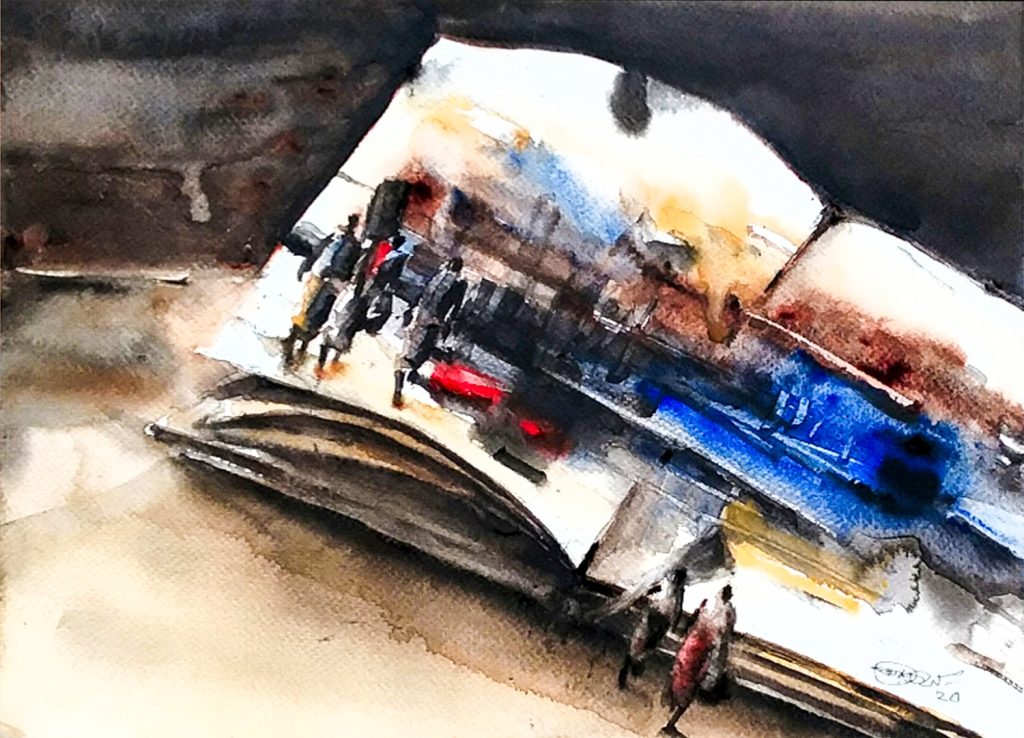
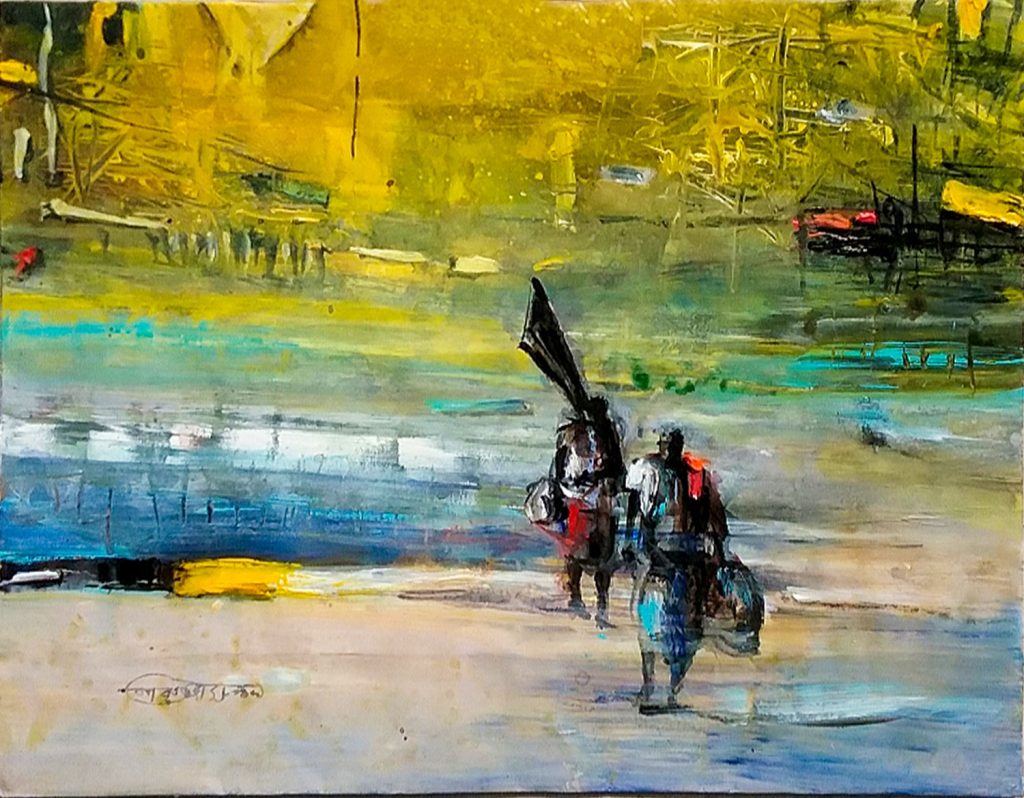
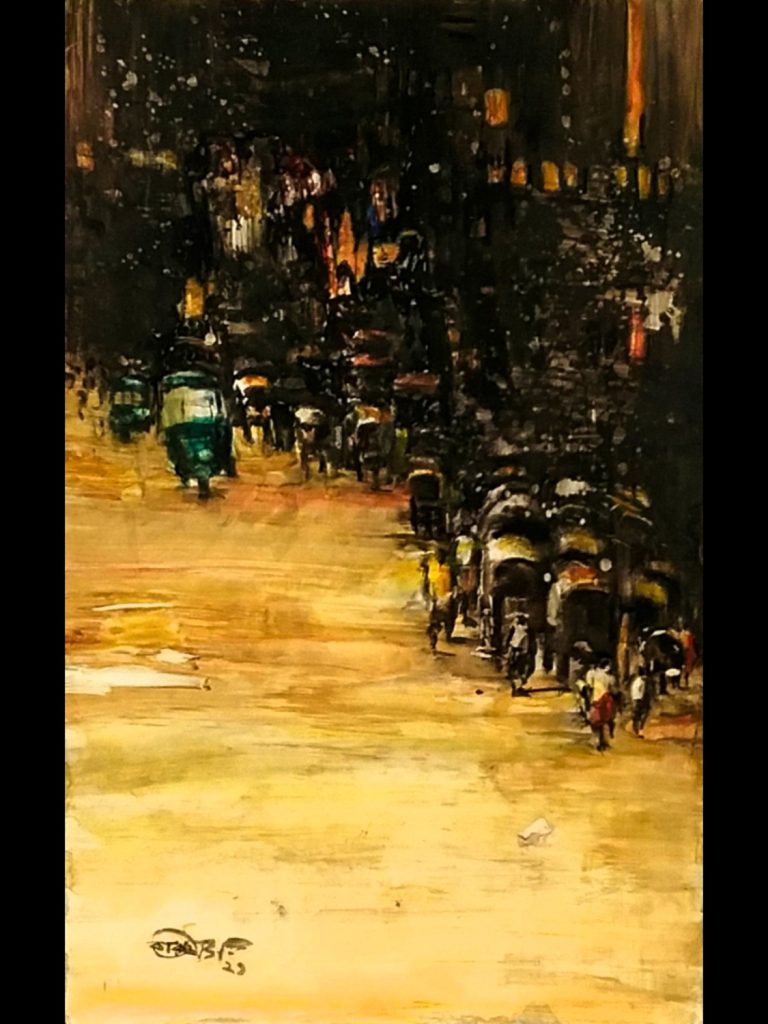
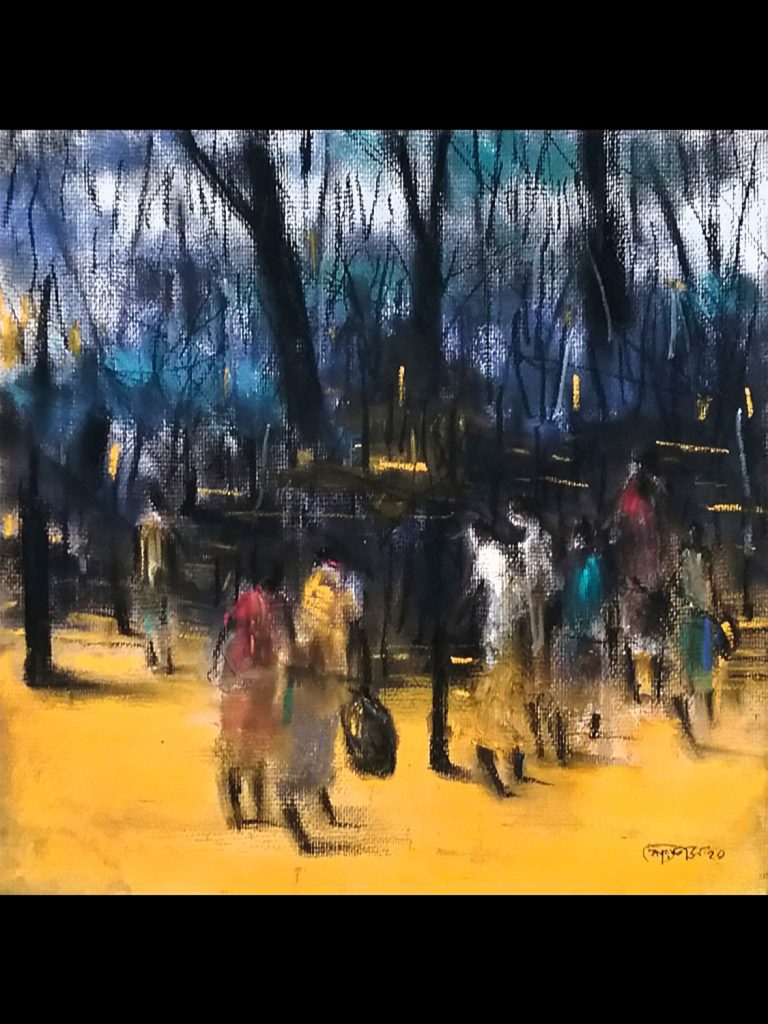
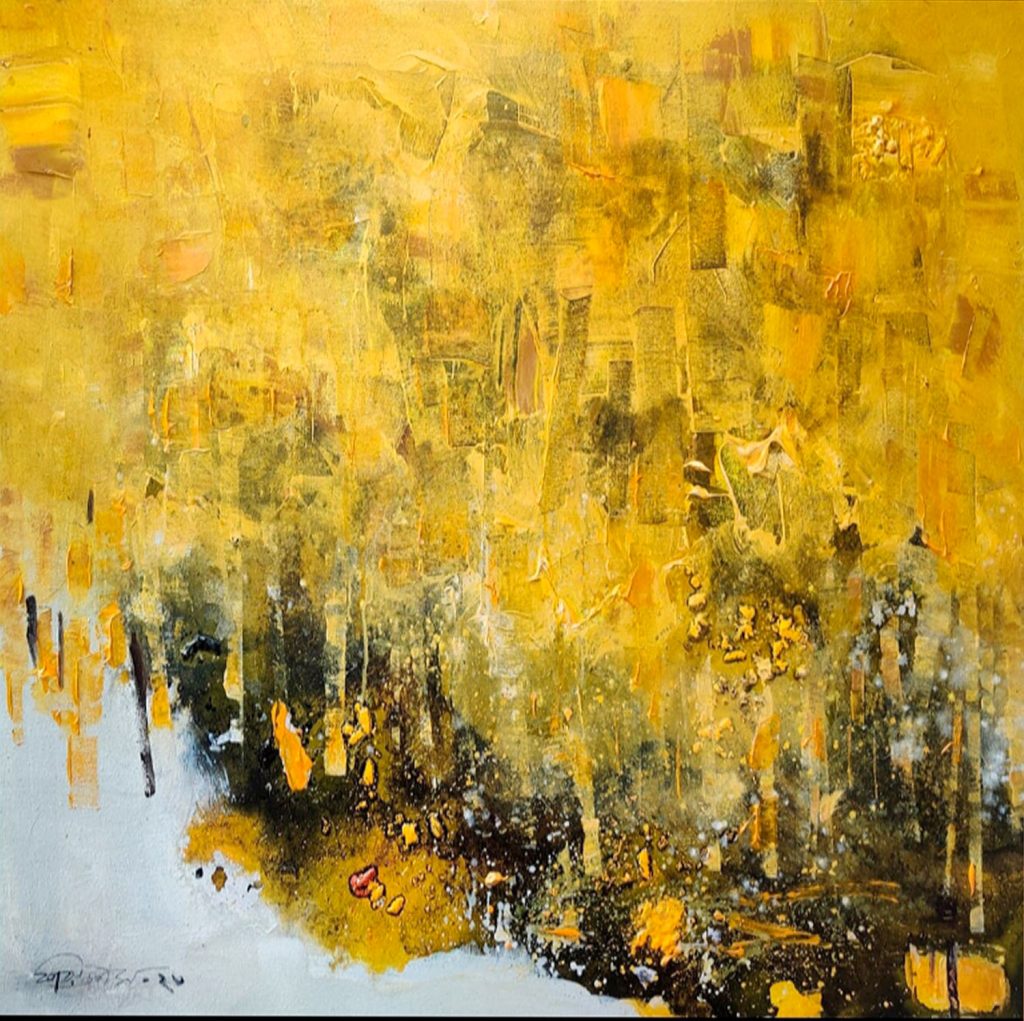
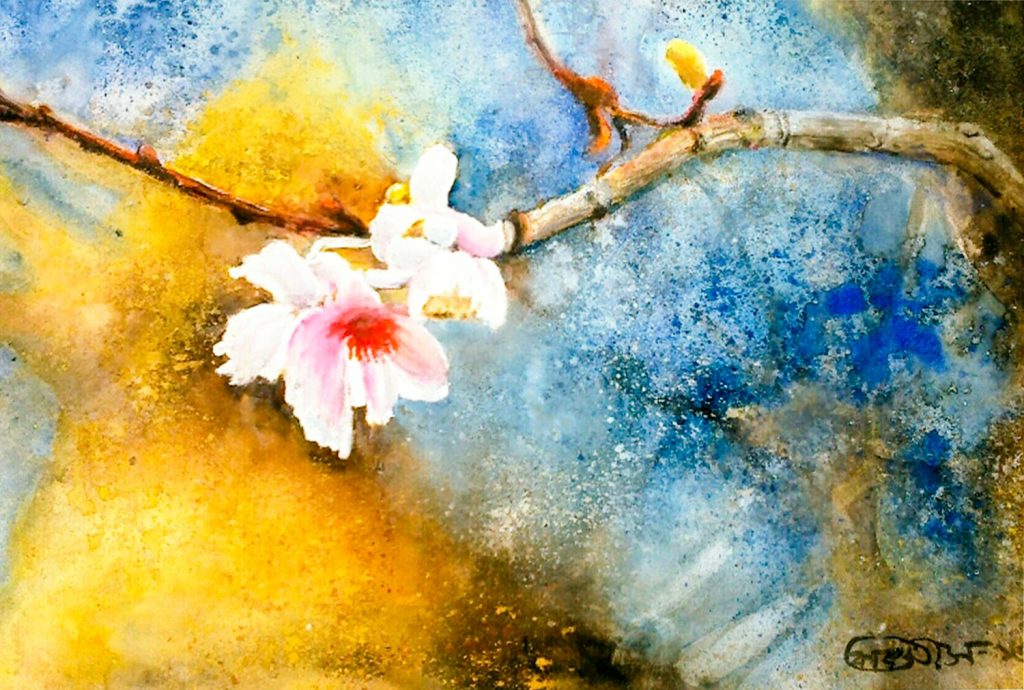
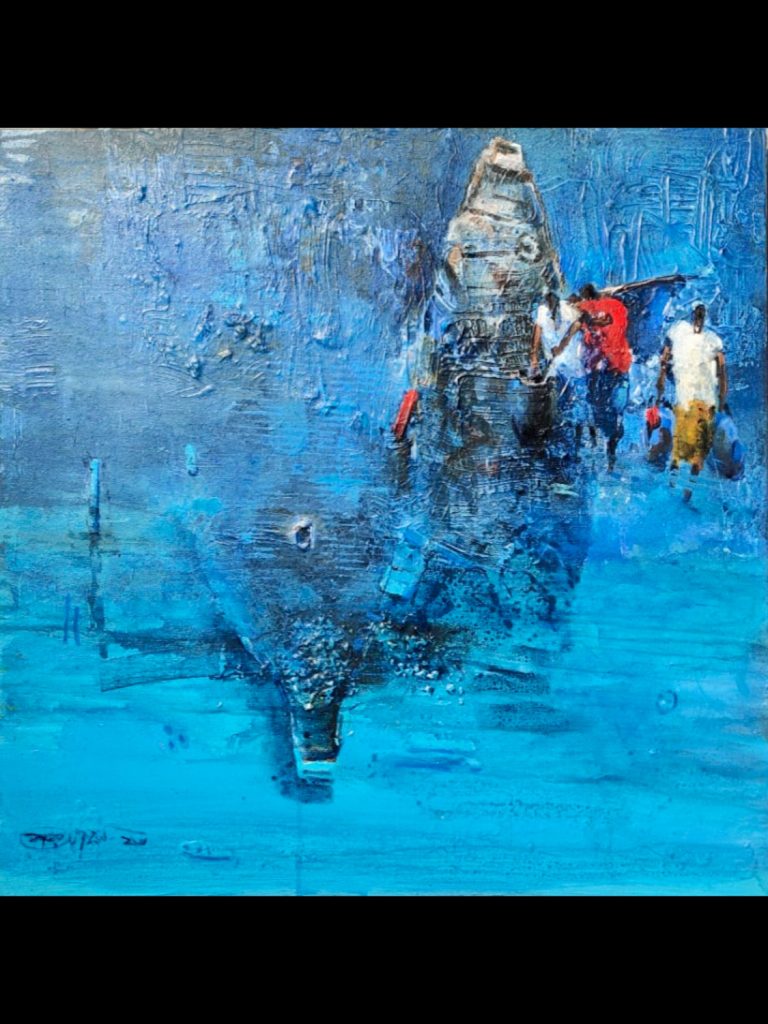
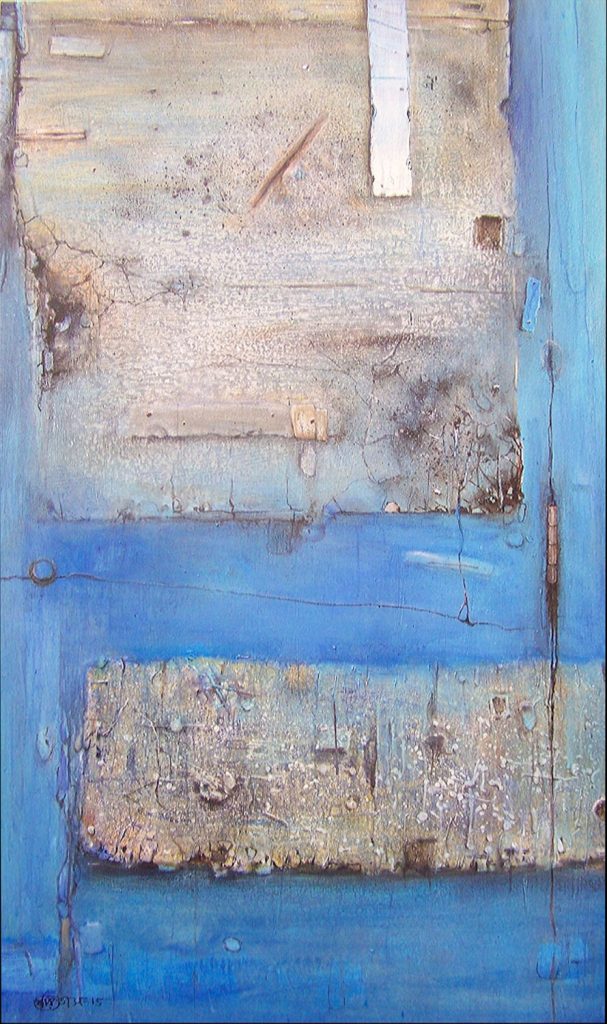
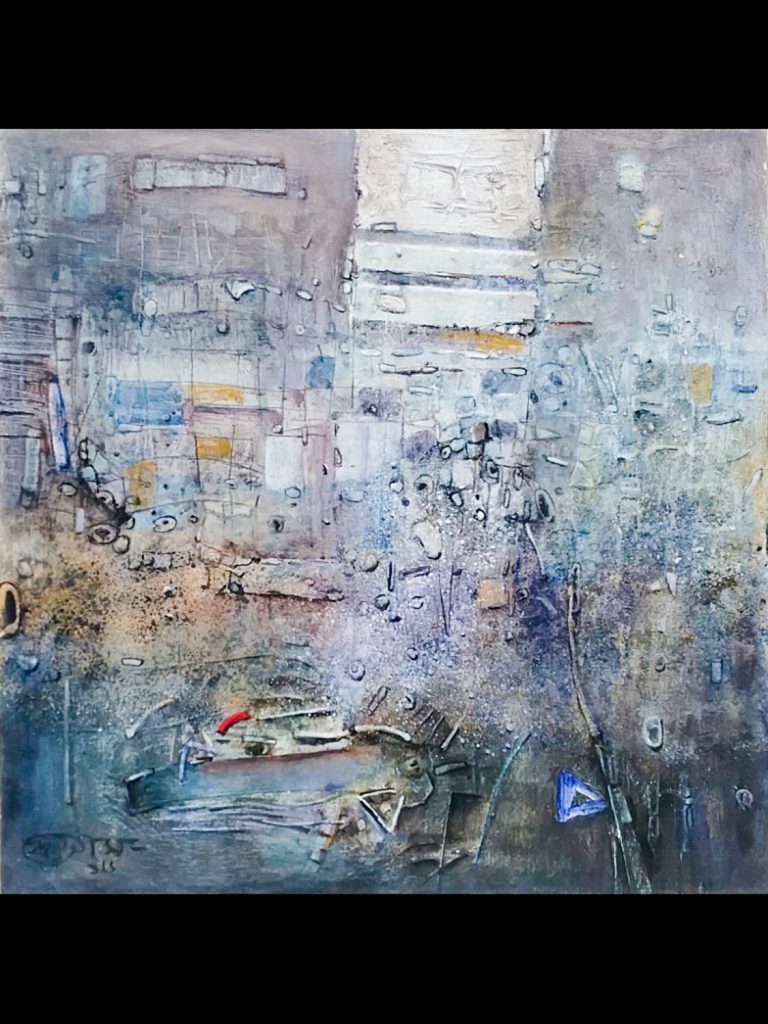
Born into the realm of art, Karu Titas found his early footing in the prestigious Charukola. His educational odyssey continued as he pursued a Bachelor of Fine Arts (BFA) from Rajshahi University, laying the foundation for a career that would later redefine the contours of Bangladeshi art. Further refining his skills, Karu Titas earned a Master’s of Fine Arts (MFA) from Dhaka University, where the seeds of his artistic brilliance were nurtured.
Karu Titas’s artistic journey is a tale of inspiration drawn from the masters. Vincent Van Gogh, an iconic figure in the art world, left an indelible imprint on Karu Titas’s creative psyche. The echoes of Van Gogh’s influence reverberate through Karu Titas’s work, serving as a source of inspiration and a guiding force in his artistic evolution.
The mediums of acrylic and watercolor serve as Titas’s chosen avenues for artistic expression. Among them, watercolor holds a special place, becoming his most beloved medium for painting. In addition to traditional canvases, Titas has explored the world of ceramics during his student years, showcasing the depth of his creative versatility.
A wanderer at heart, Titas’s love for travel is intricately woven into his artistic process. His nomadic adventures serve as a wellspring of inspiration, offering him diverse landscapes, cultures, and experiences to translate onto his canvases. Rajshahi, a city entrenched in history and natural beauty, holds a special allure for him, providing the perfect backdrop for his artistic endeavors. Despite his profound impact on the art scene, Titas remains an enigmatic figure. A shy soul who prefers the solitude of creation over the limelight of exhibitions and social interactions, he once remarked, “মানুষ শুধু আমার দুটো ছবি মনে রাখলে, তাতেই আমি সাথর্ক” (If people remember just two of my paintings, that’s enough for me). For Karu Titas
it’s not about quantity but the lasting impact on those who encounter his art.
Leading a remarkably simple life, Titas’s extraordinary work breathes life into the canvas. His paintings, vibrant and versatile, capture every nuance of nature.
From the serene beauty of landscapes to the intricate details of everyday life, Titas’s art transcends the confines of paper.
He transforms ordinary objects like shopping bags and leaves into canvases, breathing life into the mundane. One of Titas’s thematic highlights is the enchanting season of monsoon.
“Monsoon is my favorite season, and I really like to travel via water.
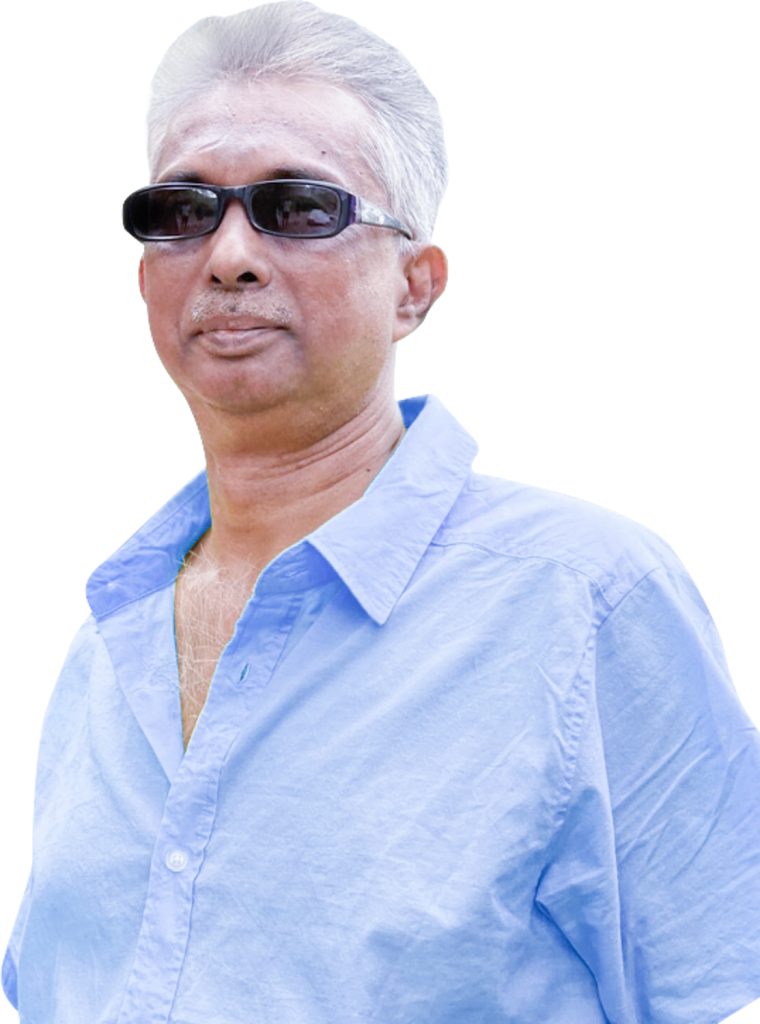
These exhibits are the results of my trips to different parts of the country through rivers,” he shared. His art becomes a visual symphony, echoing the mesmerizing beauty of rivers, boats, fishermen, fishing nets, and the simple yet profound lifestyle of the people. Titas, the son of the eminent sculptor Ferdousi Priyabhashini, carries the artistic legacy forward with grace.
His watercolor washes on handmade papers exude tranquility, capturing not just scenes but the impressions left on his mind during his journeys.
. Each stroke becomes a portal to the artist’s soul, inviting viewers to explore the depths of his perceptions and experiences.
In a world inundated with complexities, Karu Titas’s art offers a respite—a glimpse into simplicity, a celebration of life’s intricate beauty. His legacy transcends the canvas, becoming a narrative of a life dedicated to art, travel, and the pursuit of timeless expressions. In Titas’s world, every stroke is a brush with elegance, and every canvas becomes a testament to the essence of life captured with unparalleled grace.
4. The Tale of a Trailblazing Artist – Kuhu Plamondon
In the realm of contemporary art, through remarkable talent and boundless creativity, Kuhu Plamondon has carved a unique niche for herself in the art world. She is an artist, a textile designer, and also a fashion designer. Her ability to blend diverse influences, experiment with various mediums, and infuse profound emotion into her works sets her apart as a visionary artist. Here we delve into the captivating world of Kuhu Plamondon, exploring her artistic journey, distinctive style, and the impact she has made on the artistic scene.
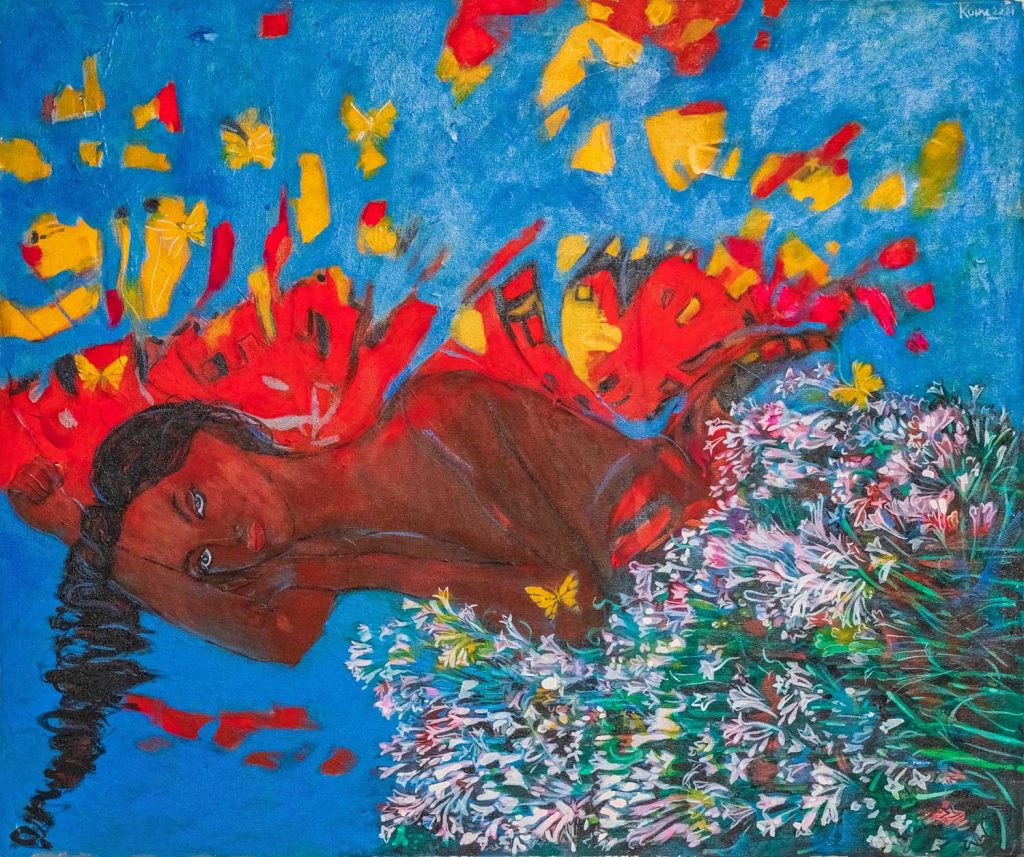
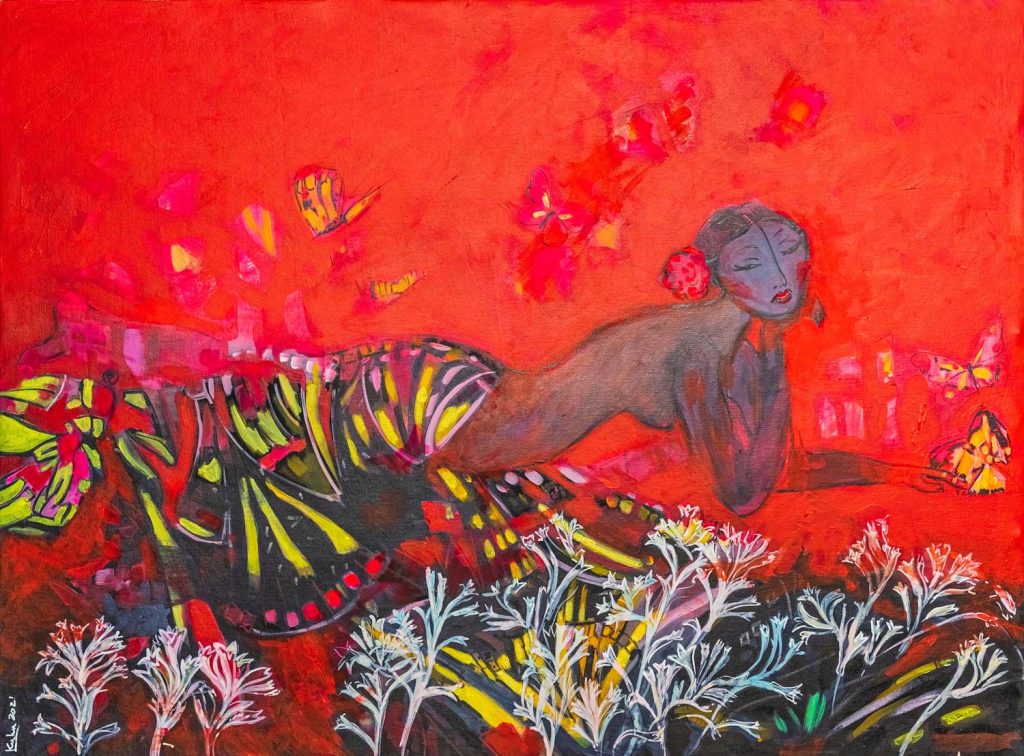
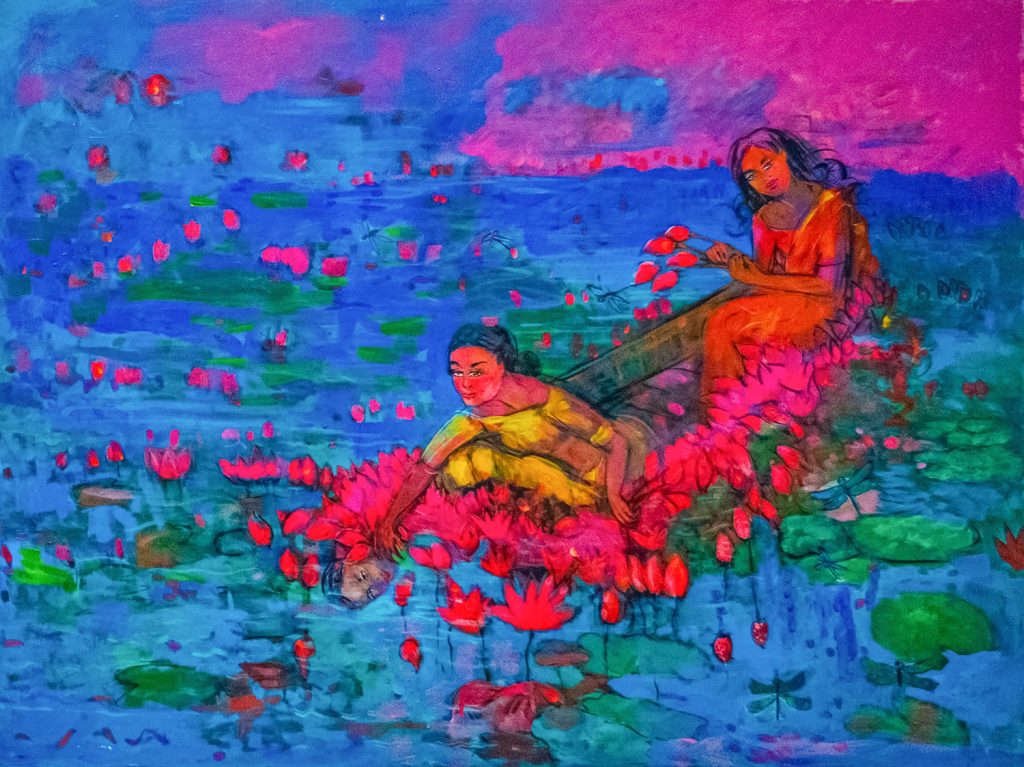
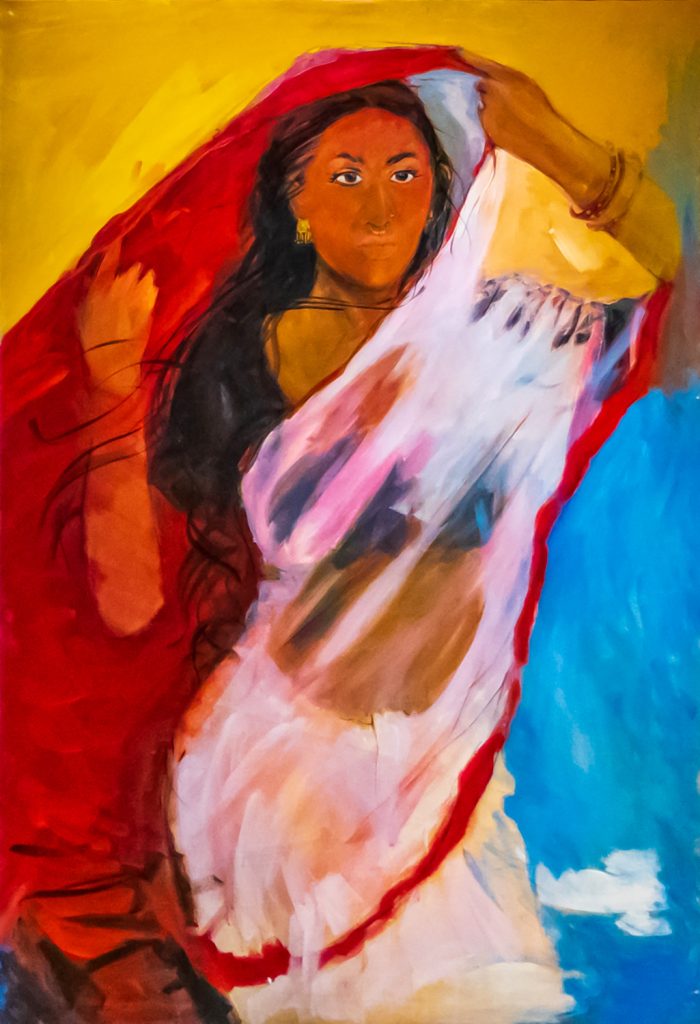
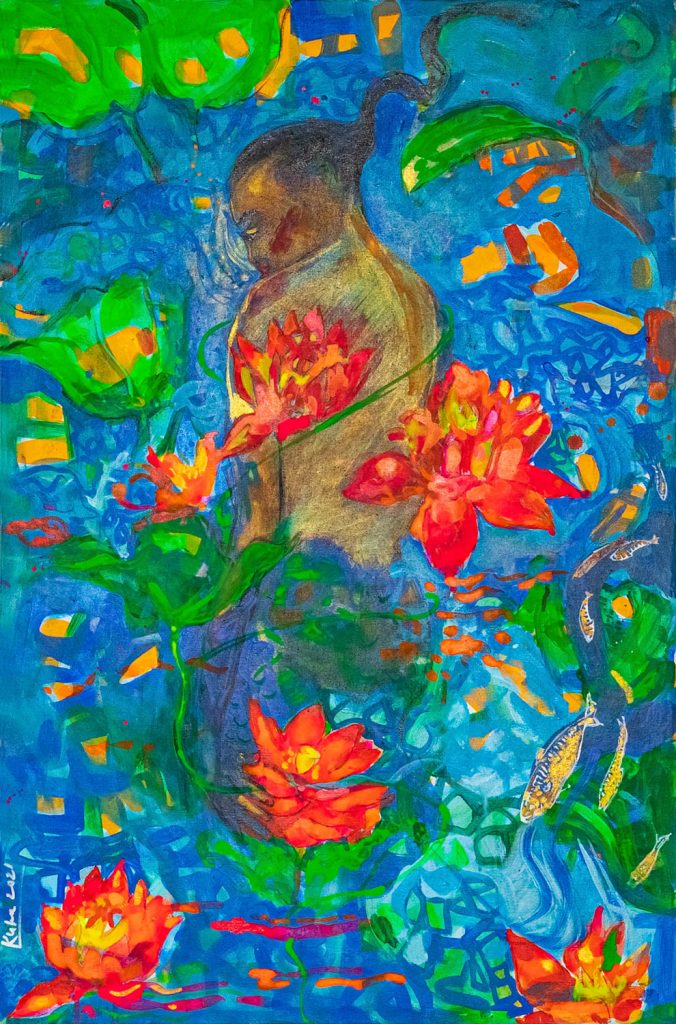
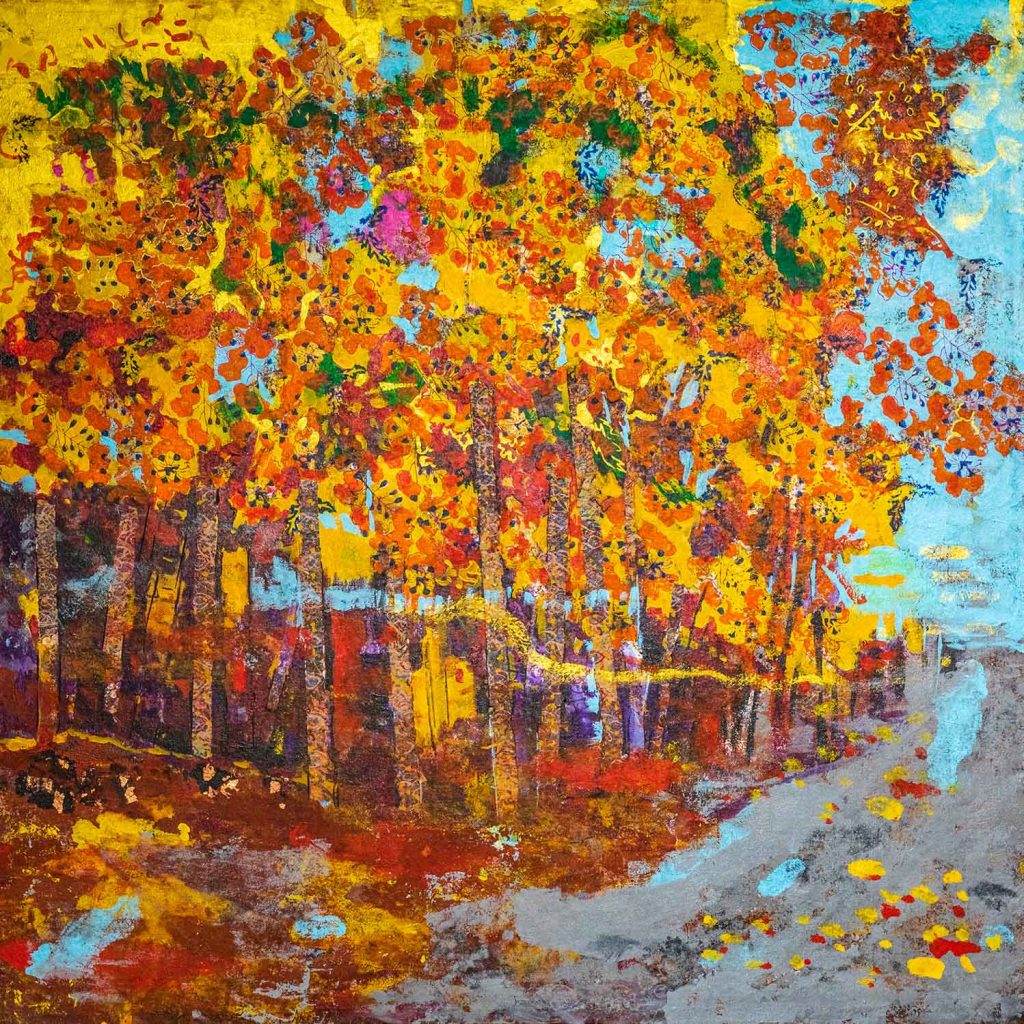
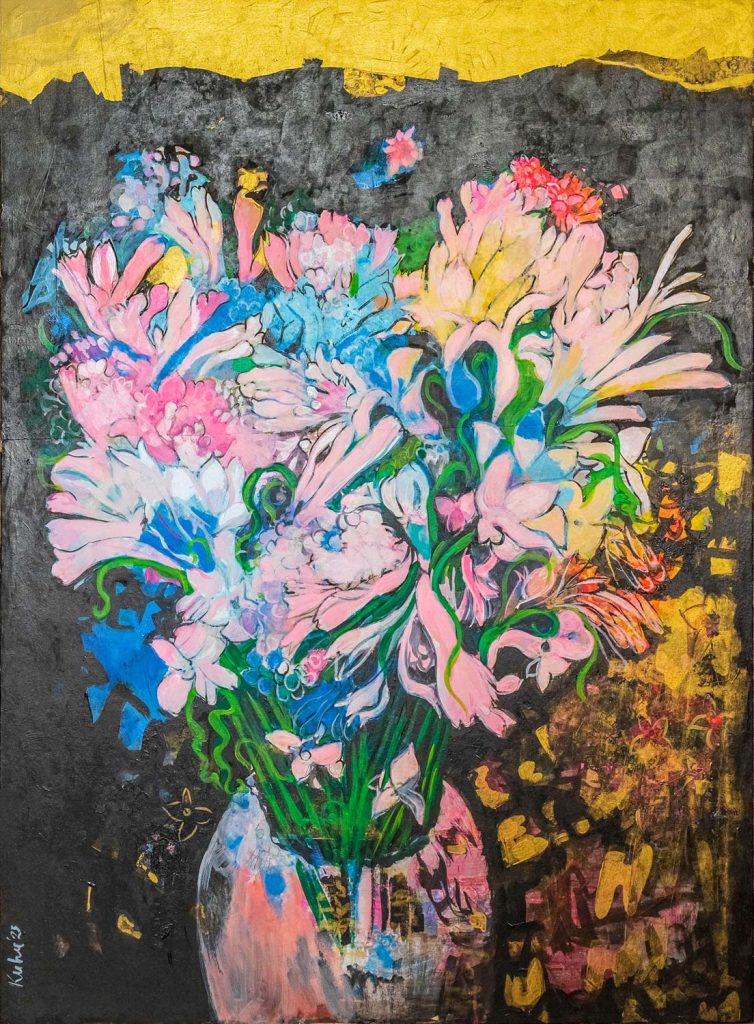
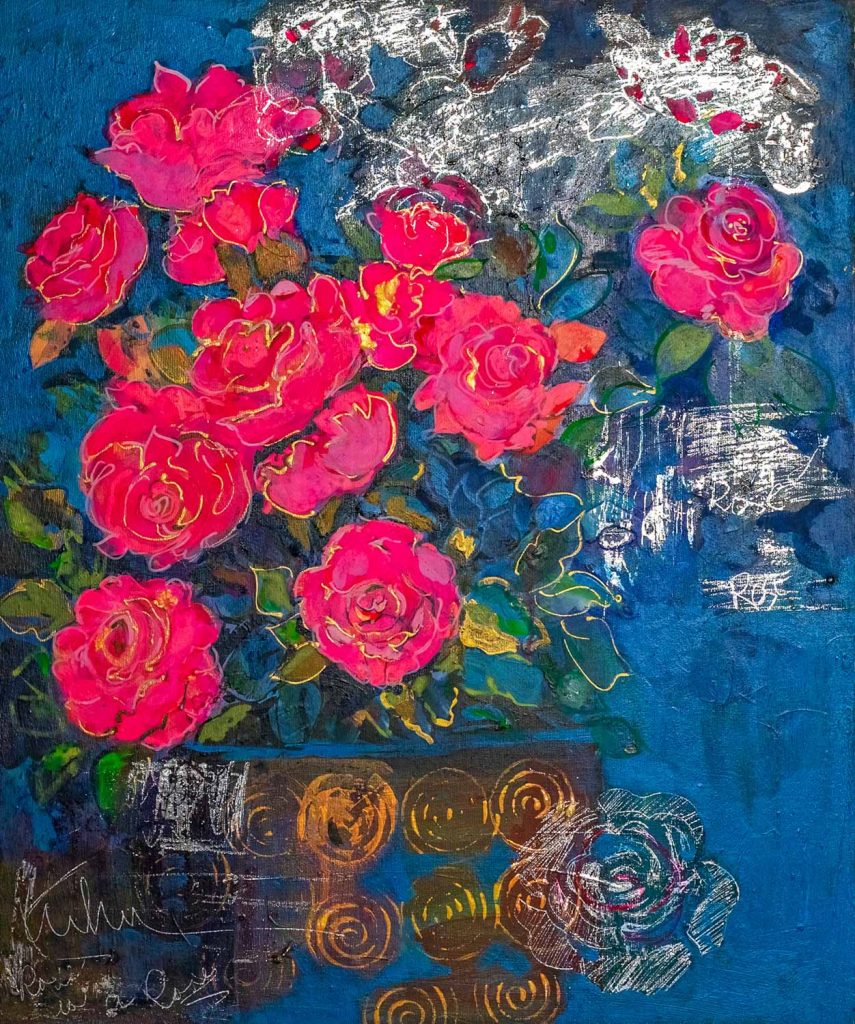
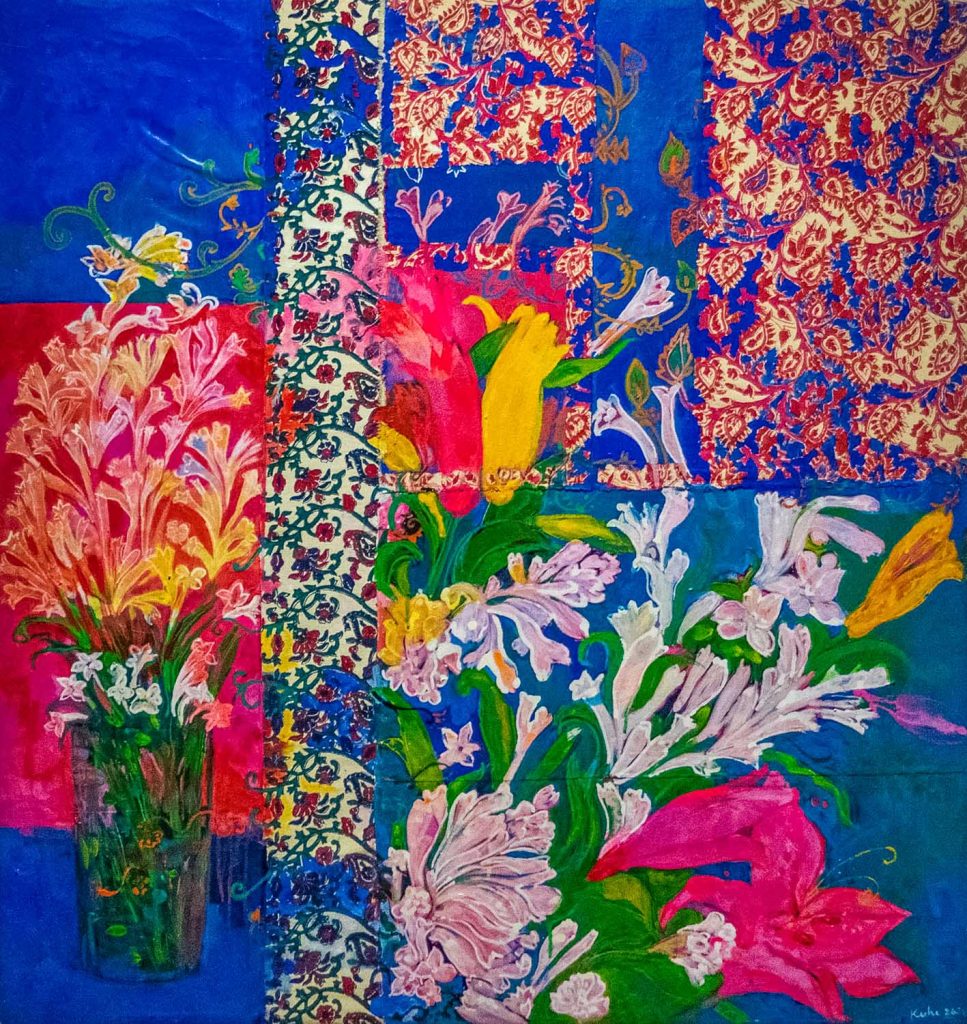
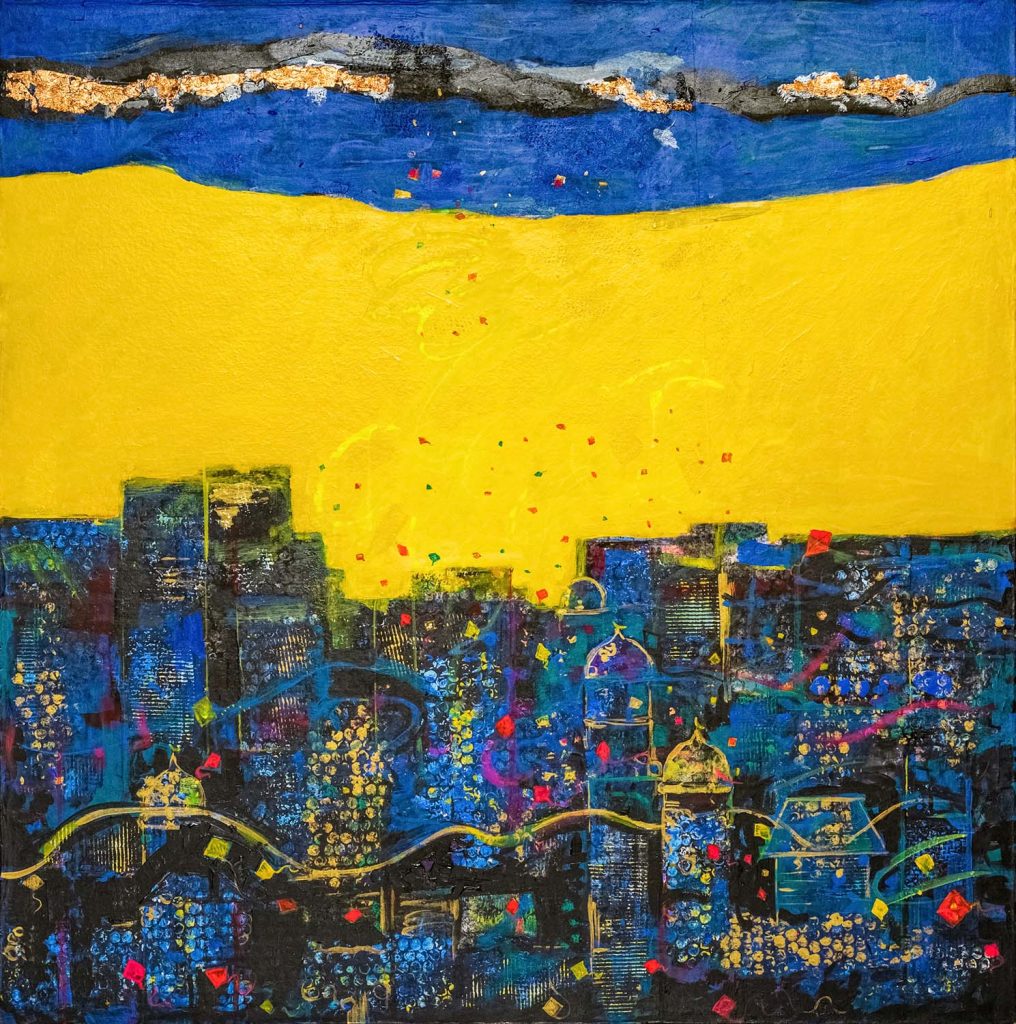
Kuhu Plamondon’s artistic journey began at an early age when she discovered her profound love for expressing herself through visual art.
Raised in a family that nurtured her creative spirit, she honed her skills through formal education in fine arts.
Her mother always inspired and encouraged her. Plamondon’s journey took her across various artistic landscapes, including painting and fashion design. Her relentless pursuit of exploration and experimentation led her to create works that transcend traditional boundaries, captivating viewers with their innovative and thought-provoking nature. She holds an M.F.A. in Drawing and Painting from the University of Dhaka’s Institute of Fine Arts. One of the defining characteristics of Kuhu Plamondon’s art is her distinctive style. Her works often feature a harmonious blend of flora and fauna intertwined with feminine forms, showcasing a deep understanding of form, color, and composition. Plamondon’s mastery lies in her ability to evoke emotions through her art, drawing viewers into a world of introspection and contemplation. Where many of the painters and artists find village landscape preferable she is more into the city landscape. The Dhaka city buildings, lights, chaos, and busy people rush from one place to another. Kuhu Plamondon calls them butterflies. Her use of vibrant hues, intricate textures, and bold brushstrokes adds depth and dimension to her creations, creating a dynamic visual experience for the audience.
Kuhu’s creative output is evidence of how strong her imagination is. It displays her personal style and cultural background.
Plamondon’s art is deeply rooted in her personal experiences, as well as her observations of the world around her. She explores a wide range of themes, including identity, nature, spirituality, and the human condition. Through her art, she invites viewers to reflect on their own existence and engage with the complexities of life. Plamondon’s work often incorporates elements of surrealism and symbolism. However, she imbues her creations with a unique voice, blending these influences with her own introspective narratives. Kuhu Plamondon’s artistic talent has garnered recognition and acclaim both nationally and internationally. Her works have been exhibited in prestigious galleries and museums, captivating audiences with their evocative power. Plamondon’s ability to communicate profound emotions through her art has resonated with viewers, eliciting deep connections and conversations. Collectors and art enthusiasts eagerly seek out her pieces, recognizing the timeless value and inherent beauty of her creations.
Her fashion sense has also added a new dimension. A unique kind of styling with different patterns. She is evolving in every spare.
As Kuhu Plamondon continues to push the boundaries of artistic expression, her future promises even greater artistic exploration and innovation. Her dedication to expanding her creative horizons and challenging conventional norms ensures that her body of work will continue to captivate and inspire. As the art world evolves, Plamondon’s contributions will undoubtedly play a significant role in shaping the discourse around contemporary art. Her message for the young artist is that they should work on our heritage. Our country has a rich art and cultural heritage. So, we should represent it to the whole world.
Kuhu Plamondon’s artistic journey is a testament to the power of imagination, experimentation, and the unyielding pursuit of creative expression. Through her distinct style and profound thematic explorations, she has emerged as a visionary artist, leaving an indelible mark on the art scene. With each brushstroke, Plamondon invites us to dive into the depths of our own consciousness and connect with the vast expanse of human experience. As her art continues to evolve, we eagerly anticipate the new realms of creativity she will explore, forever changing.
Kuhu Plamondon’s influence extends beyond the confines of the art world, as she seamlessly integrates her creative vision into various facets of society. As a textile and fashion designer, she brings her unique aesthetic sensibilities to the realm of wearable art, transforming everyday garments into expressions of individuality and style. Her innovative approach to design, characterized by bold patterns and vibrant colors, challenges conventional norms and redefines the boundaries of fashion.
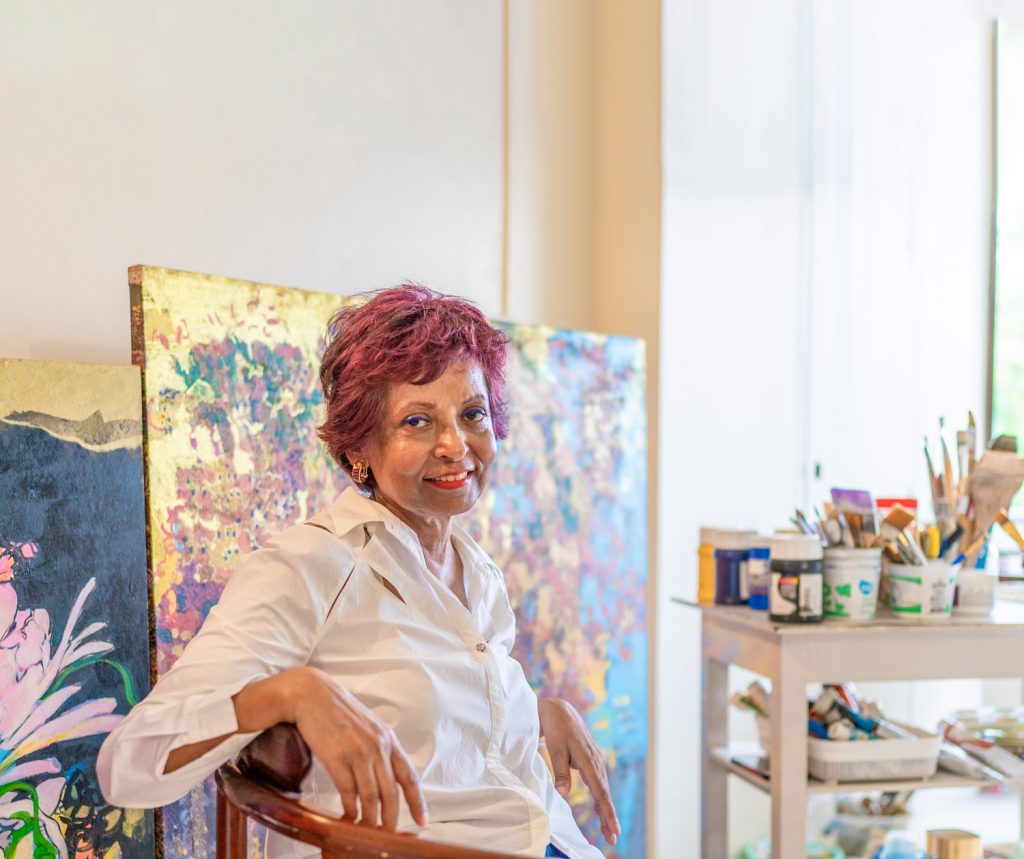
Furthermore, Plamondon’s advocacy for preserving and promoting cultural heritage serves as a guiding principle in her artistic endeavors. Through her work, she not only celebrates the rich artistic traditions of her homeland but also seeks to amplify marginalized voices and narratives.
In an ever-changing world, Kuhu Plamondon remains a beacon of creativity and inspiration, reminding us of the transformative power of art to transcend boundaries and unite communities. As we journey alongside her through the boundless realms of imagination and exploration, we are reminded of the limitless possibilities that await those who dare to dream and create. Kuhu Plamondon’s legacy is not just in her art but in the lives she touches and the hearts she inspires, leaving an enduring imprint on the canvas of human history.
5. From Easel to Eternity – Sourav Chowdhury
“My interactions with art began before I could even write–there is a longing in me to continue to create until time ends.” Visual artist Sourav Chowdhury’s everyday life is dipped with color as the artistic director for Cosmos-Atelier 71 Studio. The artist recently held his 5th solo exhibition at La Galerie Alliance Française De Dhaka.
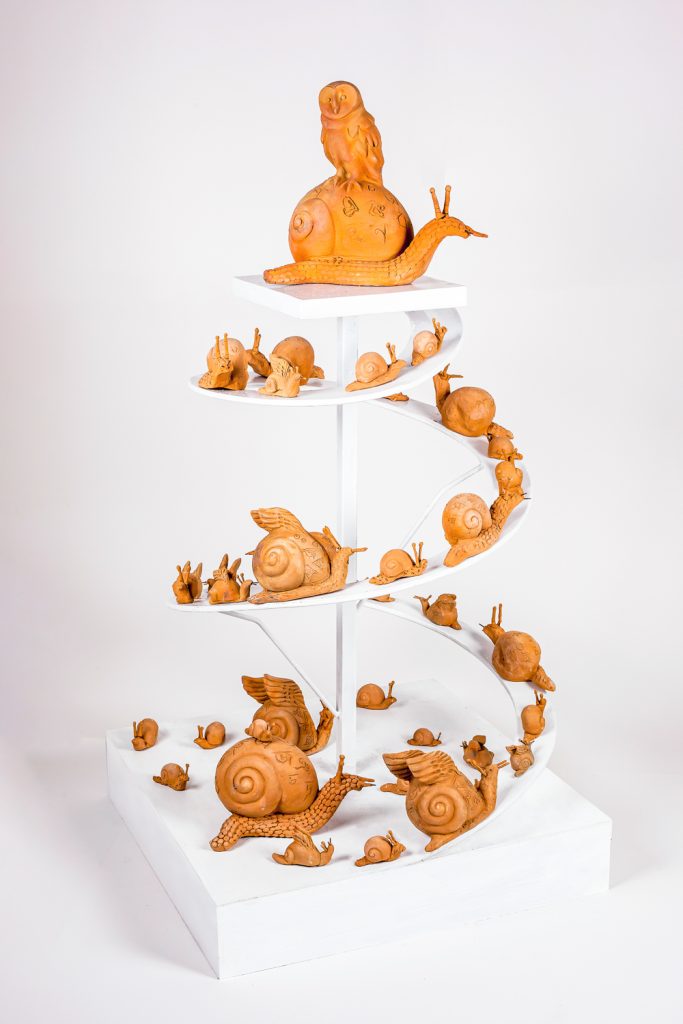
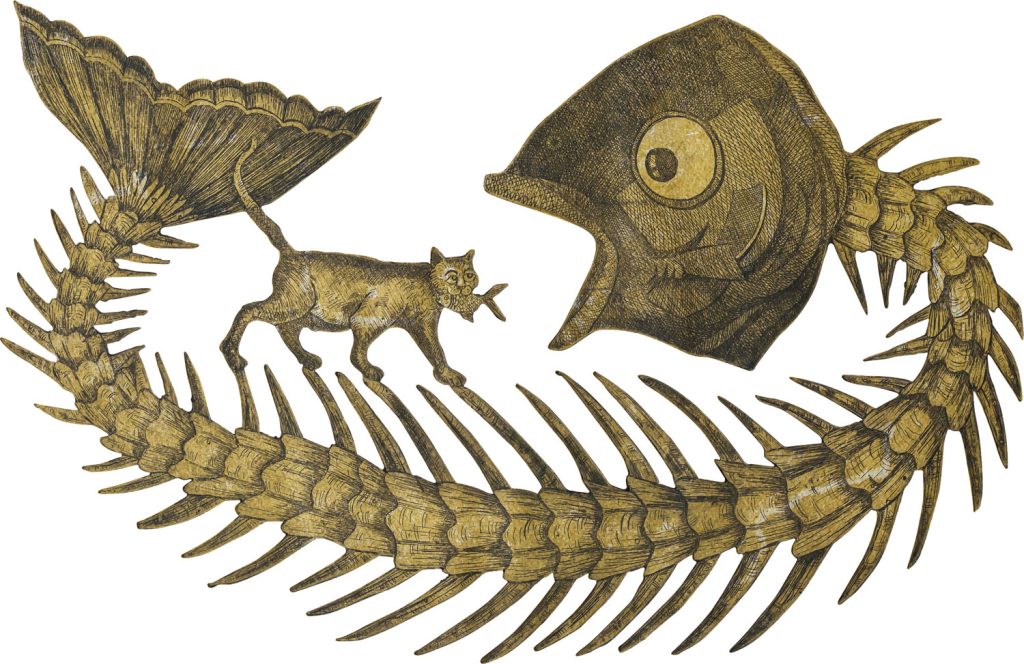
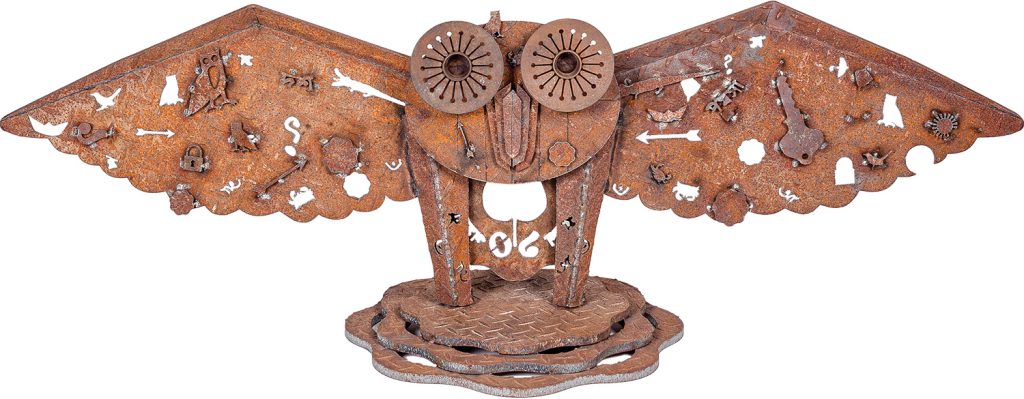
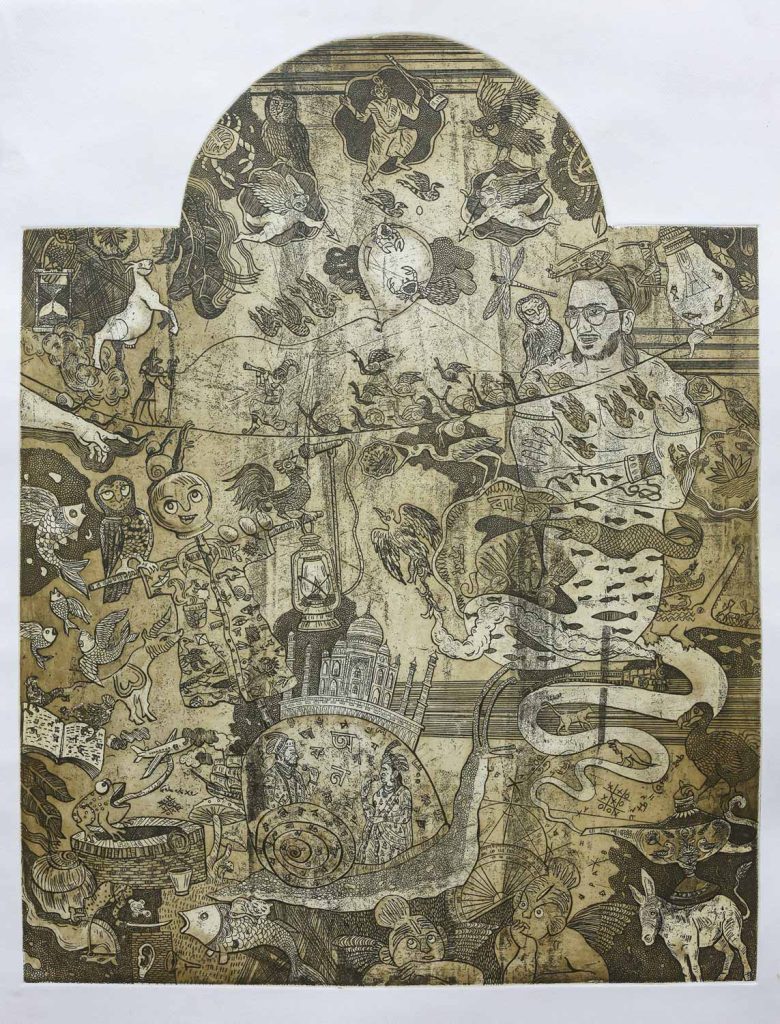
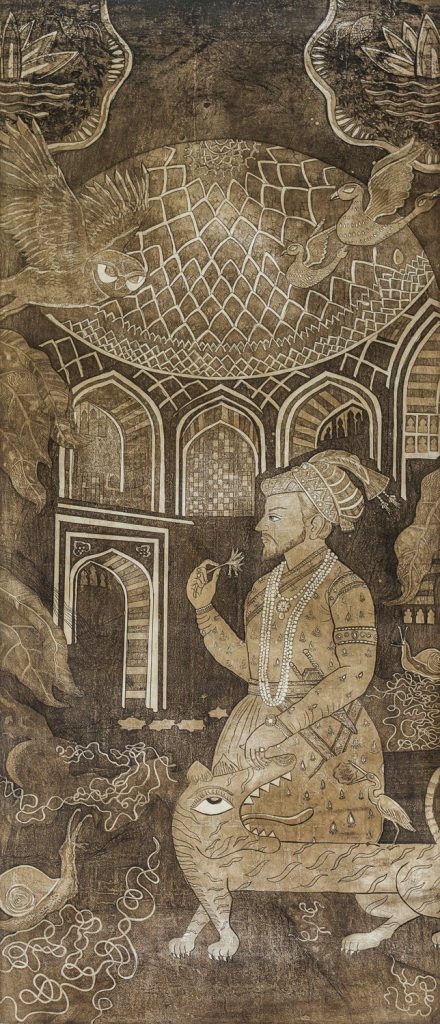
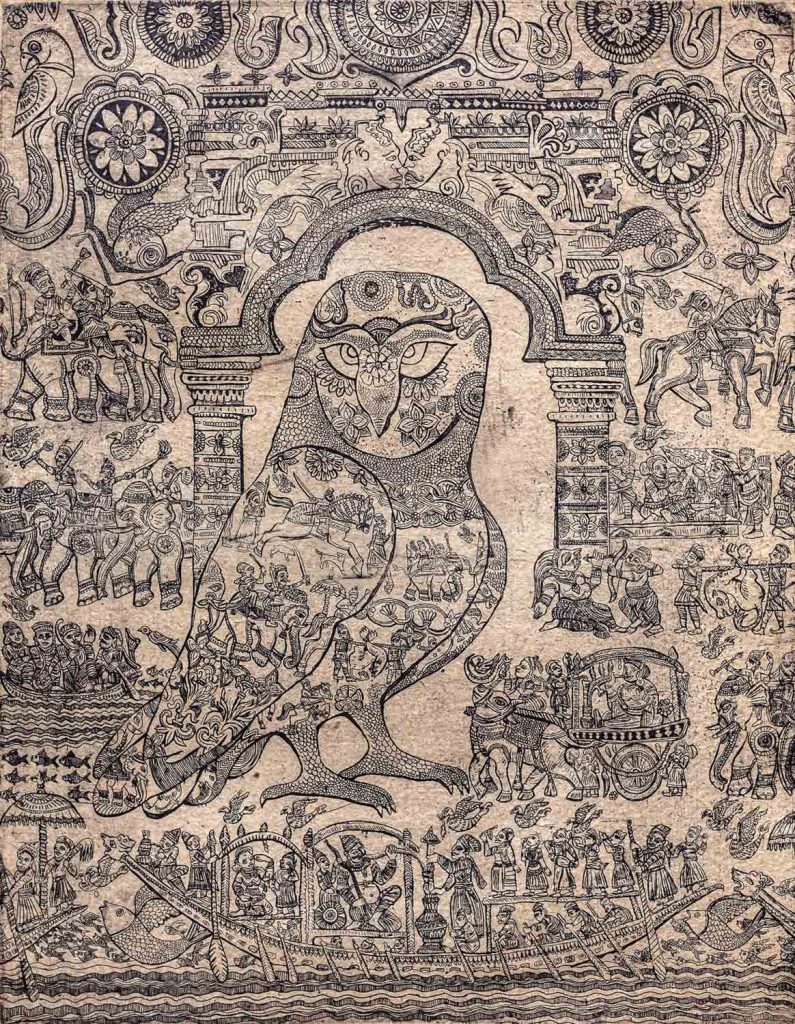
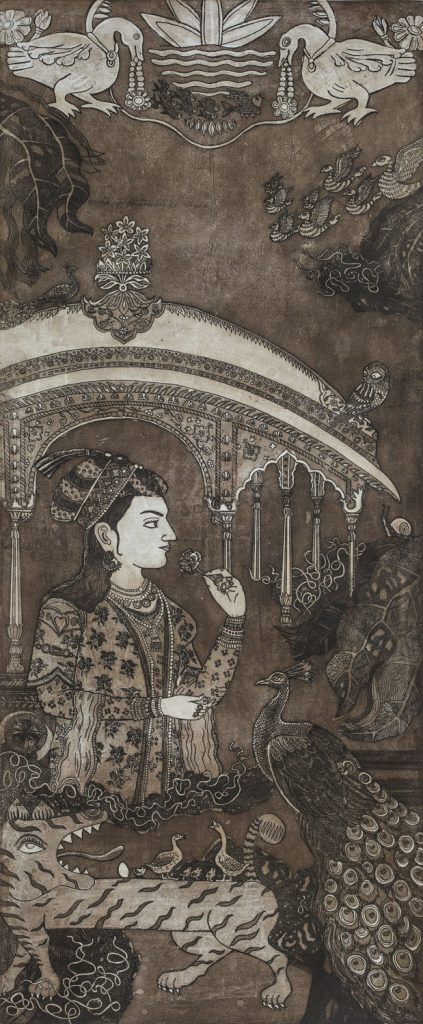
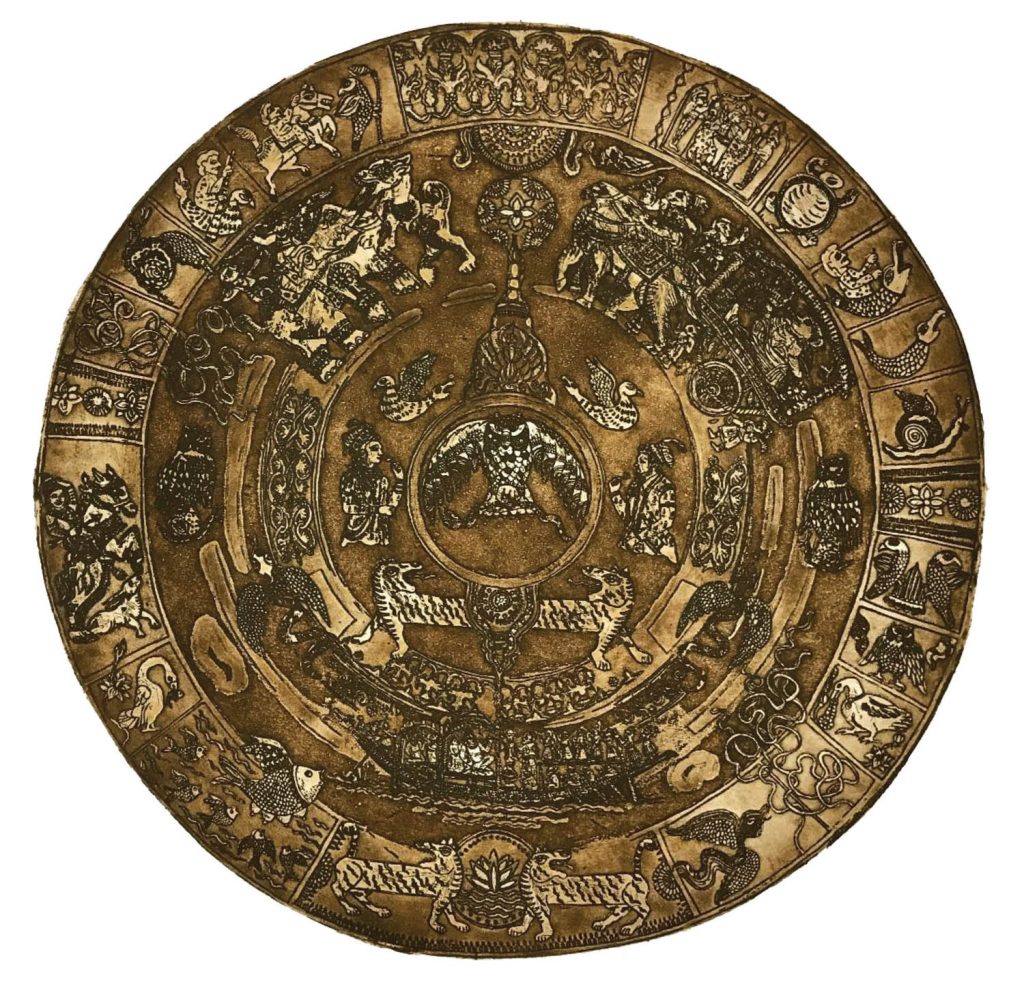
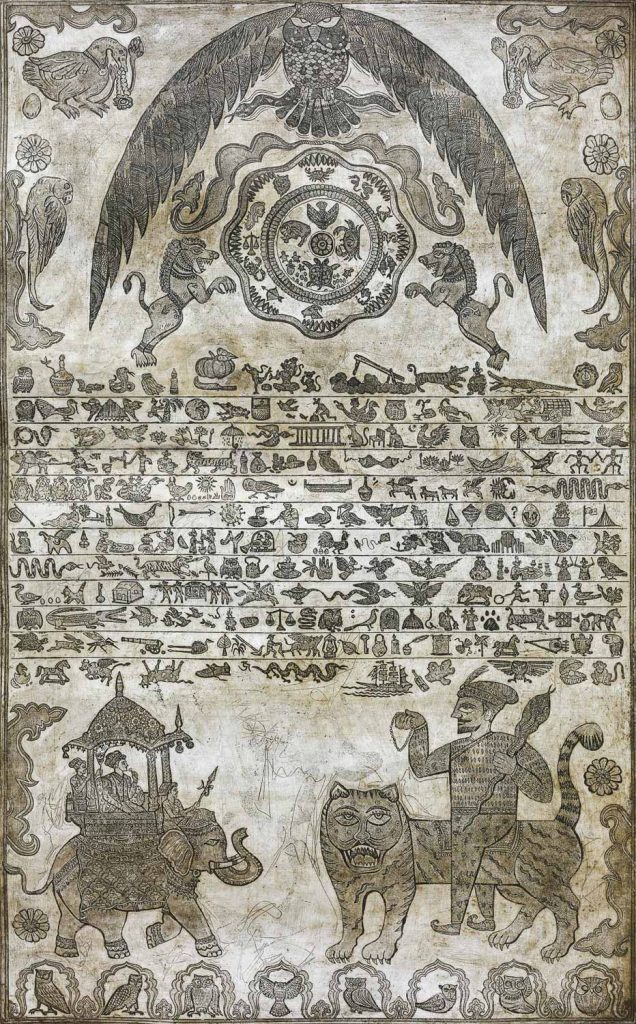
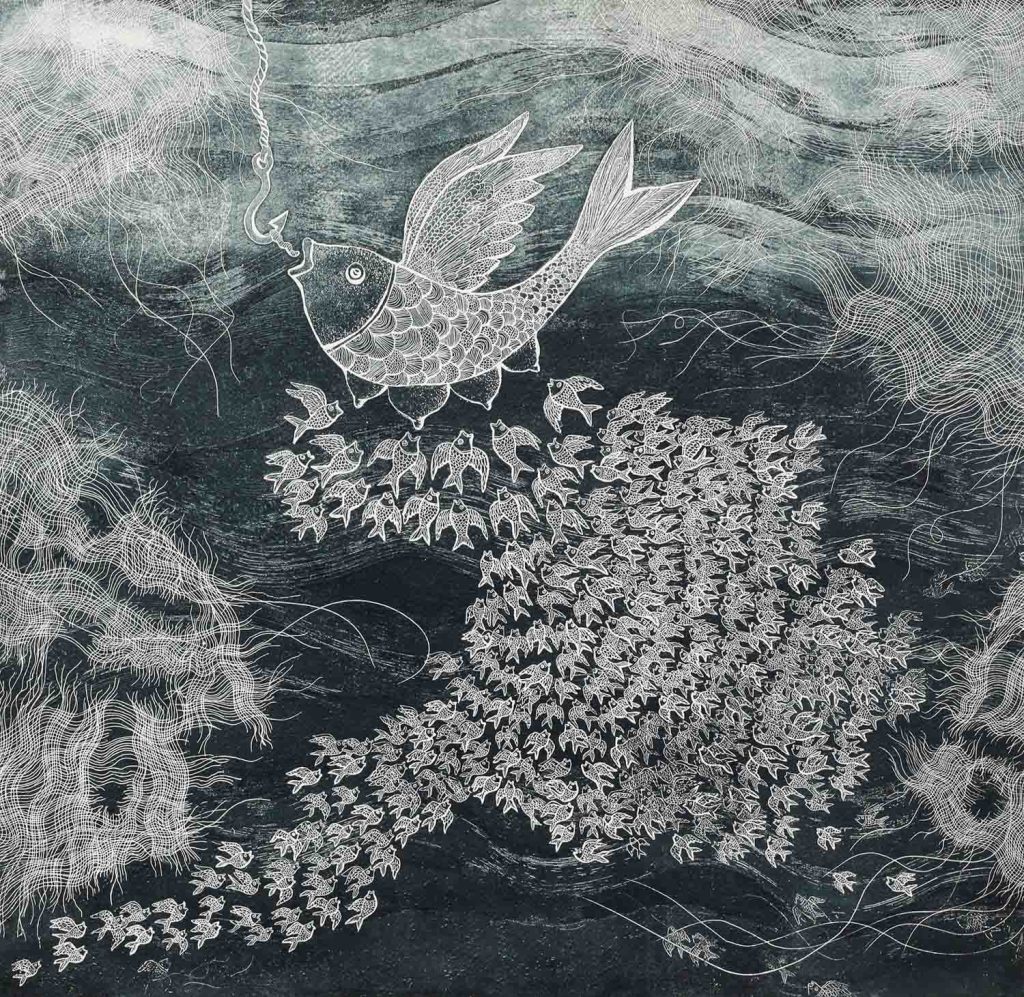
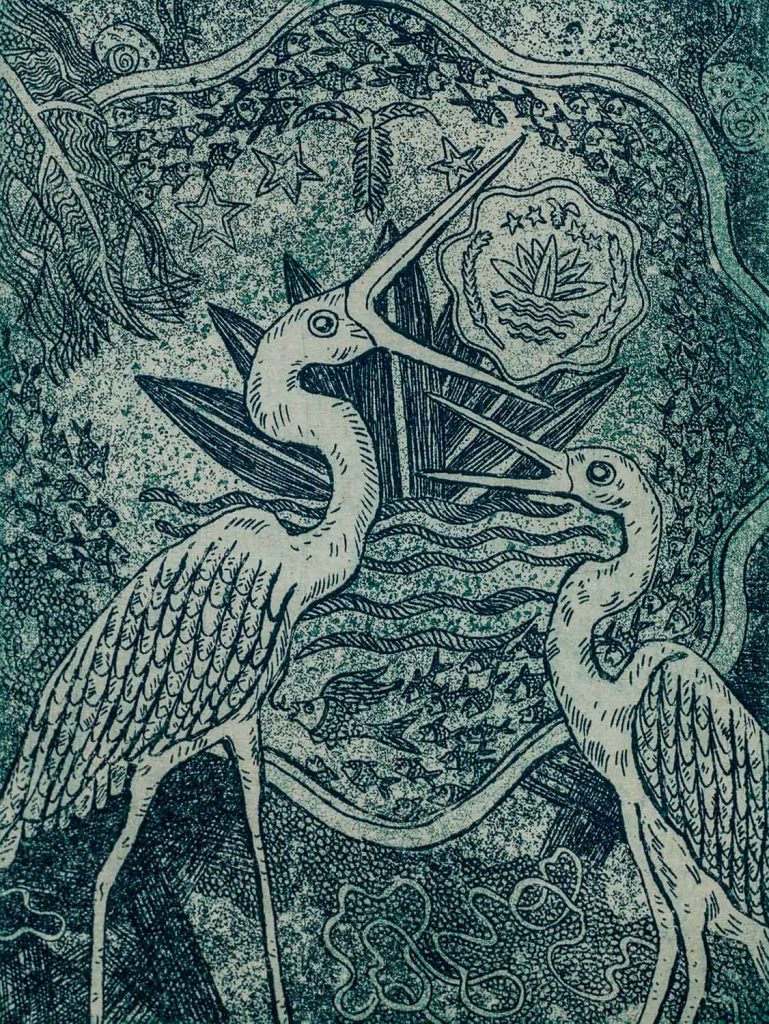
Returning to the mold that shaped his journey, Sourav Chowdhury notes, “My mother, father my entire family were supportive of my interests. Especially my father, a doctor but there were many occasions when he created art, for me, to show me. I was inspired immensely by him. Then began my art competitions, then my admission into Charukola, and after graduating I’ve continued to still be immersed in art years later.” Chowdhury’s first exhibition was also held at Alliance Française De Dhaka back in 2016. The following two exhibitions were held in Russia, in Moscow and Cherepovets. The artist also held a solo exhibition at the Russian embassy after his return to Bangladesh. His series “External Existence” has been ongoing for nearly 13 years. Expanding on his motivations behind this series, the artistic director states, “When I was nearing my graduation, like most artists, I too wanted to focus on developing my art style. I began isolating my areas of interest based on this need. That’s when I released the pull I’ve always had towards our folk motives, our traditions. I’ve long wanted to turn back time to step into that world, to visit those places resting in history, if only I had a time machine. But I don’t have a time machine so I make do with my desires through my work. I journey through time through my art.”
Journeying through various cultures at various times of history, the artist creates an amalgamation between these elements to form a language of art unique to him.
“I sometimes step into the history of Egypt. I sometimes create a mixture of the Egyptian style of hieroglyphics and interpret their stories in the form of our traditional folk motifs and proverbs. Sometimes in a humorous manner. At times I go to the age of the Mughals and carry our folk motifs and animals back with me. Some days I visit Mesopotamia or the time when people lived in caves. I have traveled thousands of years and I hope to travel a thousand more with this series of mine,” says a nostalgia-driven Sourav Chowdhury. Brought up in a very cultural atmosphere, the artist draws a lot of inspiration from himself. Devoted to nature and animals, his works showcase a number of these elements scattered throughout. Chowdhury states, “Although we live in a city with limited spaces, I believe that we all could nurture a bit of greenery. I have tried to create my small garden. There are a lot of animals, dogs, and cats that reside on the street where I live. I try to feed them as best I can. I believe that we all can make a difference, bit by bit.”
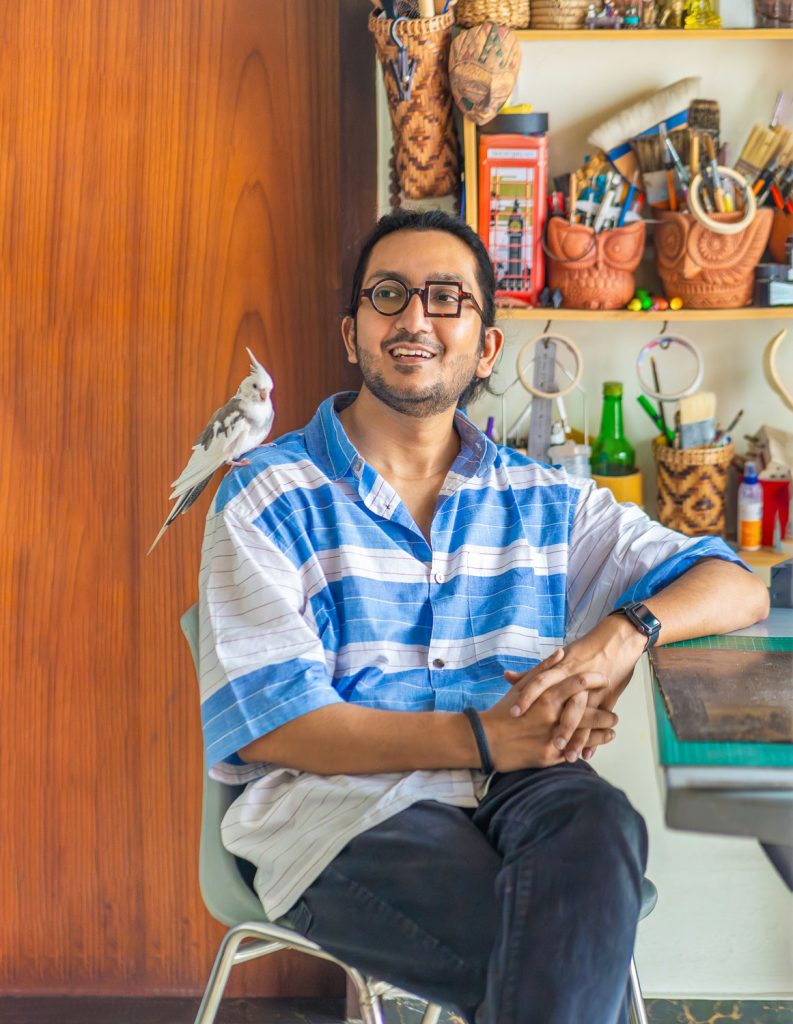
Expressing his adoration of “the artists before me”, he states,” I’m quite inspired by the artists before me, the ones who are with us and the ones who are not. I try my best to spend time with these artists and to listen to their stories. They’ve struggled quite a bit to get the resources that are now easily available to us. I was lucky enough to be around Kalidas Karmakar during his lifetime. The energy that he had was quite extraordinary. He was more than twice my age but his energy was on a different level than us. It pushed me, if this individual at this age can work at this pace, what is stopping me?” Holding dearly to his need to create, Sourav Chowdhury sketches something or the other daily, he notes, “I love to sketch, I try to do so every day. On the days I am unable to do so, it feels as though something has gone missing. Some elements come through in these small sketches that often come through when I sit down with bigger works.”
The visual artist notes his belief that “if the majority of people tried to patronize art, collect works, it would create a beautiful cultural atmosphere amongst us. I do see a change, it may be a slow process, but the change is evident.”
6. Realism in Renewals – Abdullah Al Bashir
Art, a form of meditation for Abdullah Al Bashir, has been a companion for the printmaker ever since his memory serves. Bashir completed his undergraduate degree and master’s from the Faculty of Fine Arts at Dhaka University in printmaking. He went on to get a second master’s degree from Yunnan University in China.
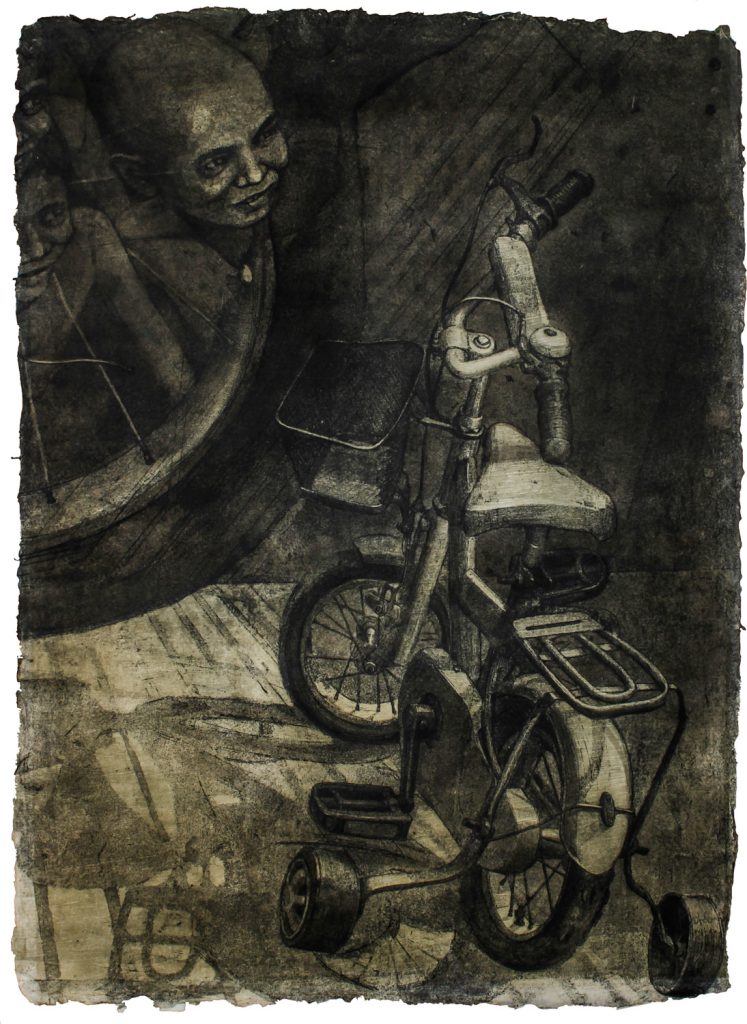
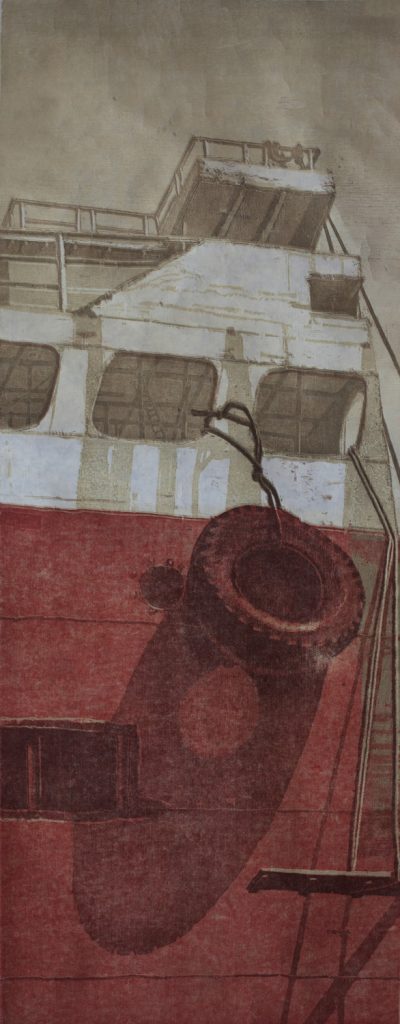
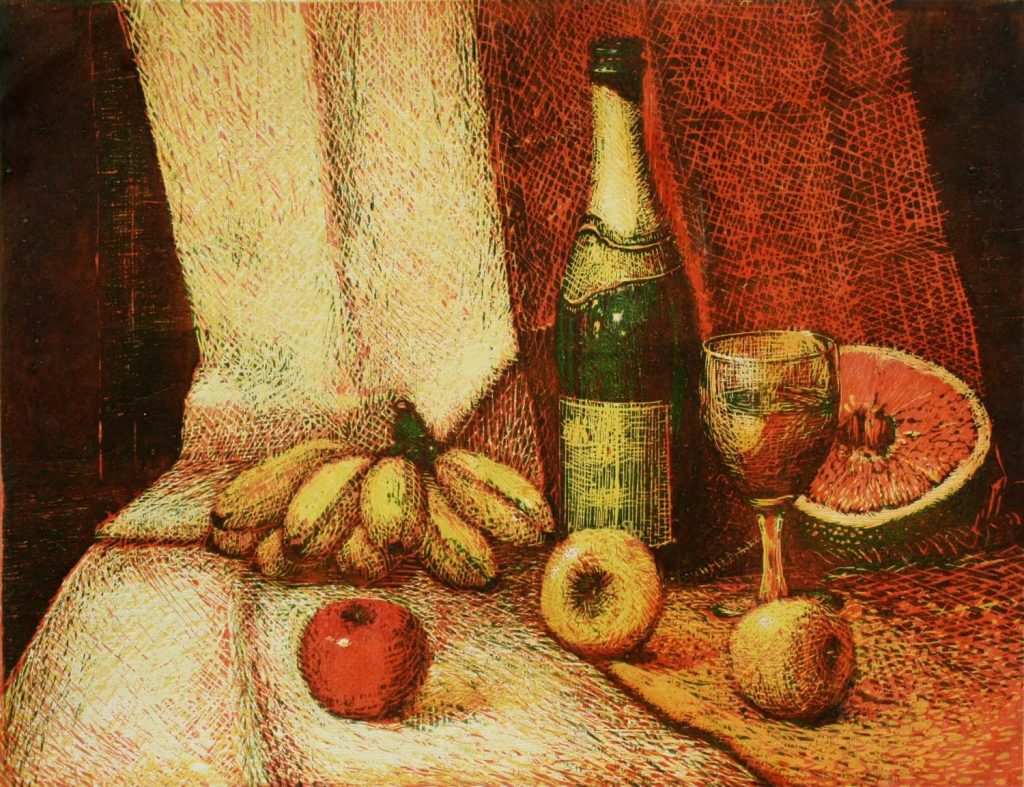
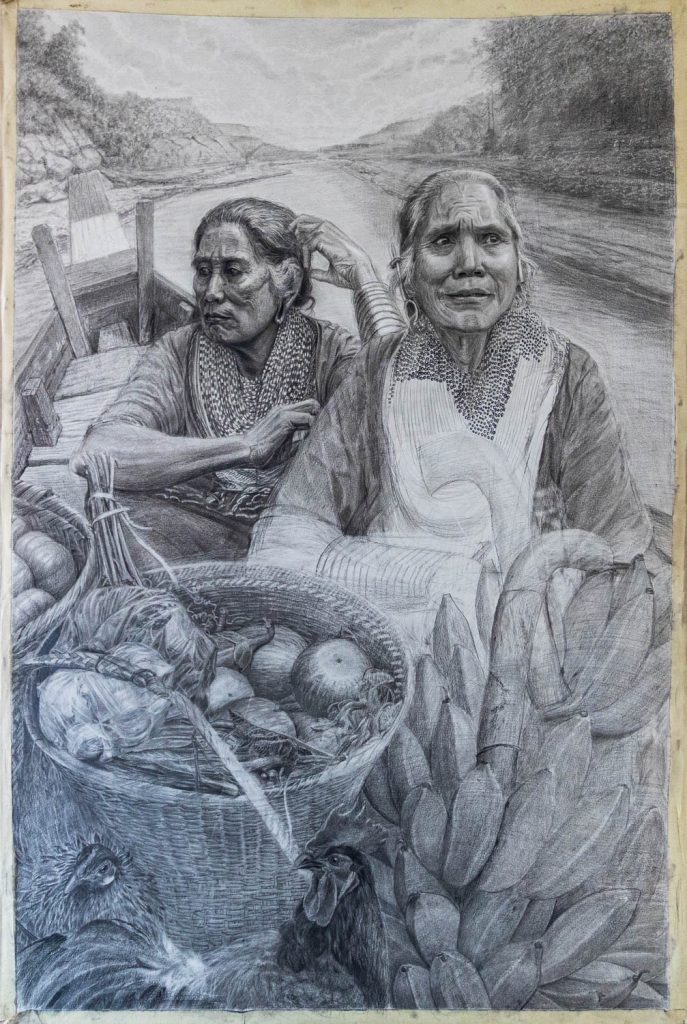
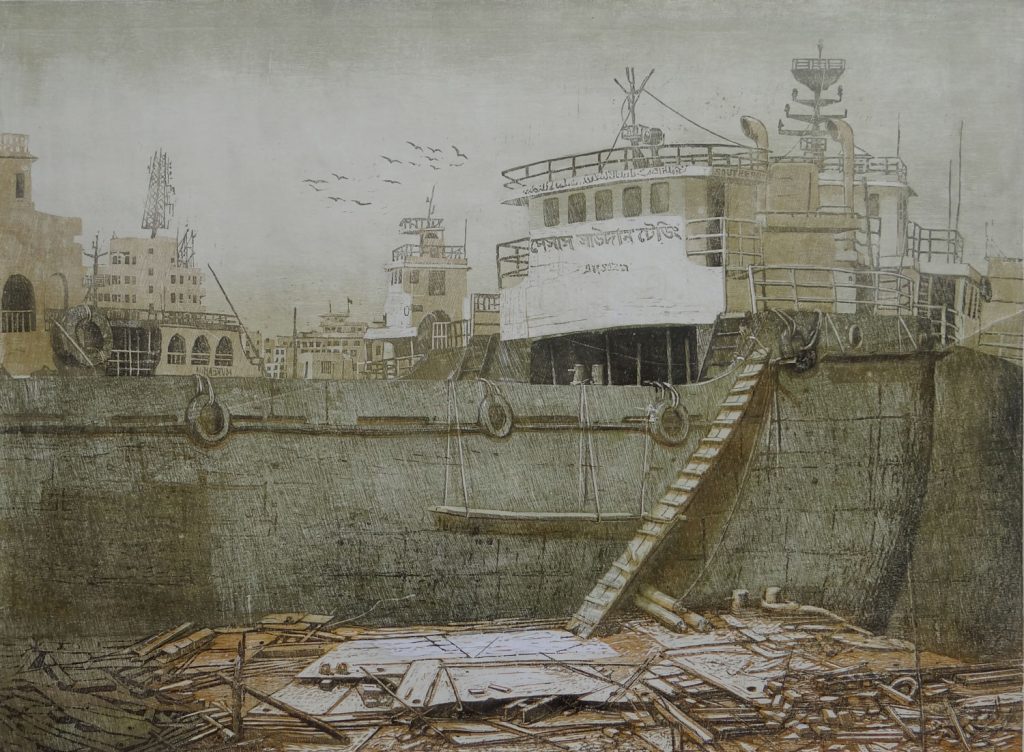
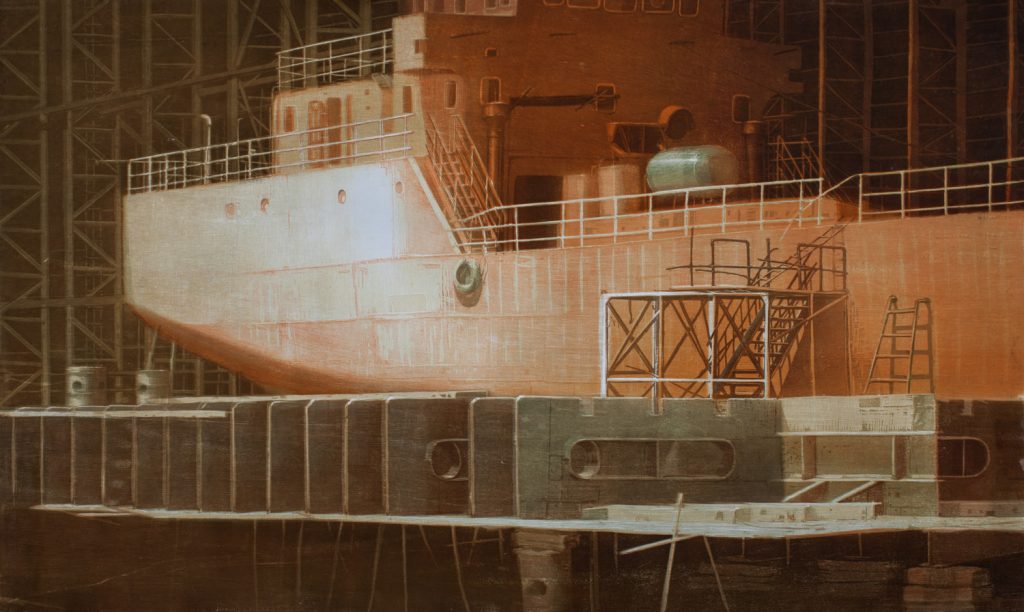
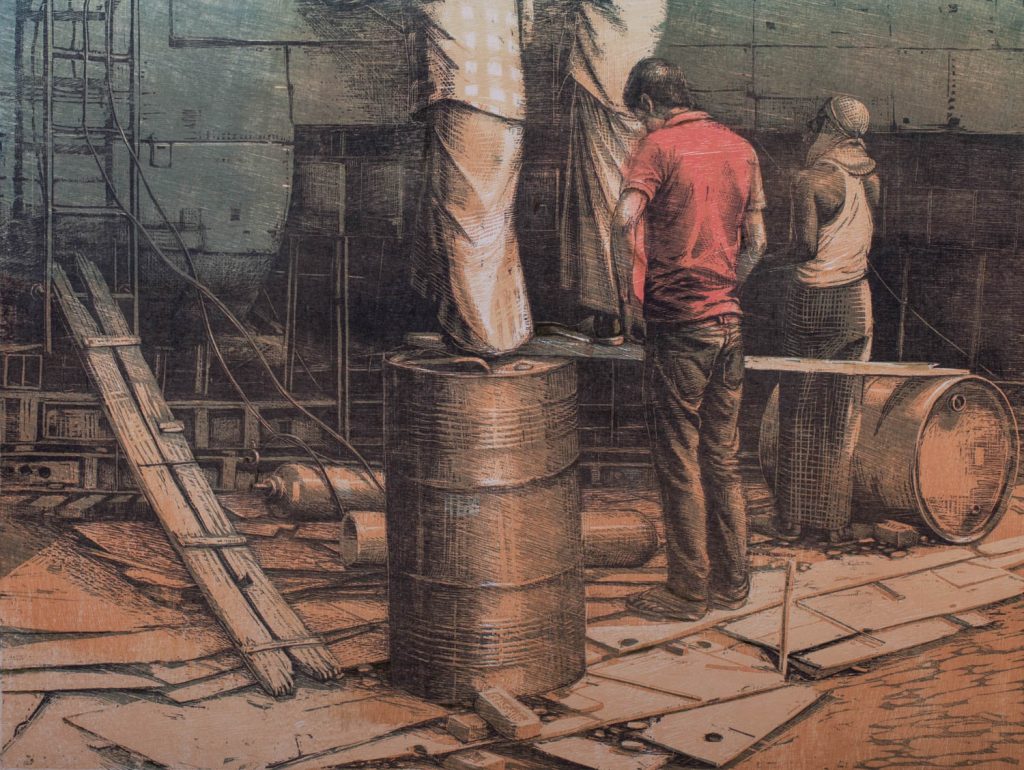
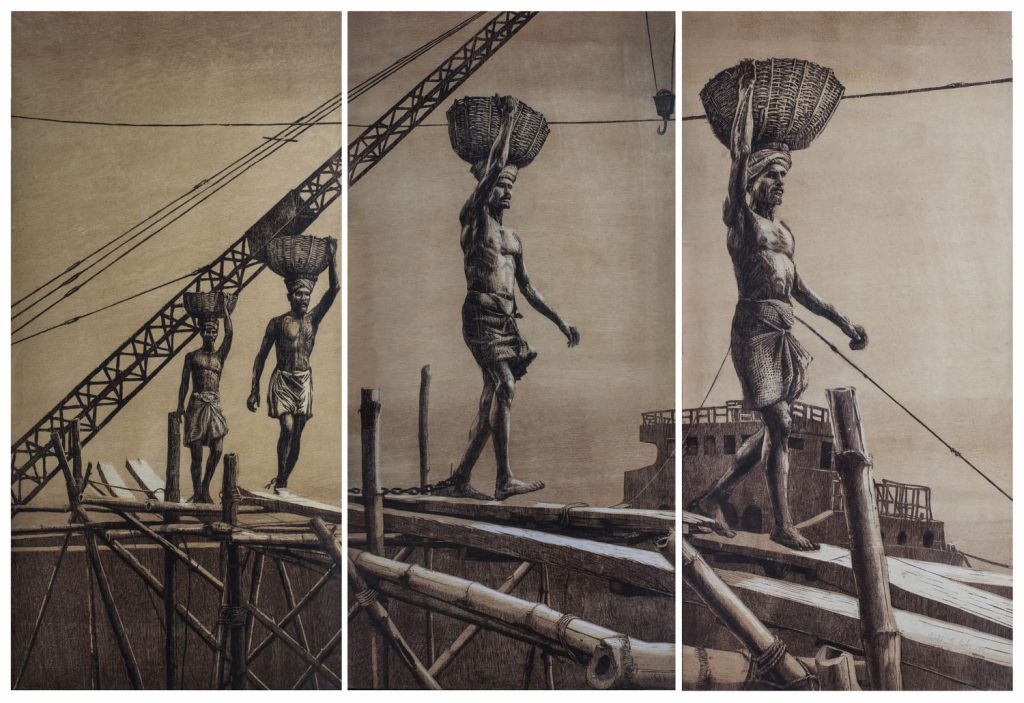
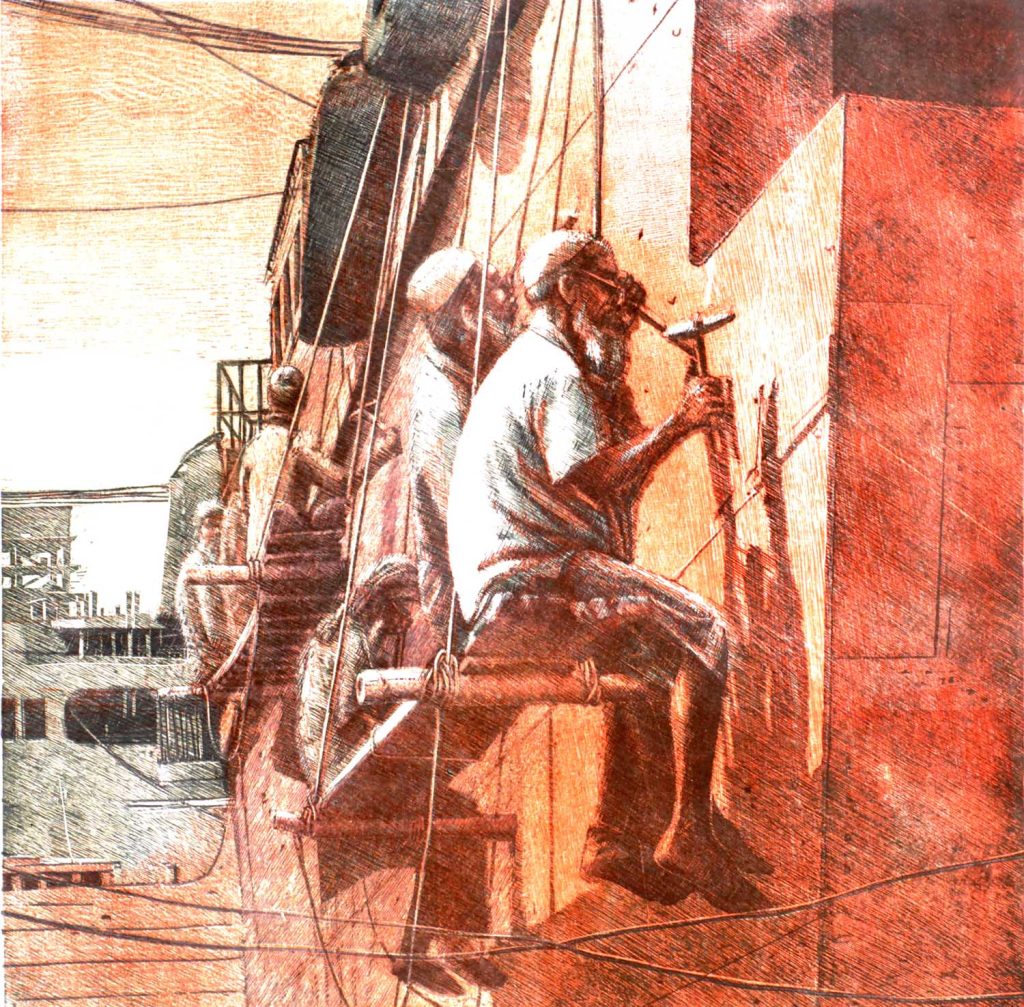
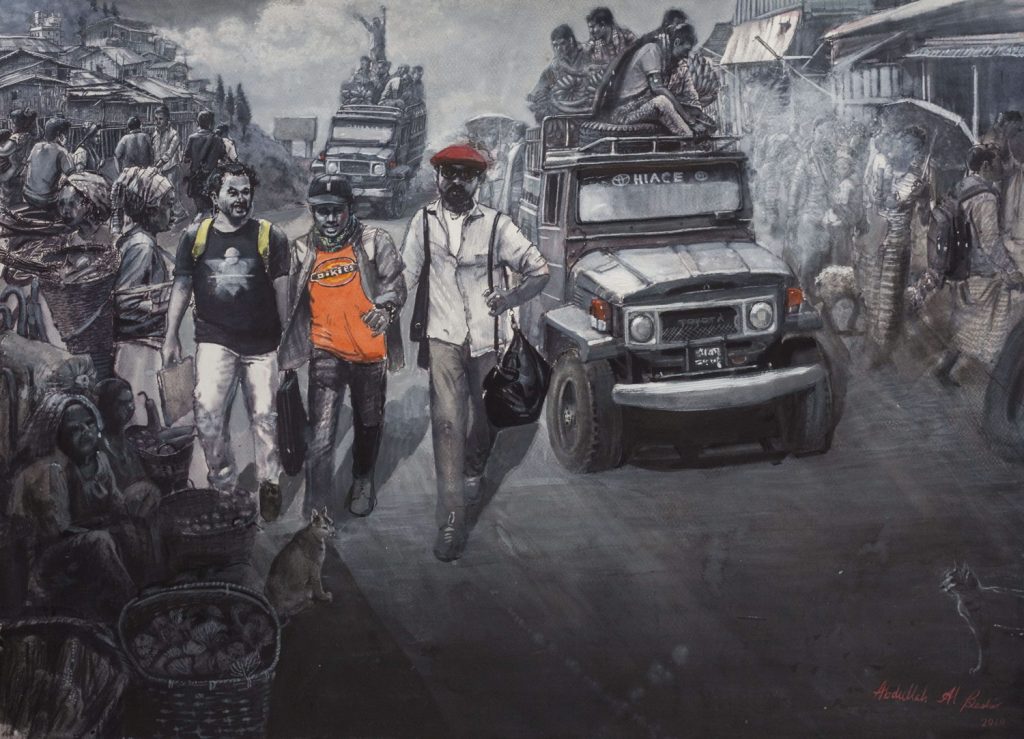
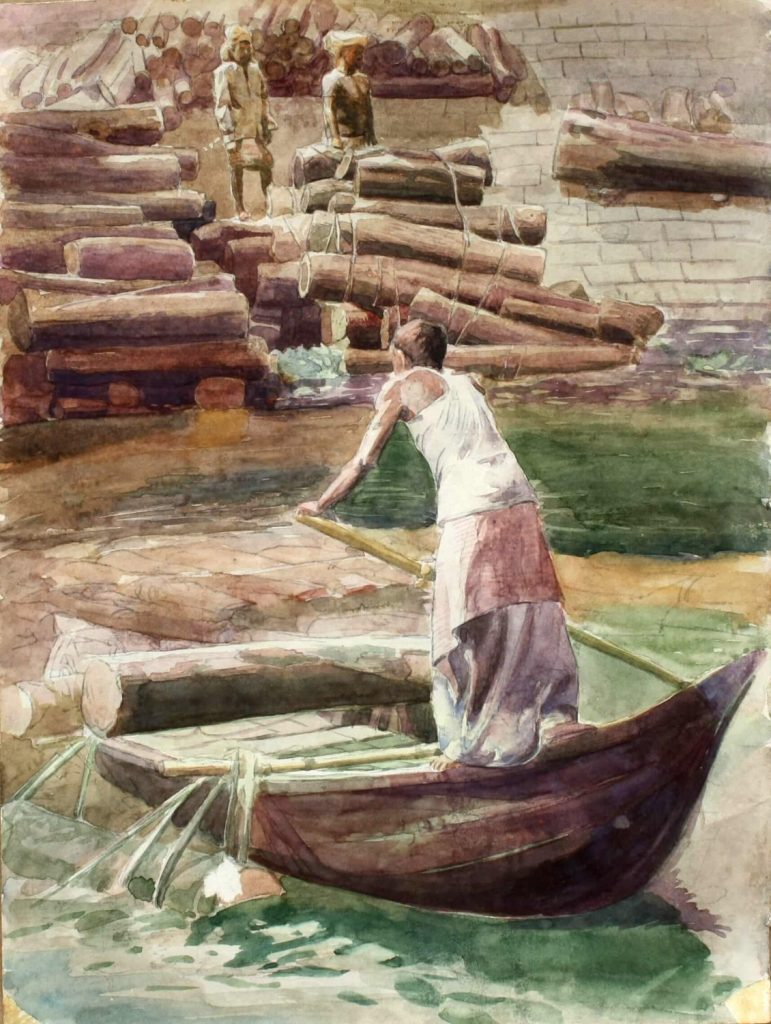
Growing up in Satkhira, Abdullah Al Bashir found solace in art when his brother left for college. He states, “You could say I spent a lot of time by myself when I was younger. My older brother went to cadet college, so I became alone. I used to paint a lot by myself. I think that’s where my fascination towards art began.”
Through experimentation and experience the artist discovered the nuances in artistic mediums, however he has come to develop a strong inclination towards wood cuts.
Abdullah Al Bashir’s solo exhibition at La Galerie, Alliance Française de Dhaka (AFD) was titled “Evolution” showcasing the oldest form of printmaking, woodcut on paper. The artist notes, “Before I first joined Charukola, I assumed that there would be a focus on painting and watercolor. It was later that I found out they have eight departments that focus on various mediums. Through experimentation, I realized that I was good at printmaking, so I made it my focus. But I quite enjoyed it. I was particularly fond of woodcut prints, so I continued with that. My recent work was also on woodcuts. My Masters in China is also on woodcuts.”
During his time in China, the printmaker faced a period where he was unable to work with woodcuts due to a lack of space. Bashir shares a sort of frustration that built up as he was unable to pursue the form he was there to study. He states, “I turned to watercolor during that period. I questioned myself, what am I doing, what is my purpose? There was a sense of uncertainty. I saw a shift in my watercolor during that period. When I was finally able to work with woodcuts again, I saw a shift in my method there as well. I saw the beginnings of realism.”
Describing his influences for “Evolution”, Abdullah Al Bashir shares his philosophy, “Where I lived growing up in Khulna, Sheikhpara had an iron workshop nearby. I used to observe how they would mold and deconstruct ships. When I came to Dhaka, I noticed a similar pattern of breaking and renewal. When a shipwreck goes to a factory to be remade, it goes through a long process and every piece has its own history. These wrecks, having made numerous voyages, come to this stage. It has returned many passengers to their rightful paths, you could say it provided guidance.”
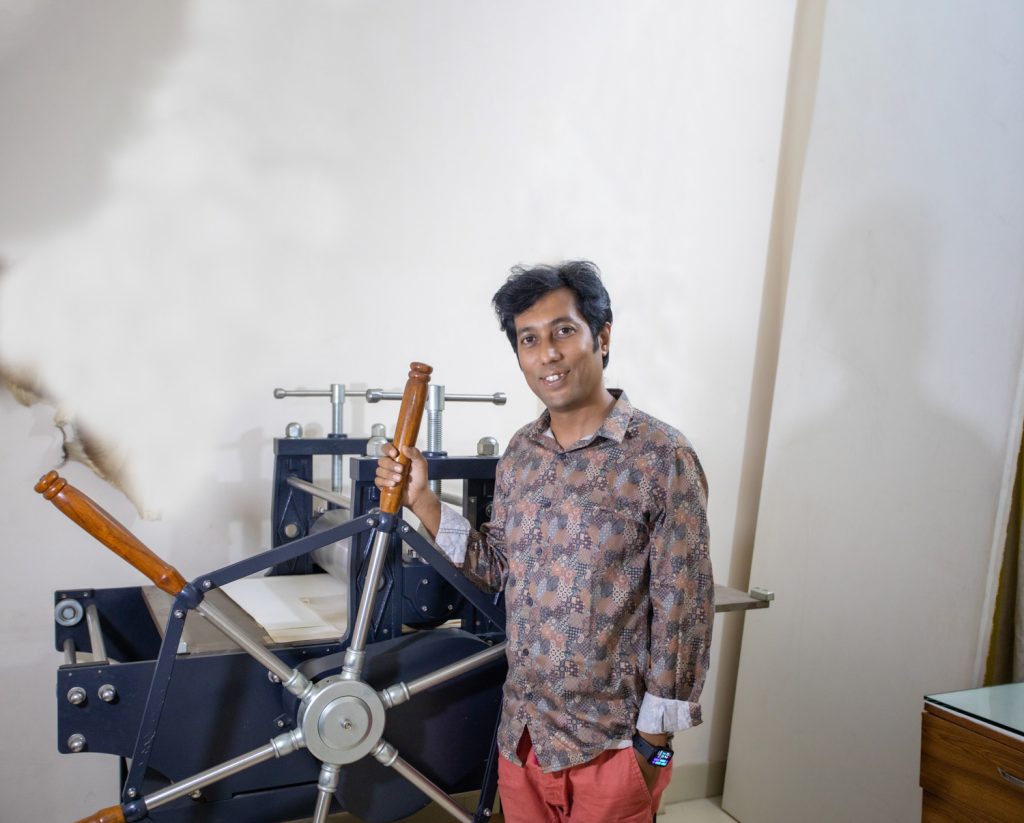
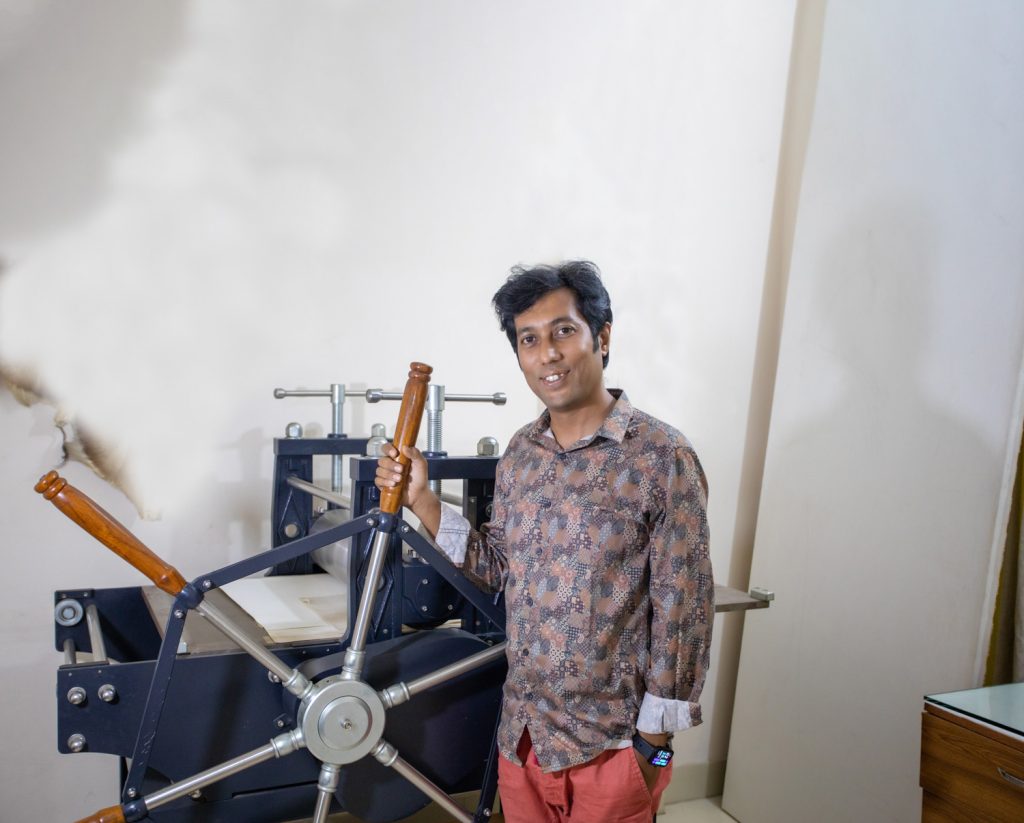
He has an assigned role for each medium, “I turn to watercolor as a form of meditation. When I wake up, every day I exercise and meditate, and then I take an hour or so to work with watercolor. In 2005 when I joined Charukola, I wanted to see if there was something different I could do with watercolour. I wanted to do hyperrealism. I’ve done photorealism with watercolor, and I am slowly moving towards hyperrealism. I was initially confused. The internet facilities that students nowadays have at their fingertips are not a thing in our time. I began my path into watercolor in black and white. After years of practice, I have a grasp on colors in the medium as well.”
During his time in China, Al Bashir was heavily influenced by a master artist’s work and an African catalog, noting, “The watercolor was not photorealistic, it was hyperrealistic. I was mostly intrigued by how the small details are the main focus of this concept.” Abdullah Al Bashir shares that he is currently working on a charcoal series, “The series is based on the working class of people, their scars, the signs of years of hard work visible on their bodies. Through my photorealism, I aim to highlight the things the naked eye may pass by. We are quite impatient in our everyday lives, which I don’t blame anyone for. Life in Dhaka is fast-paced, we have an attention deficit that is reflected in the time we don’t have. I believe that there is nothing more satisfying than paying attention to the smallest details of life. I try to encapsulate that feeling in my work, so when someone is a viewer, they too can focus on the details that they may have initially missed in their lives.”
7. Nature’s reverie
Flowing through each canvas, Kamruzzoha art offers viewers the opportunity to behold sceneries halted in the softened embrace of time.
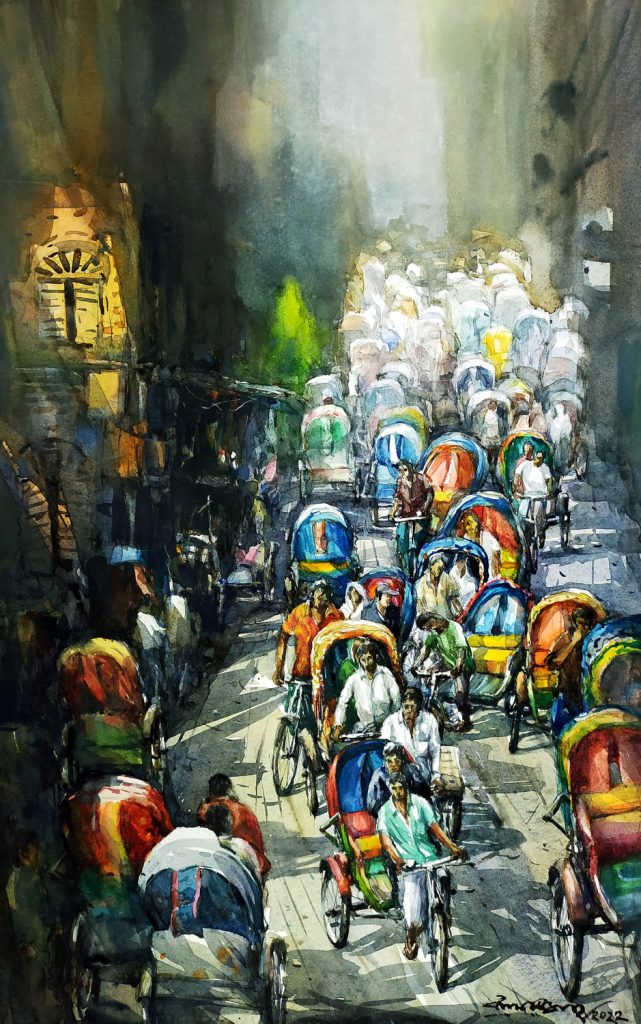
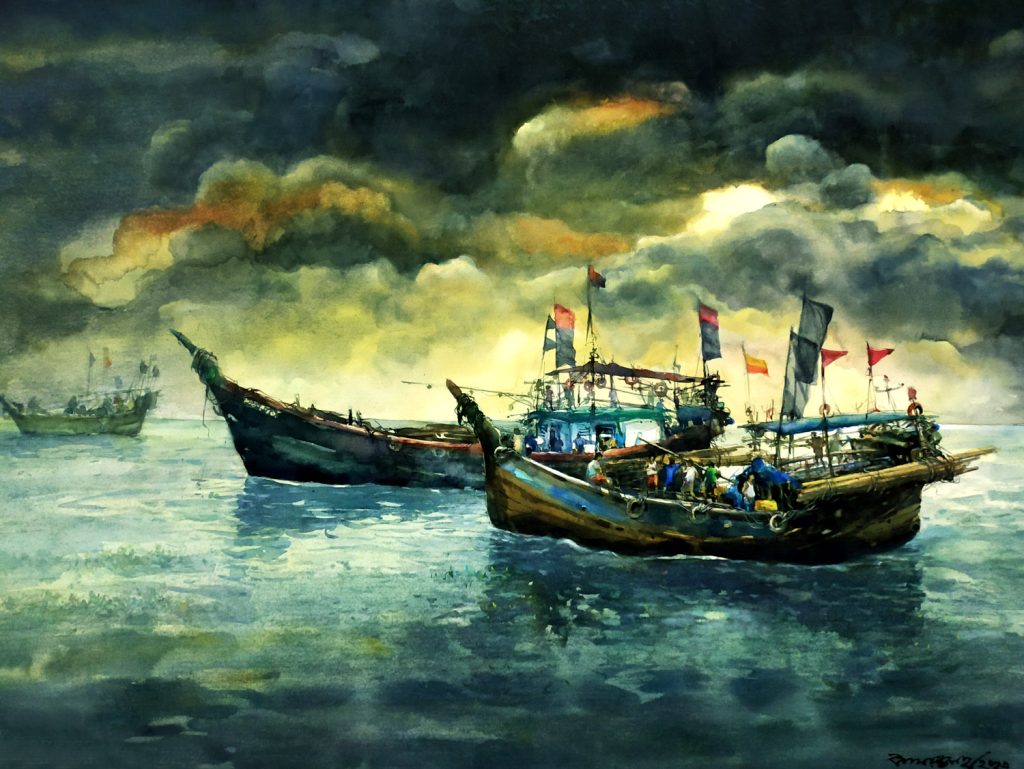
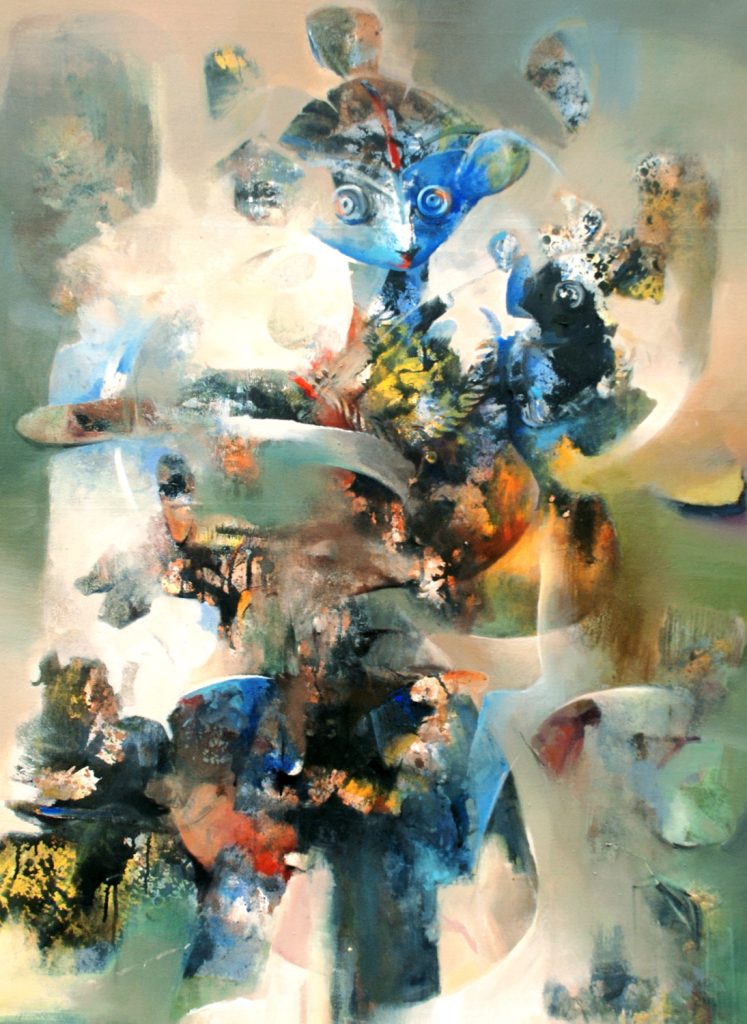
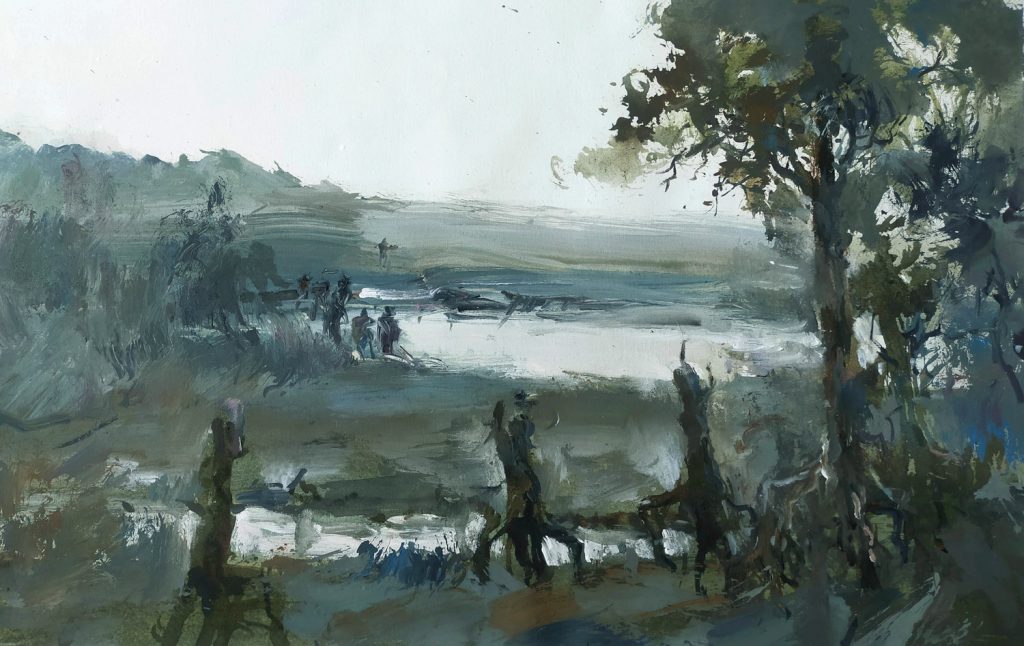
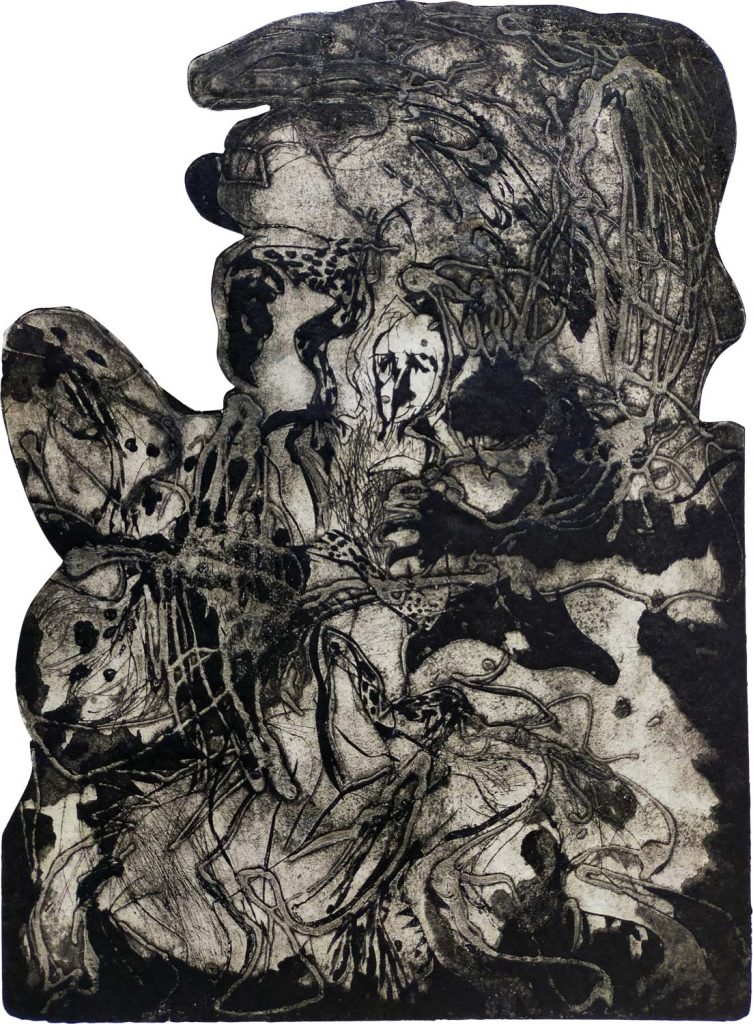
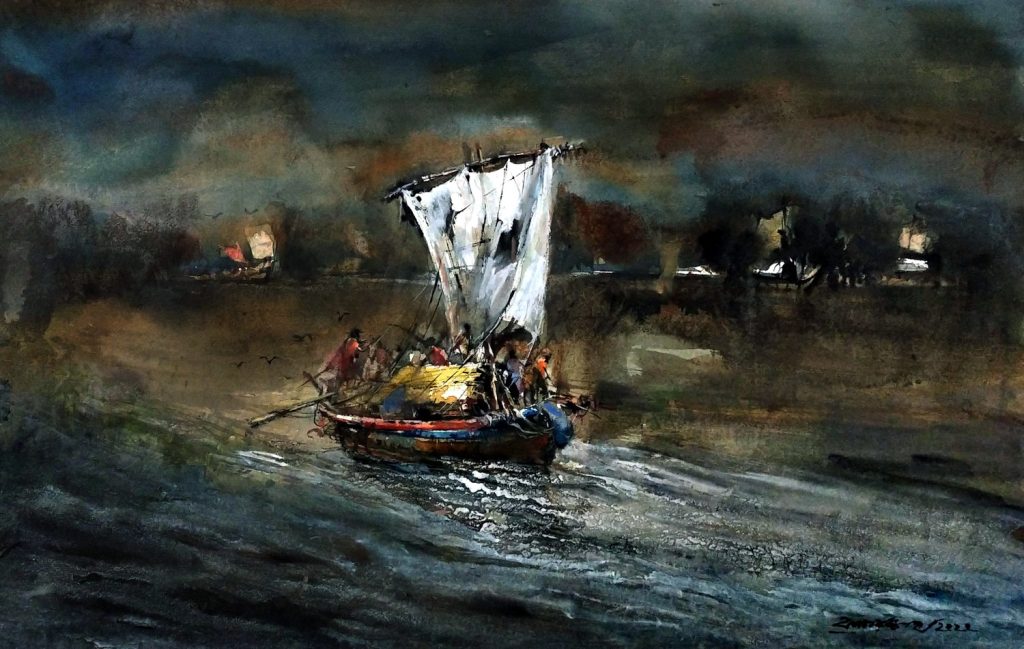
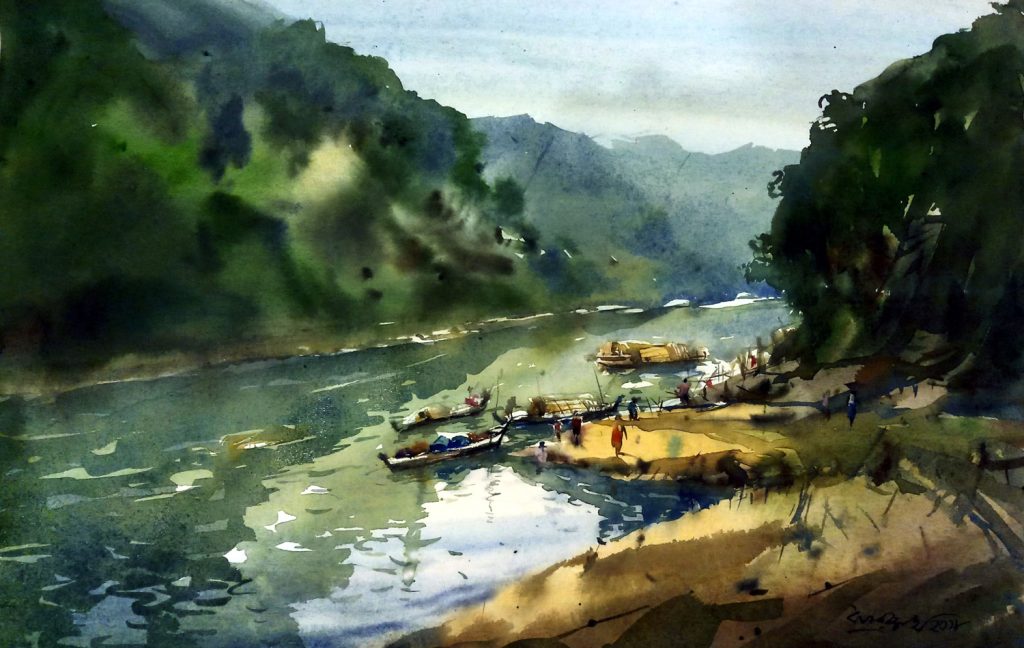
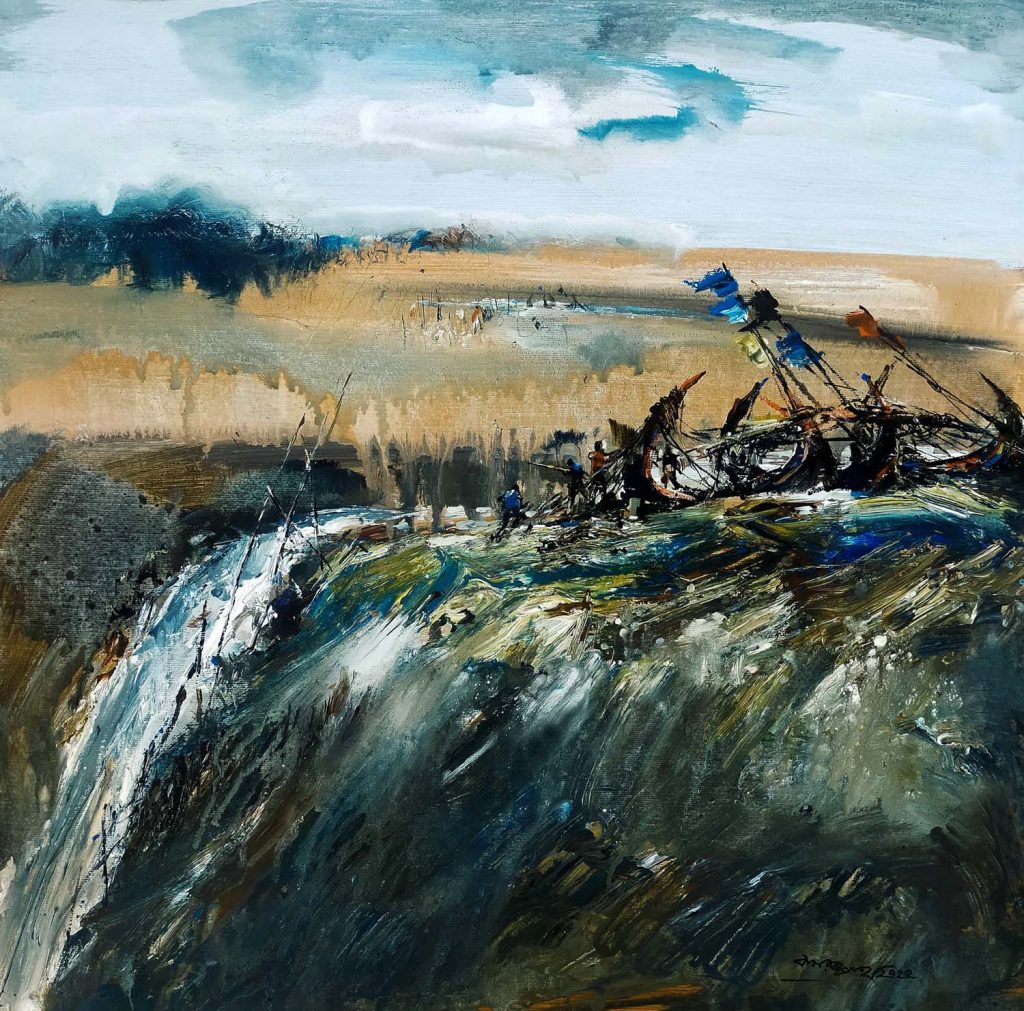
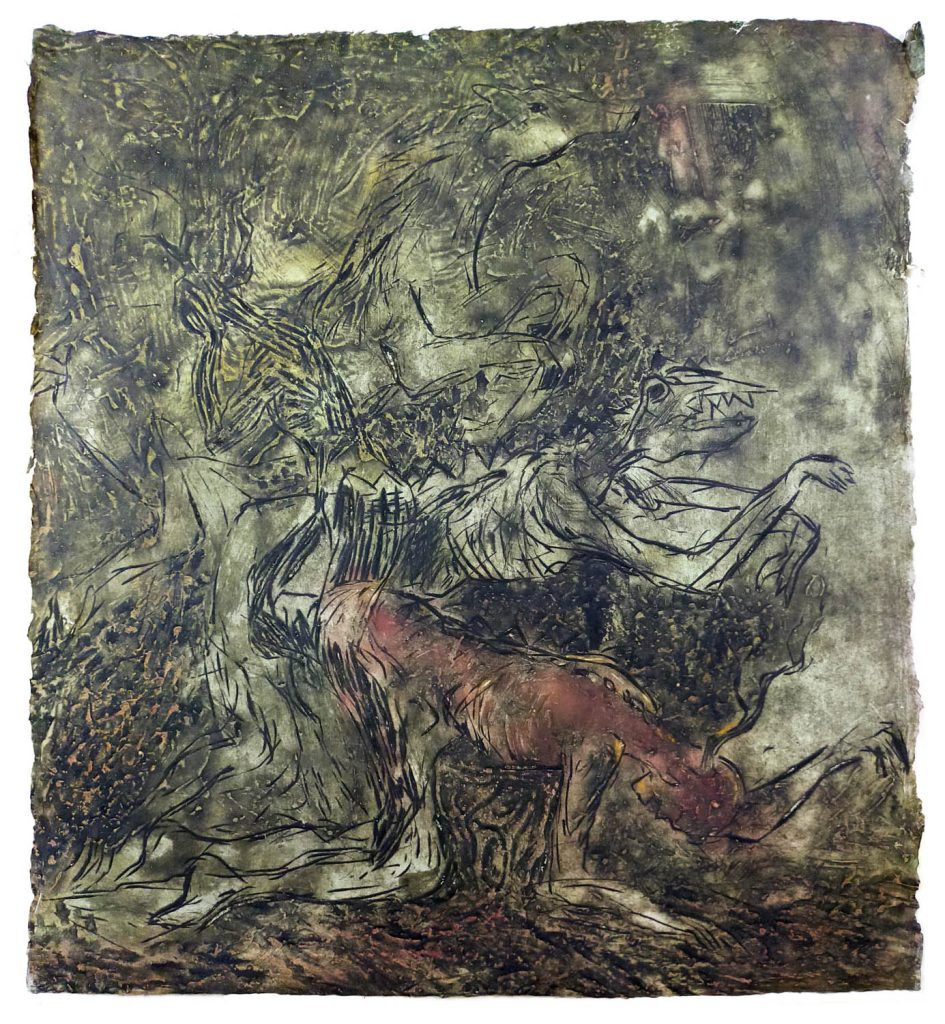
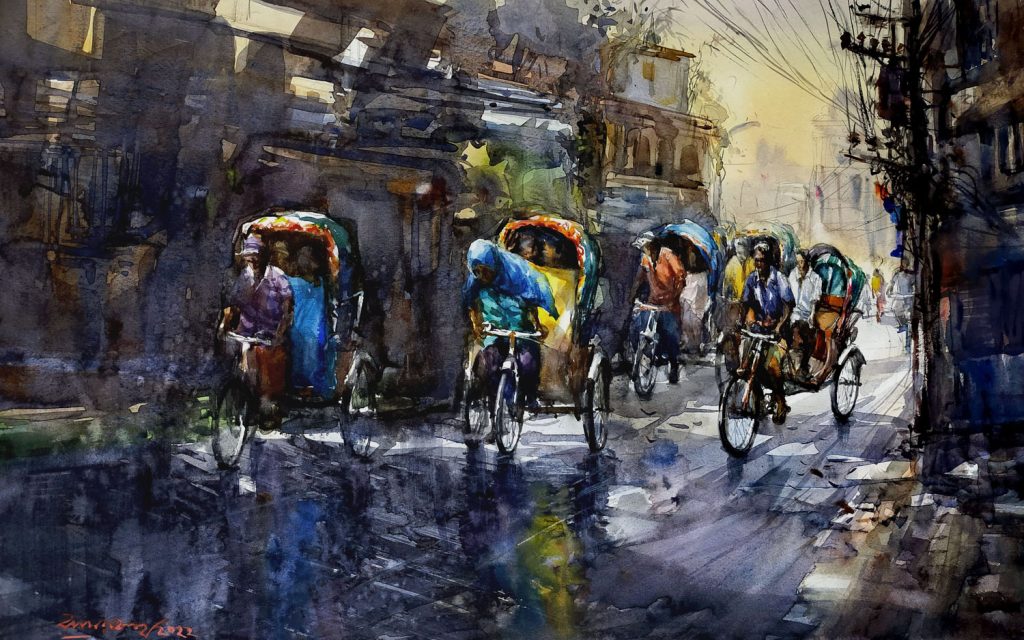
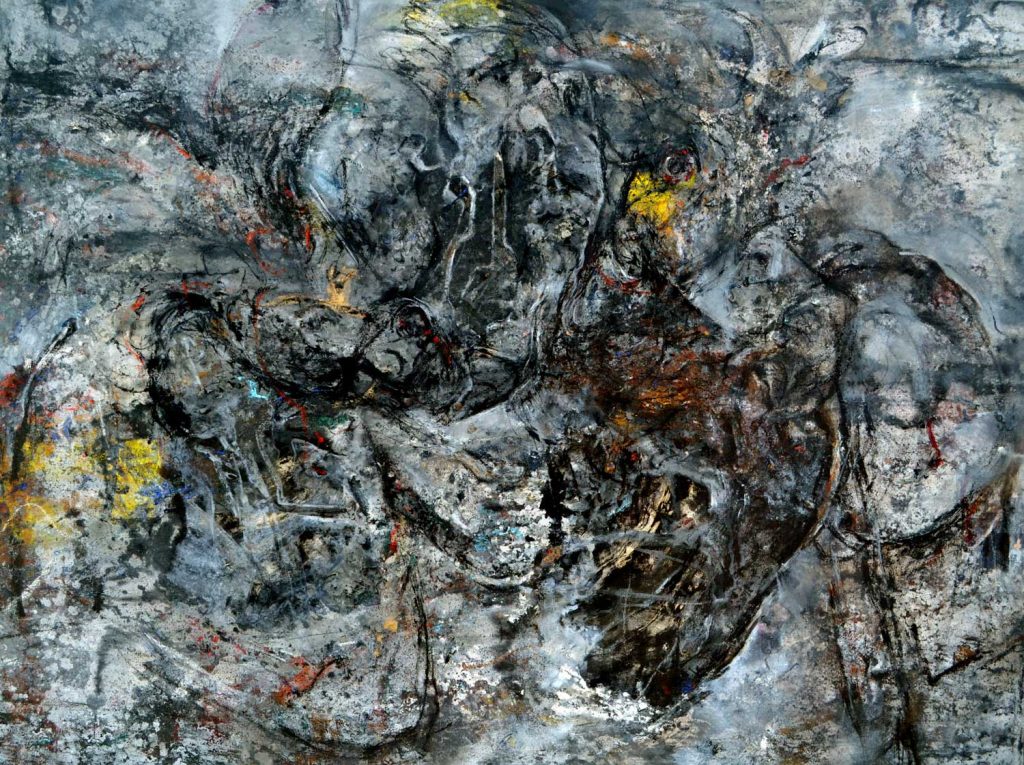
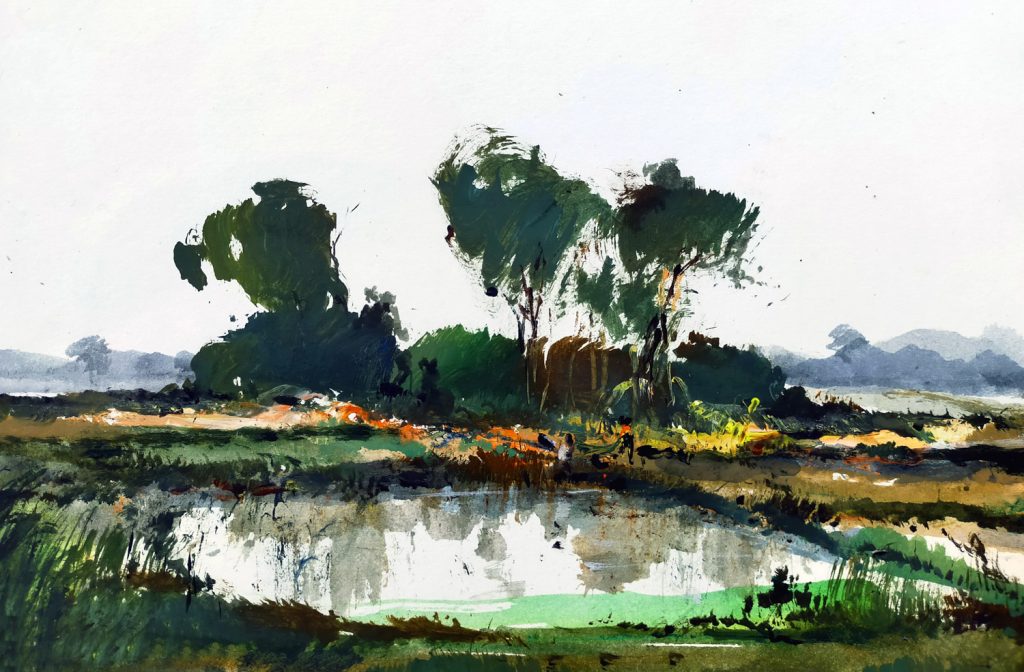
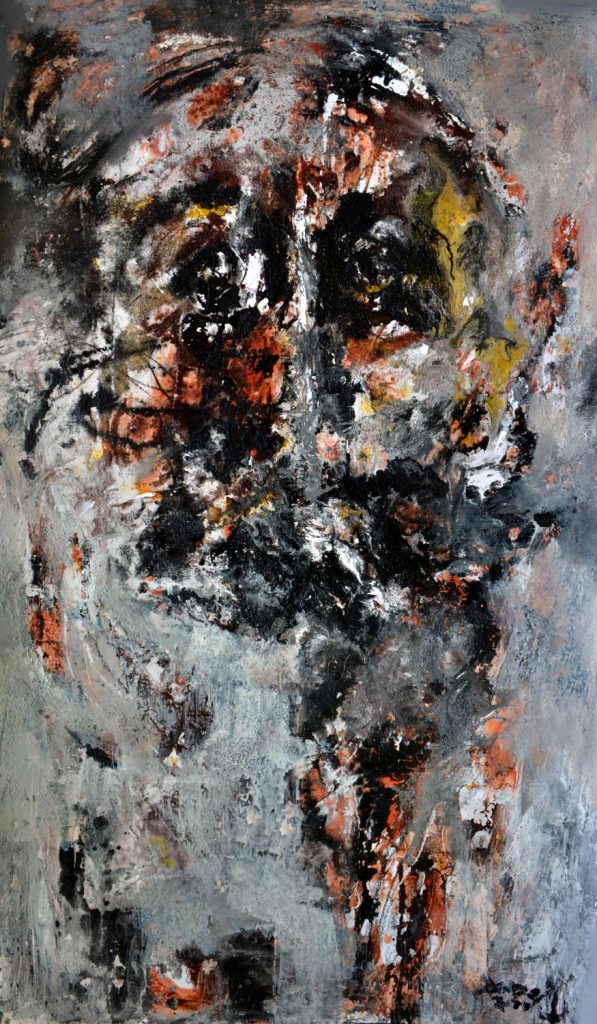
Surprised at how “machine-like” people have become, the multifaceted artist explains, “The interesting bit is that a place I may visit will never be the same later down the line. If I revisit a spot I went to only six months before, it won’t be the same, it may not even be there. It deteriorates, with buildings, industries, and human-made destruction of nature. I see these things and it impacts me, bleeding into my art. I like to take an aspect of the landscape and place it in my art. Even when these aspects of nature no longer exist, they have a home in my works.”
Born in Meherpur, the painter’s introduction to art came through the guiding hand of his brother, who, despite his unmixed artistic dreams, found fulfillment in Kamruzzoha’s brushstrokes. “Everyone learns how to draw before they ever learn the alphabet. Those pieces of art are their first introduction to language– at least it was mine. My brother was the person who placed a paintbrush in my hand for the first time. His tremendous support for my artistic life offered me the opportunity I have to live my life as an artist. He has lived his dream through me.”
Kamruzzoha’s formal artistic education began at Khulna Art College, going on to finish his Bachelor of Fine Arts at the University of Development Alternative UODA in 2010. He received a The Indian Council for Cultural Relations (ICCR) scholarship at the Rabindra Bharati University, Kolkata where he completed his Masters in the same discipline in 2013.
Explaining his views on the artistic discipline in education Kamruzzoha states, “Universities, any educational institution actually, they show us a path. But I don’t think they can create artists. They offer a dream, but the student must nurture that dream and give it life. The thing about art is that it is a journey in itself. For an artist, their entire life is a part of their art.”
He often finds himself a part of the scenery, enjoying creating art amid the soft winds of nature and all its enigmas. “Bangladesh, it fascinates me. The rivers, the land, the people and their lives, everything– I bring all of these into my works.”
Not one to be bound by one medium, the artist dabbles in watercolor, sketching, charcoal, oil, acrylics, dry point, and even printmaking. Intrigued by traditional folk art, its “forms, colors”, the Rabindra Bharati graduate relates his works to these unique elements, carving out a place for them in “modern times”.
Currently working as a freelance artist, Kamruzzoha has numerous accolades and has exhibited art in various galleries both nationally and internationally. His first solo exhibition in the year 2000, showcased 40 pieces of art created with multiple mediums. “I’m making more landscapes as of late, but at the same time, I’m working on my abstract and semi-abstract pieces.
I prefer my semi-abstract work, it gives me a sense of ease
states Kamruzzoha. Speaking on the artist’s experience, Kamruzzoha highlights their struggles for recognition and existence.
“There are many artists who practice their craft over their entire lifetime, only to have never made a name for themselves.
In terms of blocks, there are certain financial aspects necessary for day-to-day living. Artists do exhibitions at various galleries and some collectors collect the art. But this is unfortunately still on a smaller scale in Bangladesh at the moment. I do however see a shift in people, they are slowly opening their hearts and minds to the idea of collecting art. It’s a slow shift, but it is a shift nonetheless.”
Kamruzzoha’s artistic journey is a testament to the transformative power of nature and the human spirit. Through his evocative brushstrokes, he invites viewers to embark on a journey of introspection and contemplation, urging us to reconnect with the timeless beauty of the natural world.
His keen observation of the changing landscapes serves as a poignant reminder of the fragility of our environment and the urgent need for conservation. With each stroke of his brush, Kamruzzoha immortalizes fleeting moments of tranquility, capturing the essence of places that may soon vanish under the relentless march of progress.
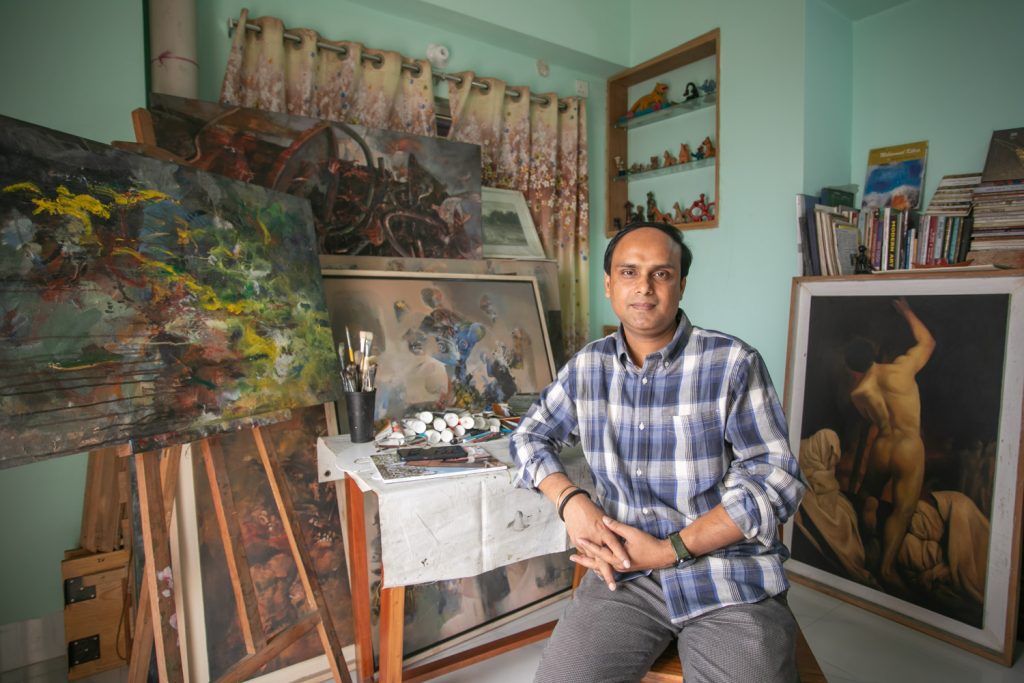
Beyond his artistic pursuits, Kamruzzoha is a staunch advocate for the preservation of traditional folk art forms, recognizing their intrinsic value in shaping cultural identity and fostering a sense of community. By incorporating elements of folk art into his own creations, he pays homage to the rich heritage of Bangladesh while carving out a distinct space for these art forms in the modern world.
As a freelance artist, Kamruzzoha faces the challenges inherent in pursuing a career in the arts, from financial instability to the struggle for recognition and acceptance. Yet, his unwavering dedication to his craft and his deep-seated passion for nature continue to fuel his creative endeavors, inspiring both fellow artists and art enthusiasts alike.
In a society where the arts are often undervalued and underappreciated, Kamruzzoha’s work serves as a beacon of hope, reminding us of the transformative power of art to transcend barriers and ignite meaningful conversations. As attitudes towards art collecting slowly evolve, Kamruzzoha remains steadfast in his commitment to creating art that speaks to the soul and resonates with the heart.
In the ever-changing landscape of Bangladesh’s art scene, Kamruzzoha stands as a visionary artist, weaving together threads of tradition and innovation to create a tapestry of beauty and resilience. His journey is not just a personal quest for artistic expression but a testament to the enduring power of creativity to inspire, uplift, and unite us all.
8. Whispers Of Dream.
Ruhul Amin Tarek, a distinguished artist born in the culturally rich region of Sunamganj, Bangladesh, stands at the intersection of realism and profound artistic evolution. Tarek’s journey as an artist is a testament to his commitment to exploring the delicate balance between light and shade, figure, and overall composition.
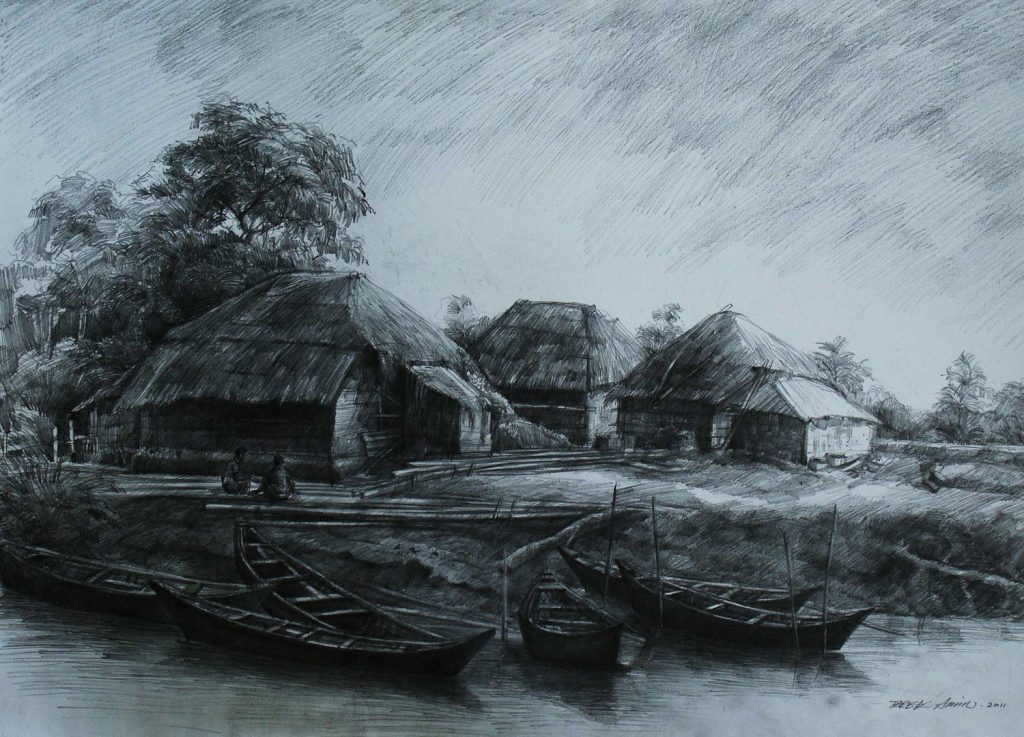
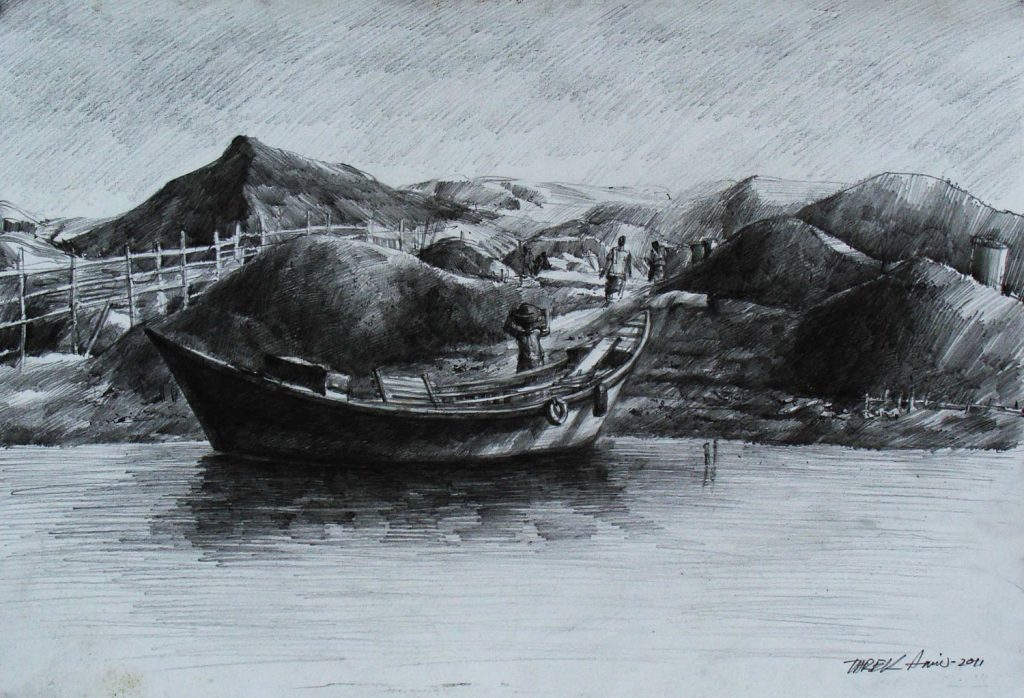
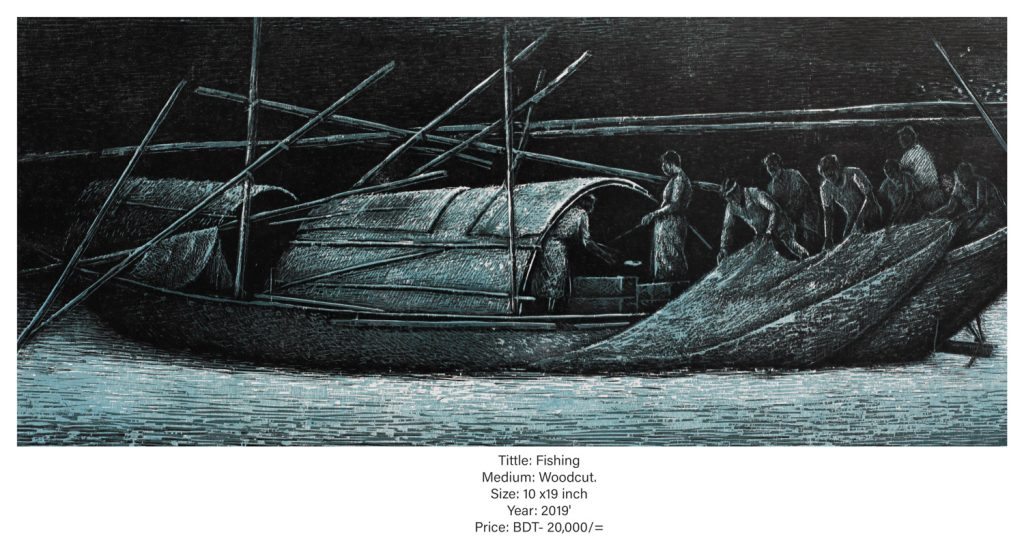
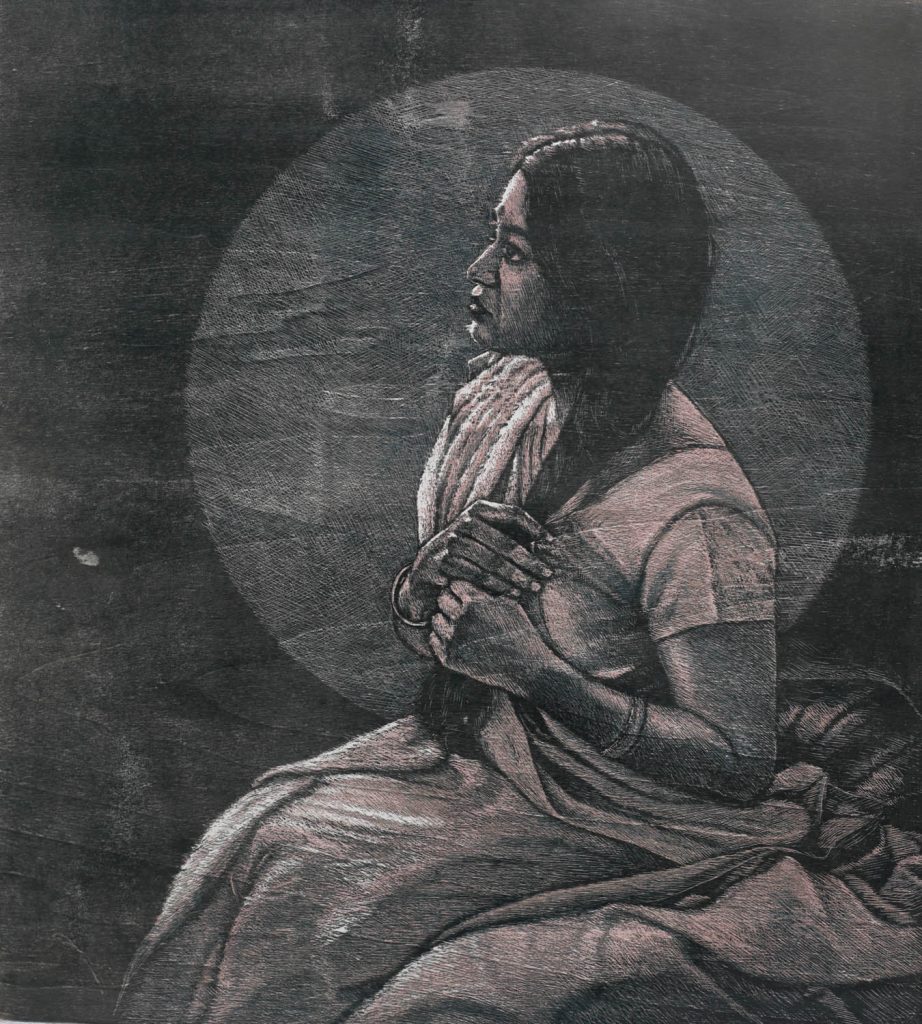
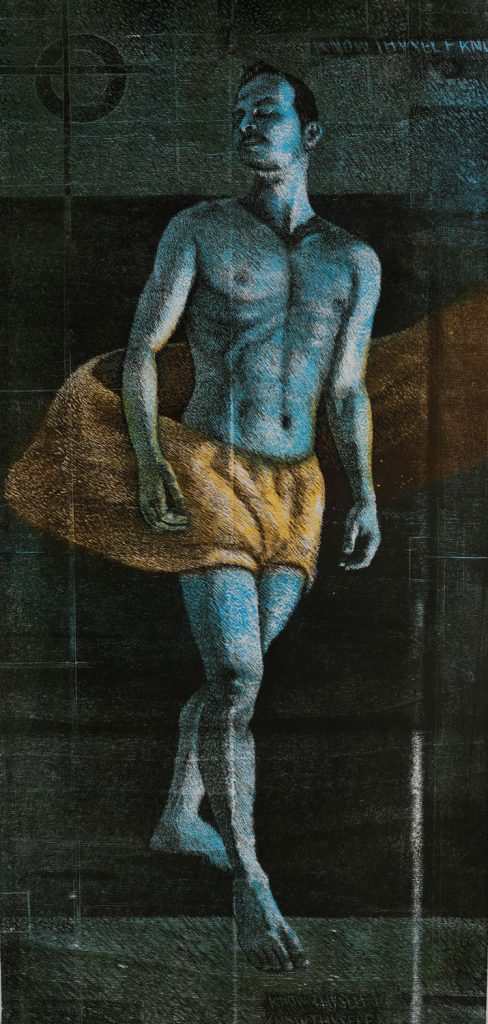
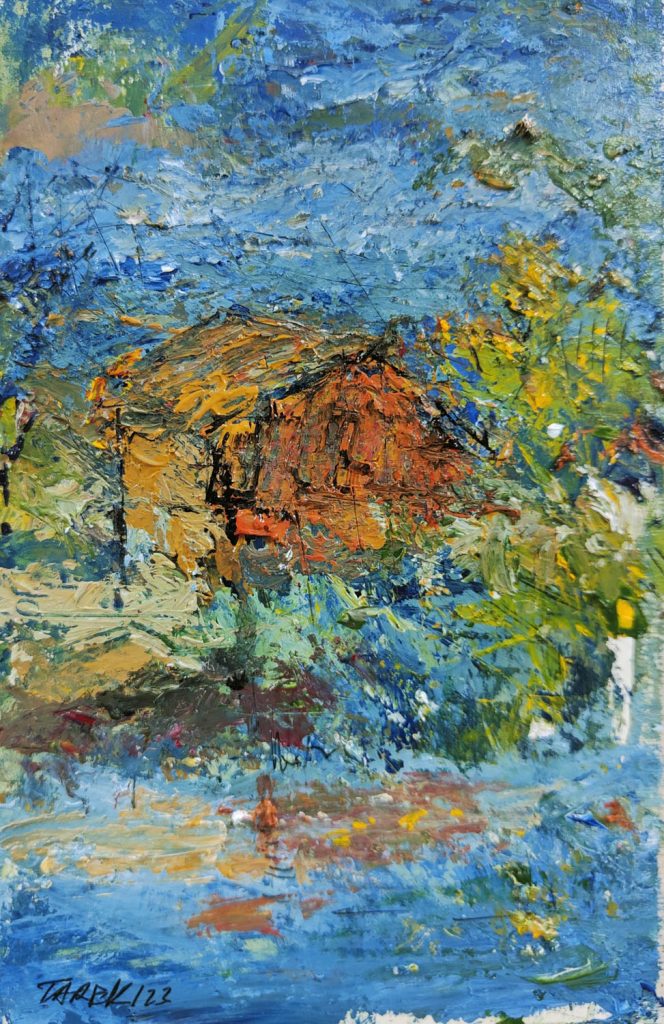
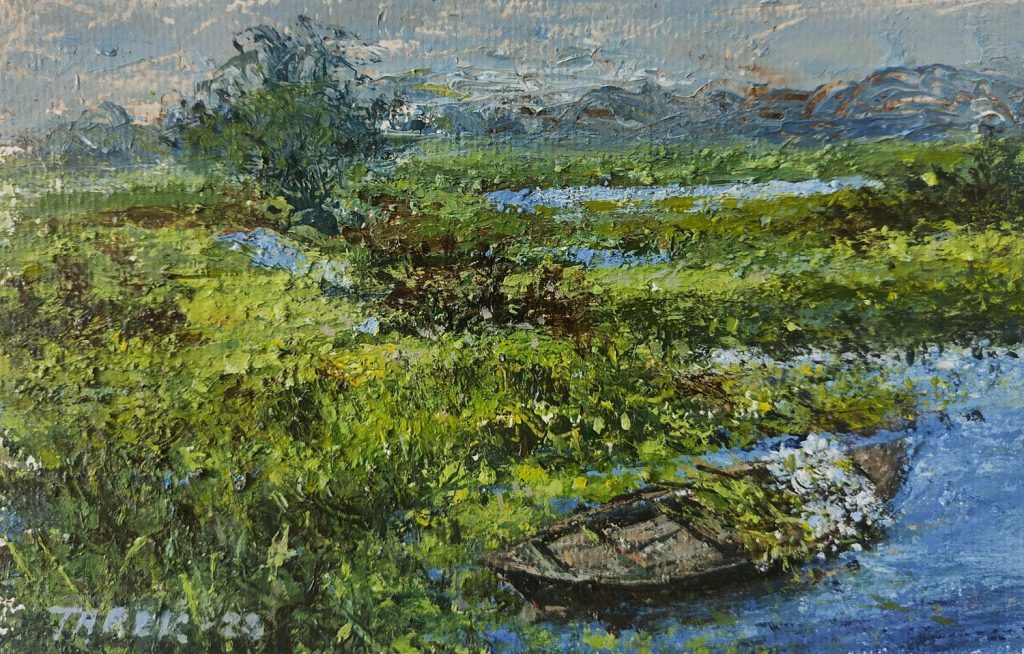
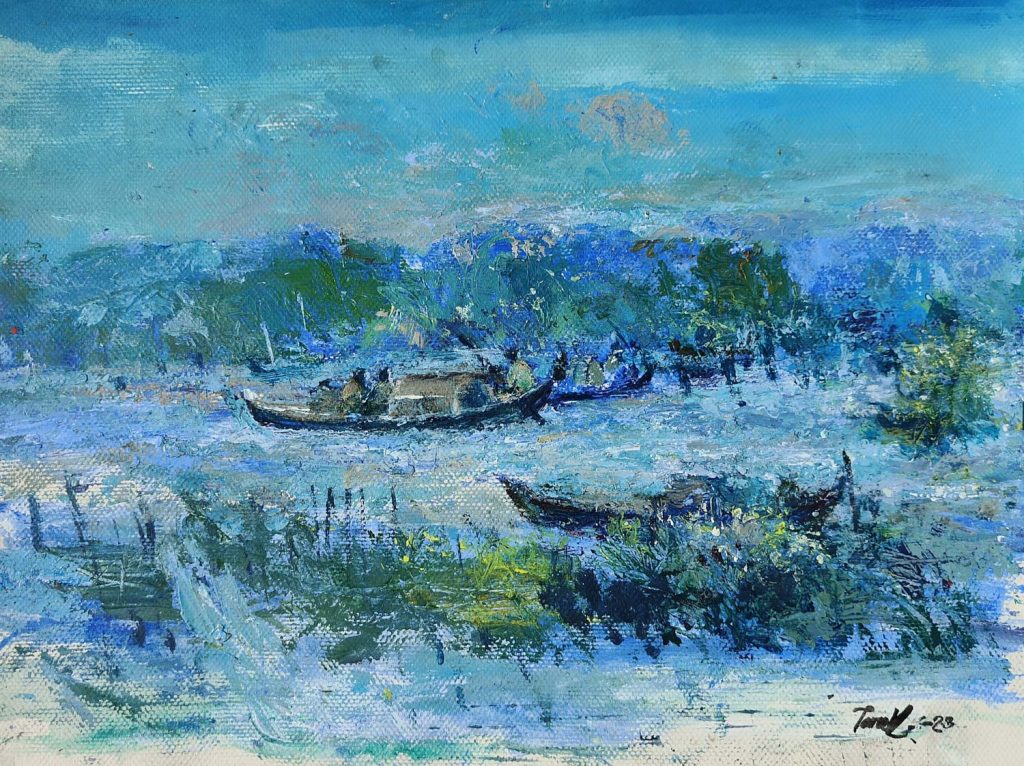
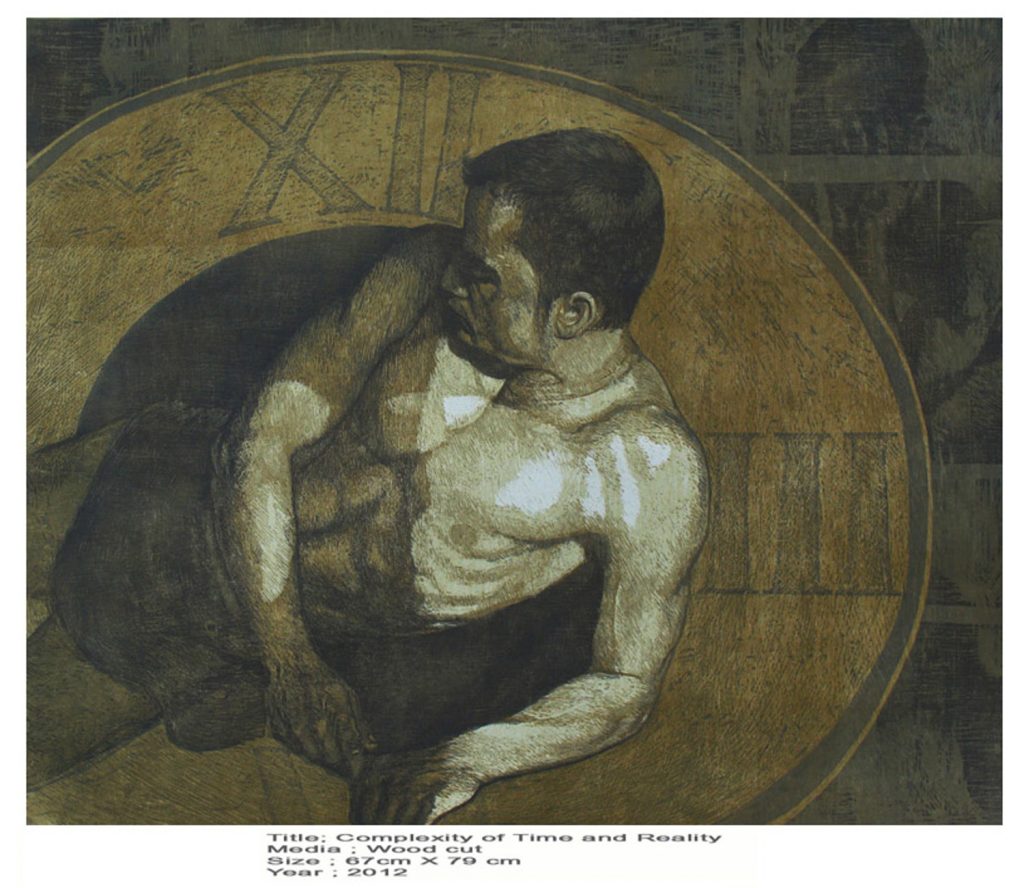
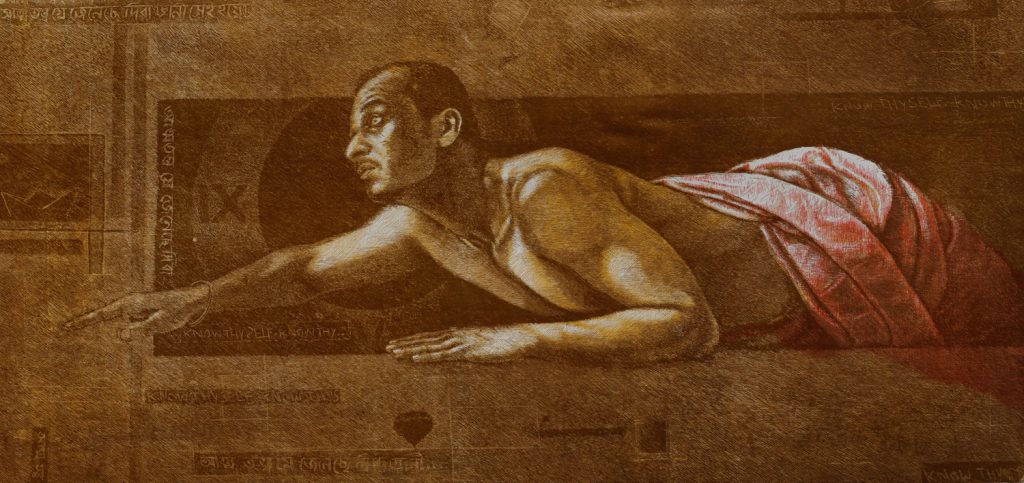
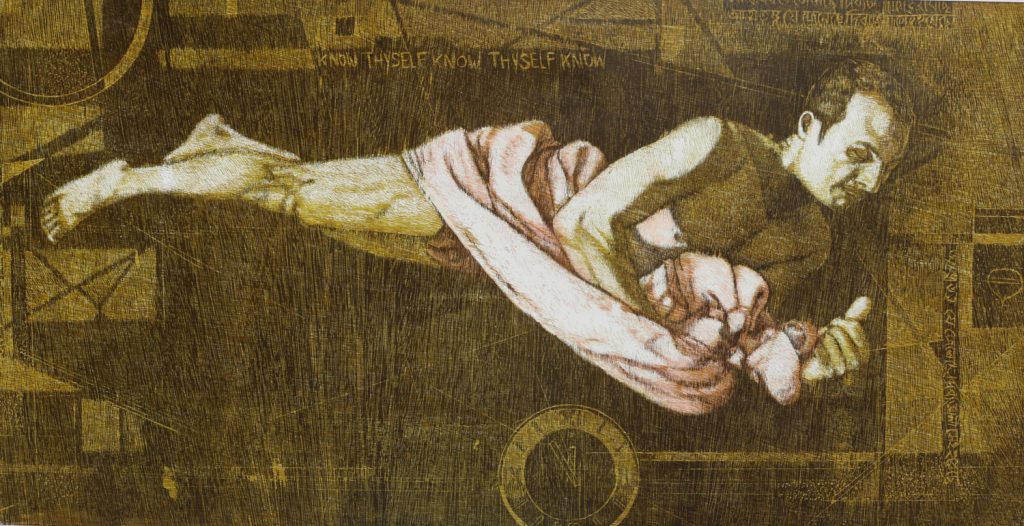
Commencing his career as a realist printmaker, Tarek’s artistic metamorphosis has been a gradual refinement over time. His canvas now embraces new-fangled compositions and a diverse array of objects, reflecting a deep understanding of the interplay between the inner and external movements of life. Tarek’s artistic prowess is particularly evident in his ability to capture the inherent strength and power of humanity, a theme that takes center stage in his upcoming exhibition.
Notably, Tarek is not only an artist but also a singer, drawing inspiration from the soul-stirring Baul songs of Bangladesh. His connection with London-based Sylheti Baul Qwari Amiruddin has significantly influenced his artistic vision, infusing it with both musical and philosophical nuances. This amalgamation of art and music creates a unique tapestry that defines Tarek’s distinctive approach.
Tarek’s proficiency in printmaking, especially woodcutting, is a testament to his dedication to a medium that demands both time and technical precision.
Describing woodcutting as a “passive medium,” he acknowledges the meticulous effort required, emphasizing the importance of registration in pure printmaking. A single misstep in this intricate process can jeopardize the entire painting, underscoring the delicate dance between skill and patience that defines Tarek’s art.
The artist is currently immersed in a painting series titled “Awakening,” a project that promises to be a testament to his evolving artistic narrative. This endeavor, sponsored by the Bangladesh Shilpakala Academy, exemplifies Tarek’s commitment to pushing the boundaries of his creativity.
Awards have adorned Tarek’s journey, marking his contributions to the art world. The 21st National Art Exhibition in 2015 bestowed upon him the Honorable Mention Award, a recognition of his nuanced approach to composition. The Young Printmaker Award in the same year, presented by the Kibria Print Fair Organization Committee and Dhaka Art Center, further solidified his standing as a trailblazer in the realm of printmaking.
The artist said, Pronab Banik, a signboard painter in his locality, serves as his first art teacher and the wellspring of inspiration.
It is a testament to the grassroots origins of artistic inspiration, highlighting the importance of mentorship and the impact of individuals who fuel creative aspirations.
Tarek’s aspirations extend beyond his artistic pursuits. Expressing a deep desire to contribute to a national art museum, he envisions a legacy that transcends his accomplishments. This vision aligns with his appreciation and inspiration drawn from the eminent artist Rafiqun Nabi, reflecting the communal spirit that characterizes the world of art.
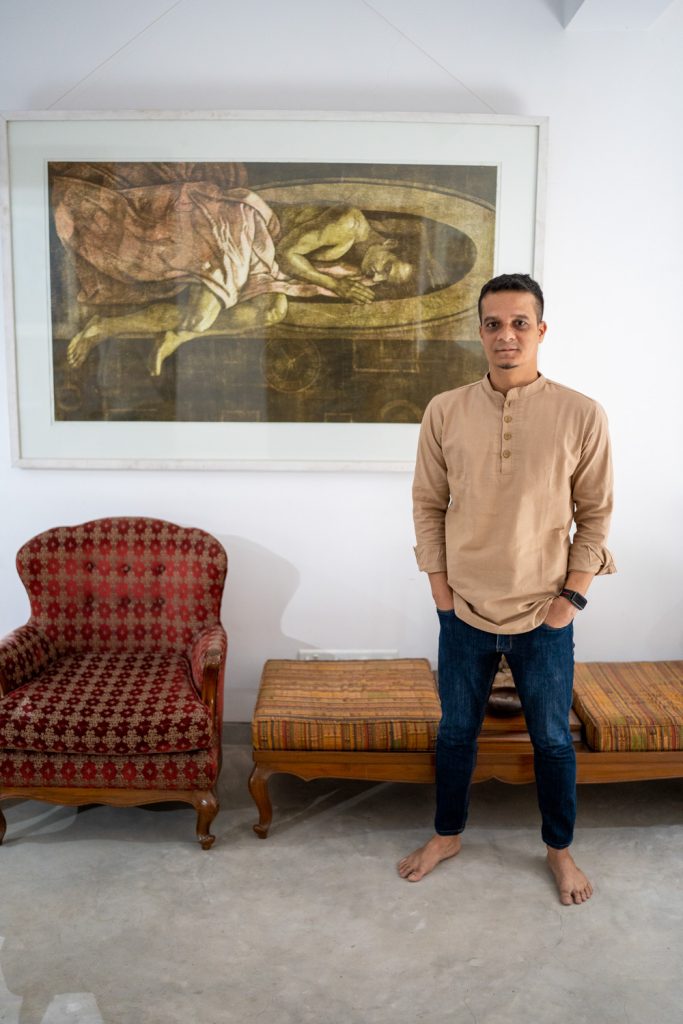
Woodcutting, Tarek’s forte, is a labor-intensive process that demands unwavering dedication. It takes a staggering 1 to 1.5 years to complete a single painting, emphasizing the meticulous nature of his craft. This prolonged gestation period speaks to the deliberation and precision Tarek invests in each piece, turning every artwork into a labor of love and patience.
Ruhul Amin Tarek emerges not only as an artist but as a storyteller, weaving narratives that transcend the canvas. His journey from a realist printmaker to an artist exploring the nuances of humanity reflects an evolution marked by dedication, inspiration, and an unwavering commitment to his craft. As Tarek’s paintings continue to grace galleries and exhibitions, they serve as a testament to the enduring power of art to capture the essence of the human experience.

